
Admin
-
Posts
7,477 -
Joined
-
Last visited
Content Type
Profiles
Forums
Events
Store
Gallery
Community Map
Posts posted by Admin
-
-
Hello Slysi84,
Welcome to The Motorbike Forum. Please feel free to browse around and get to know the others. If you have any questions please don't hesitate to ask.
Why not tell us a bit about yourself too.
-
Hello Lewis12346,
Welcome to The Motorbike Forum. Please feel free to browse around and get to know the others. If you have any questions please don't hesitate to ask.
Why not tell us a bit about yourself too.
-
-
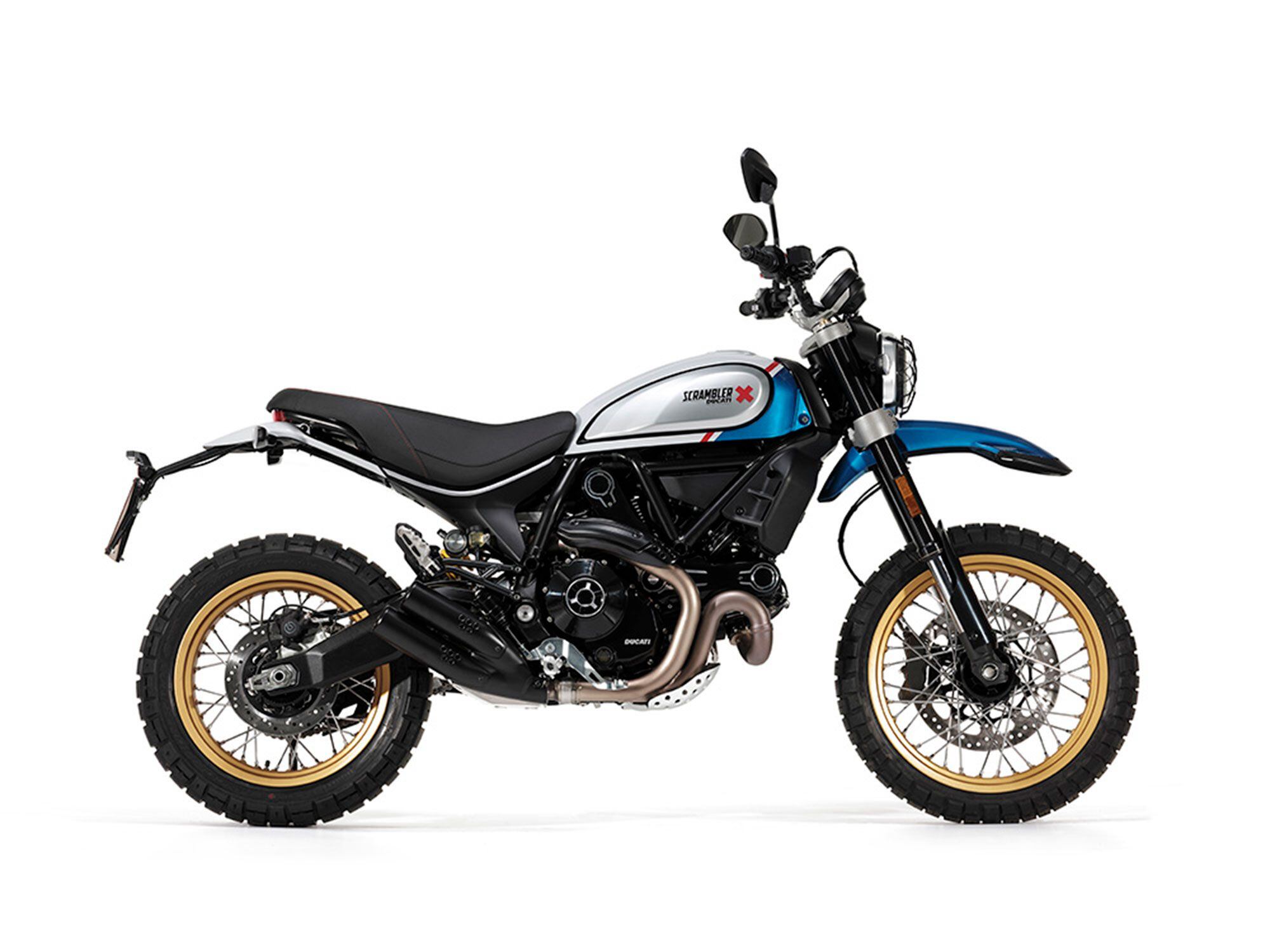
2021 Ducati Scrambler Desert Sled (Ducati /)Ups
- Wide, well-positioned handlebars offer good leverage for turns and off-road riding<br/>
- Easy-to-ride bike for many skill levels with its light clutch and easygoing engine<br/>
- Low-speed handling, decent suspension, 19-/17-inch spoked wheels, and its slide- and skid-ability make it a blast on the dirt<br/>
- Rad new paint scheme
Downs
- Slippery pegs despite removing the rubber<br/>
- Could benefit from the larger 1100 engine
Verdict
The Desert Sled is Ducati’s more off-road-capable scrambler that is easy to ride and fun to slide. The paint may have changed, but the fun factor did not.
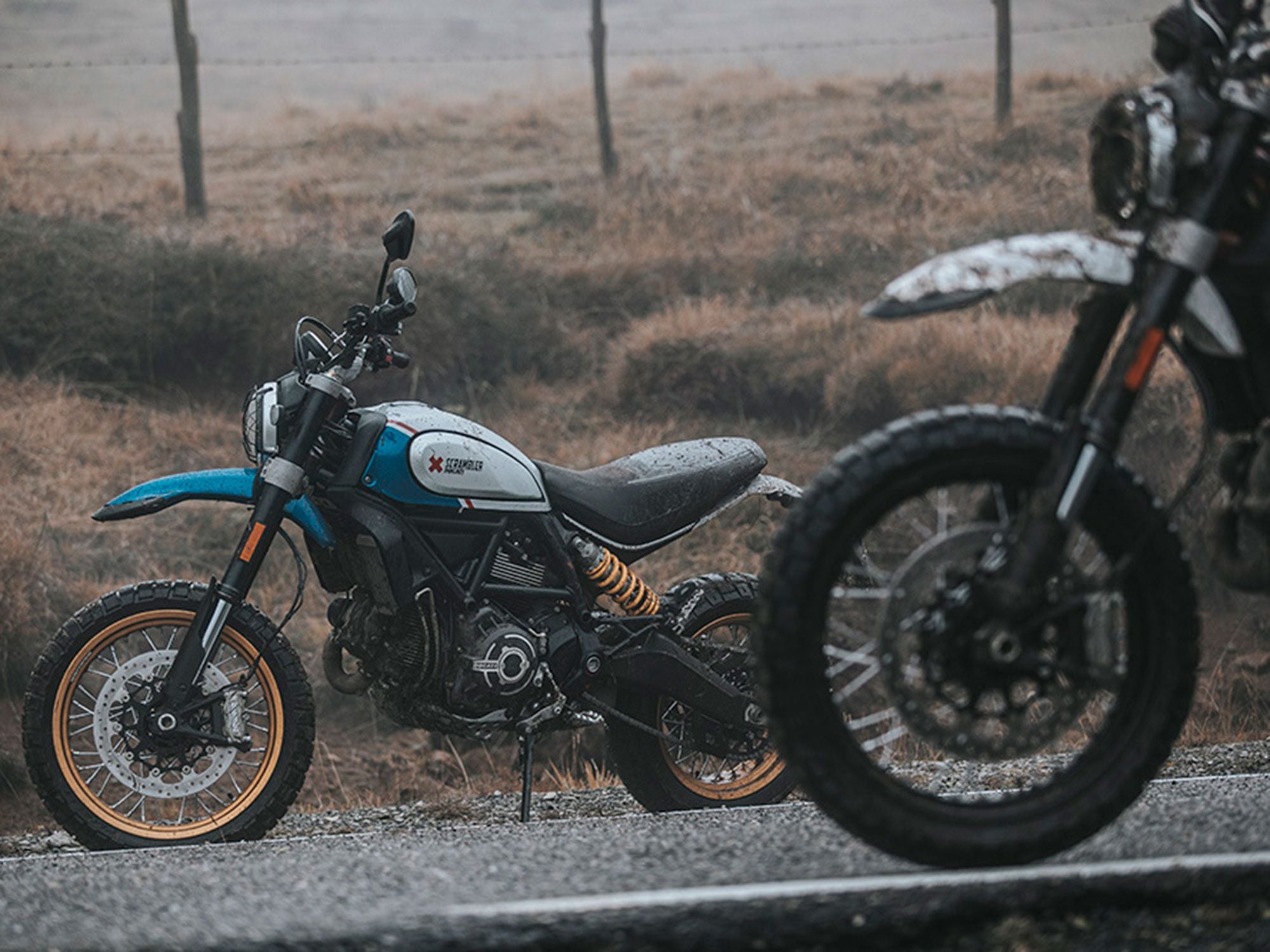
2021 Ducati Scrambler Desert Sled (Ducati /)Overview
The 2021 Ducati Desert Sled is reminiscent of scramblers that laid claim to the rugged Southern California and Baja terrain in the ’60s and ’70s. It offers throwback styling, modern tech, and even genuine off-road capability. It features a high fender, 19-/17-inch rims, and adjustable suspension, paired with handling that makes it an easy-to-ride and fun-loving standard.
Updates for 2021
About that nod to yesteryear, the new livery pays homage to enduro bikes from the ’80s. The seat is also new with an anti-slip lining that helps keep the rider in place when the roads get rough.
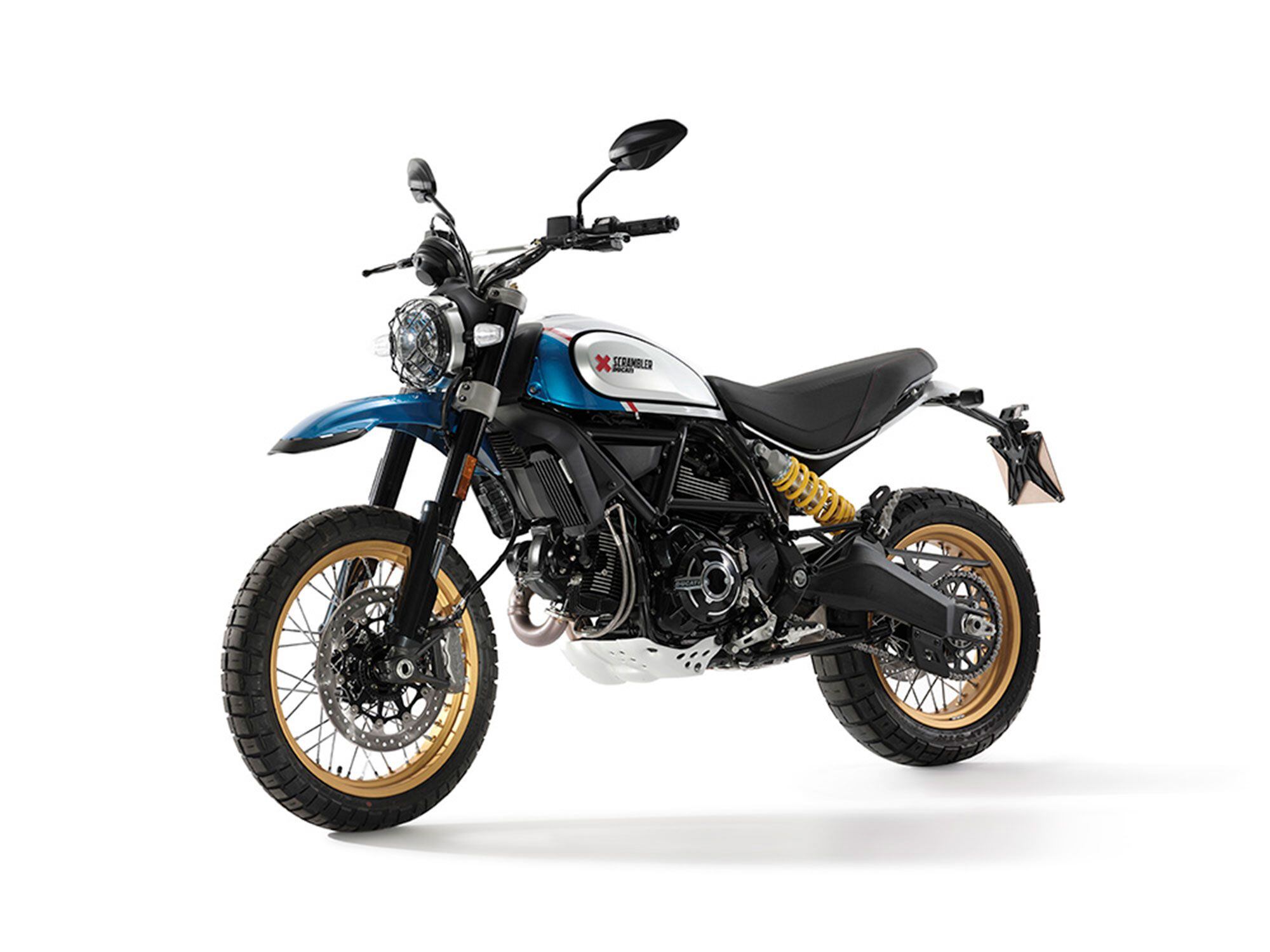
2021 Ducati Scrambler Desert Sled (Ducati /)Pricing and Variants
The Desert Sled retails at $11,995, which is the highest price among its fellow 803cc Ducati Scrambler street-oriented siblings such as the new Nightshift ($10,995) and Icon ($9,695).
Powertrain: Engine, Transmission, and Performance
Propelling the Sled is the 803cc air-cooled L-twin. This engine produces a claimed 73 hp at 8,250 rpm and 48.9 pound-feet at 5,750 rpm. It is described by test rider Chris Northover as being an engine that “has enough power to be entertaining without being overwhelming for newer riders or too aggressive in nasty off-road situations.”
Clutch pull is light so the rider can click through the six-speed gearbox easily.
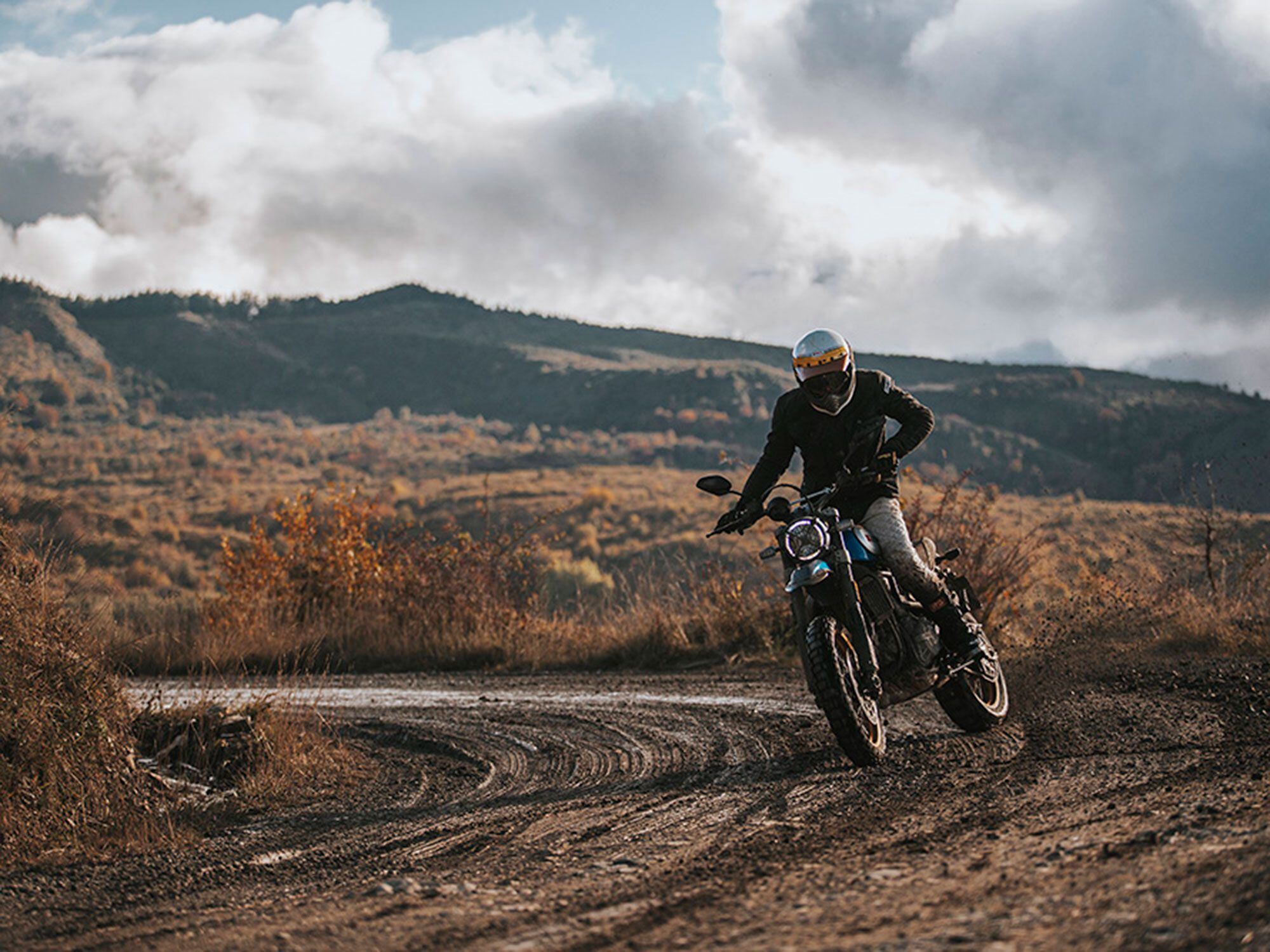
2021 Ducati Scrambler Desert Sled (Ducati /)Handling
In his test ride, Northover said the bike is “great fun in a relaxed kind of way.” Supporting comments refer to the bike’s chassis and how it doesn’t necessarily dart into the corners, but it doesn’t take a whole lot of persuasion to make a turn either. The chassis “follows obediently without shaking its head or resisting.”
The fully adjustable fork and preload/rebound-adjustable shock provide 7.9 inches of travel.
Brakes
A large 330mm front disc and four-piston caliper is effective in bringing the bike to a stop. Pushing the bike supermoto-style, however, may require a little more power. The rear unit is situated with a 245mm disc and single-piston floating caliper.
Stopping in midcorner turns is mitigated by cornering ABS and comes standard at both ends.
Fuel Economy and Real-world MPG
A reasonable 3.6 gallons of fuel can be loaded up in the tank. Fuel economy and real-world mpg is currently unrecorded.
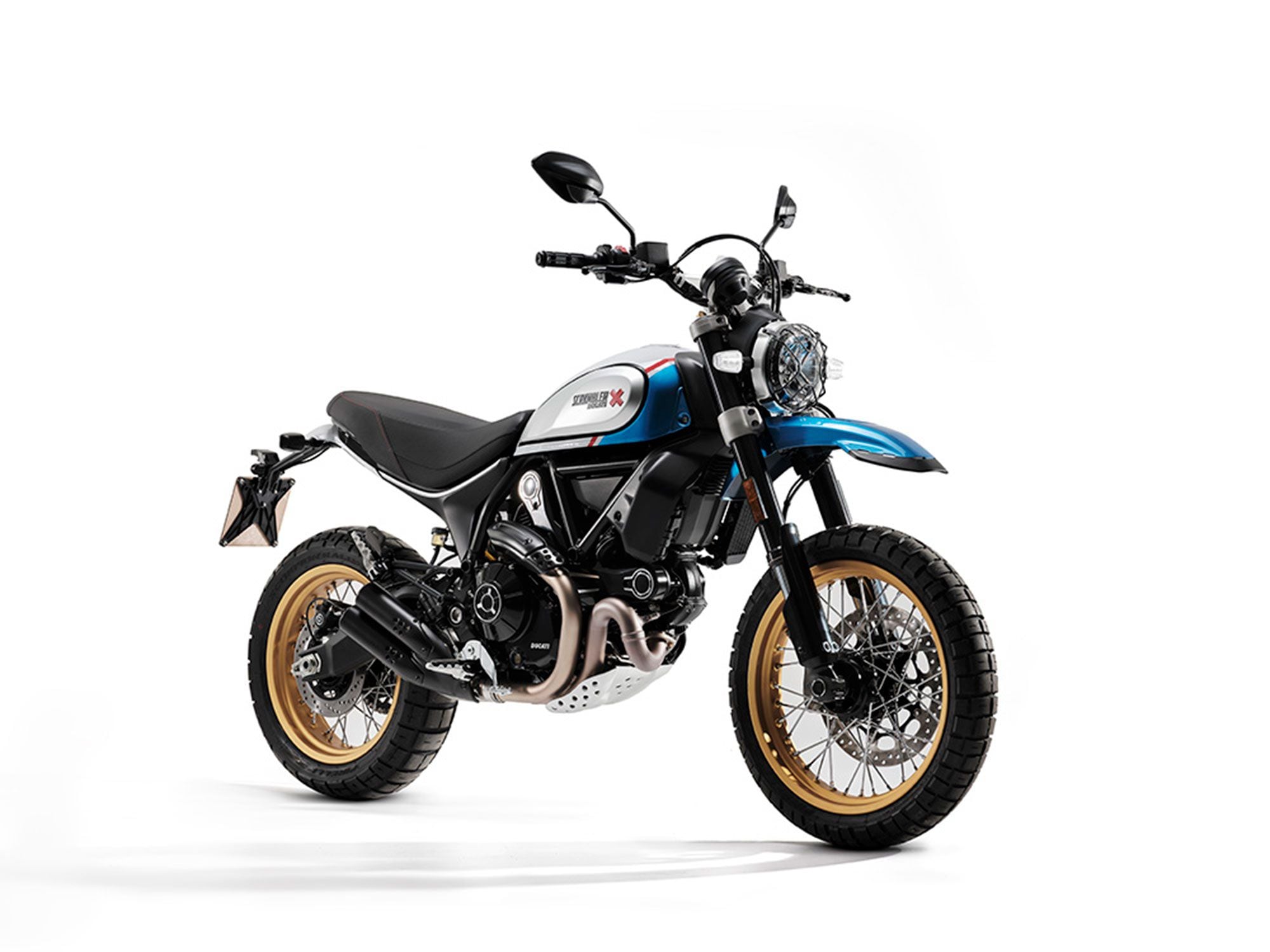
2021 Ducati Scrambler Desert Sled (Ducati /)Ergonomics: Comfort and Utility
The wide and tall handlebars offer leverage for tossing the bike from turn to turn. The seat is at a tallish 33.9 inches, but those who require something shorter, there is the 33-inch option. The seat’s flat base and anti-slip cover limit the rider from sliding around. Let’s leave the sliding to the gravel roads to the Off-Road ride mode, 19- and 17-inch wheels, and Pirelli Scorpion Rally STR tires.
Electronics
The Scrambler Desert Sled has modern electronics including cornering ABS, Journey and Off-Road riding modes, LED lighting, and is compatible with the Ducati Multimedia System (i.e., smartphone connectivity).
Warranty and Maintenance Coverage
A two-year unlimited mileage warranty is included.
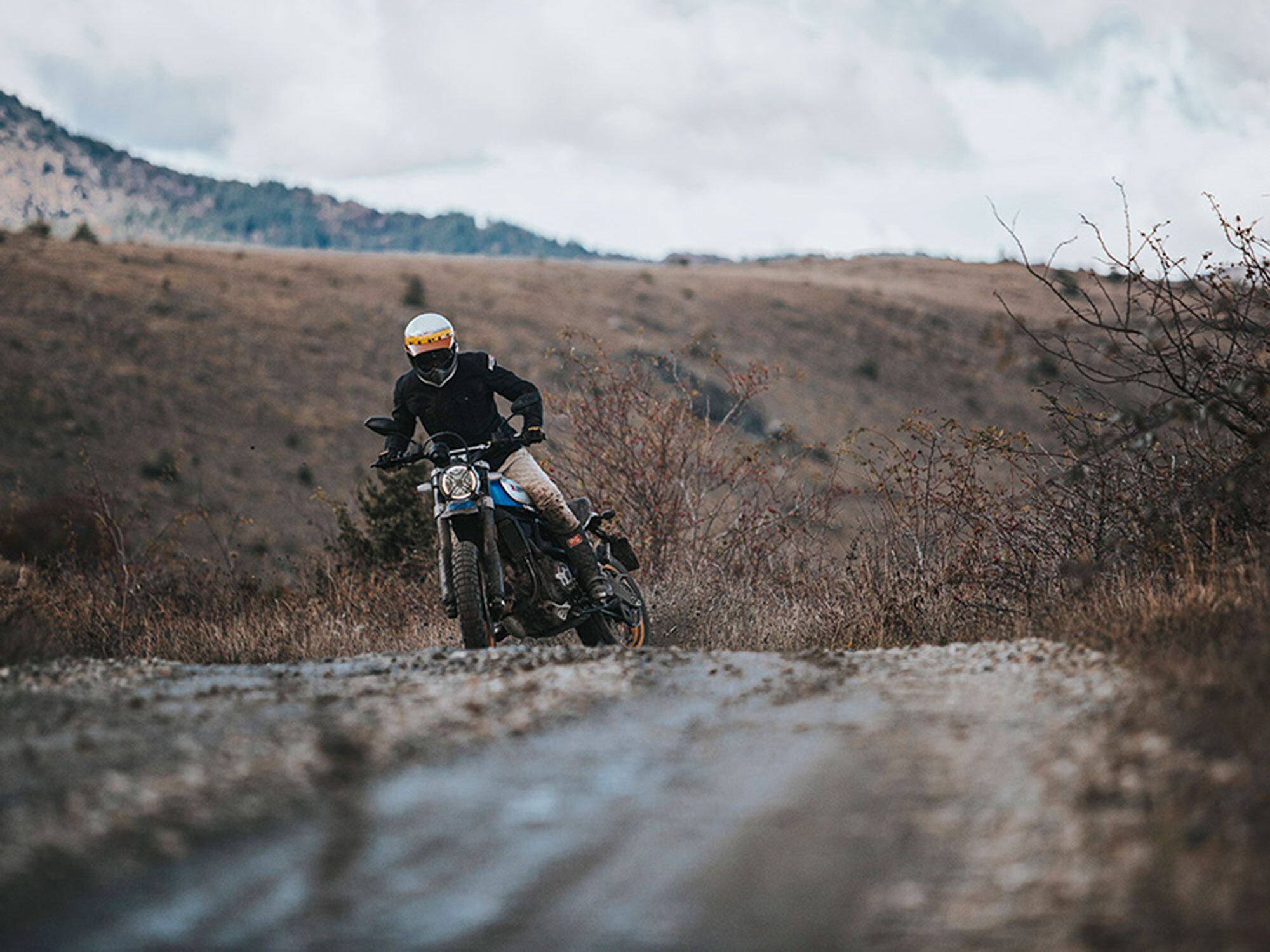
2021 Ducati Scrambler Desert Sled (Ducati /)Quality
Minor changes with the striking new paint scheme and new seat may not seem like a lot, but this bike provides a good deal of fun both on and off-road with tidy top-shelf quality that Ducati is known for.
2021 Ducati Scrambler Desert Sled Claimed Specifications
MSRP: $11,995 Engine: 803cc air-cooled L-twin; 2 valves/cyl. Bore x Stroke: 88.0 x 66.0mm Transmission/Final Drive: 6-speed/chain Fuel Delivery: Electronic fuel injection w/ 50mm throttle body Clutch: Slipper and self-servo wet multiplate; hydraulically actuated Engine Management/Ignition: N/A Frame: Tubular steel trellis frame Front Suspension: 46mm USD fork, fully adjustable; 7.9 in. travel Rear Suspension: KYB shock, preload and rebound adjustable; 7.9 in. travel Front Brake: Radial 4-piston caliper, 330mm disc w/ Bosch Cornering ABS Rear Brake: 1-piston floating caliper, 245mm disc w/ Bosch Cornering ABS Wheels, Front/Rear: Spoked aluminum; 19 x 3.0 in. / 17 x 4.5 in. Tires, Front/Rear: Pirelli Scorpion Rally STR; 120/70R-19 / 170/60R-17 Rake/Trail: 24.0°/4.4 in. Wheelbase: 59.3 in. Ground Clearance: N/A Seat Height: 33.9 in. Fuel Capacity: 3.6 gal. Wet Weight: 461 lb. Contact: scramblerducati.com -
Hello Air filter advice,
Welcome to The Motorbike Forum. Please feel free to browse around and get to know the others. If you have any questions please don't hesitate to ask.
Why not tell us a bit about yourself too.
-
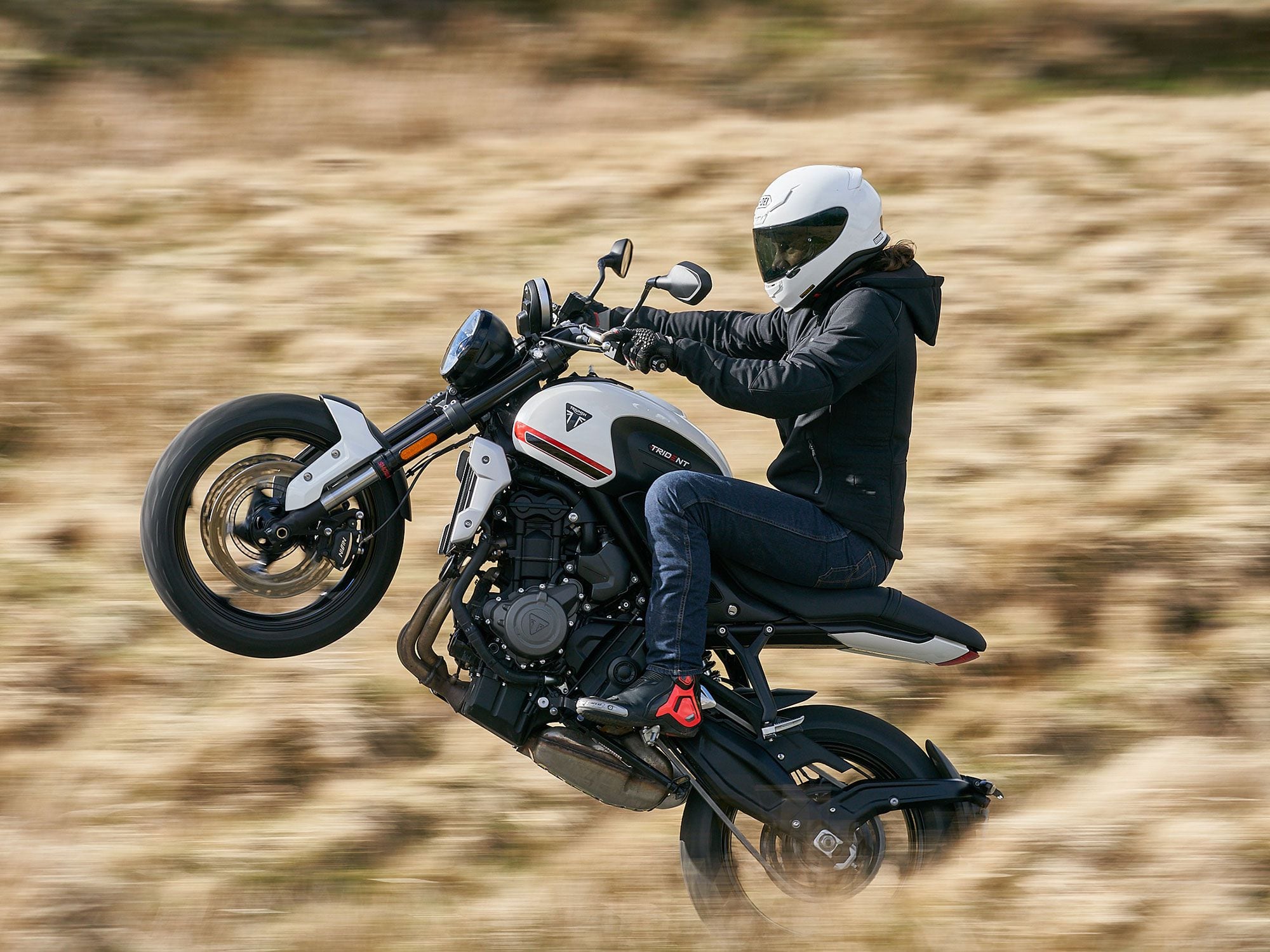
The 2021 Triumph Trident is more than the spec sheet would lead you to believe. (Oli Tennent/)Spec sheets can be a curse on the motorcycling world. It’s all too easy to fall into the trap of making an initial decision on a bike based on weight, power figures, or even whether or not it has adjustable suspension. Someone really should come up with a catchy idiom about not passing judgment on a book’s contents based on the appearance of the title page.
Triumph’s new Trident 660 has a nonadjustable Showa fork, a basic rear shock, only 80 hp, and weighs 417 pounds. In a world where 200-plus horsepower figures have become almost normal, and you can get suspension that adjusts itself as you ride along, the Trident isn’t going to grab any headlines with its spec sheet.
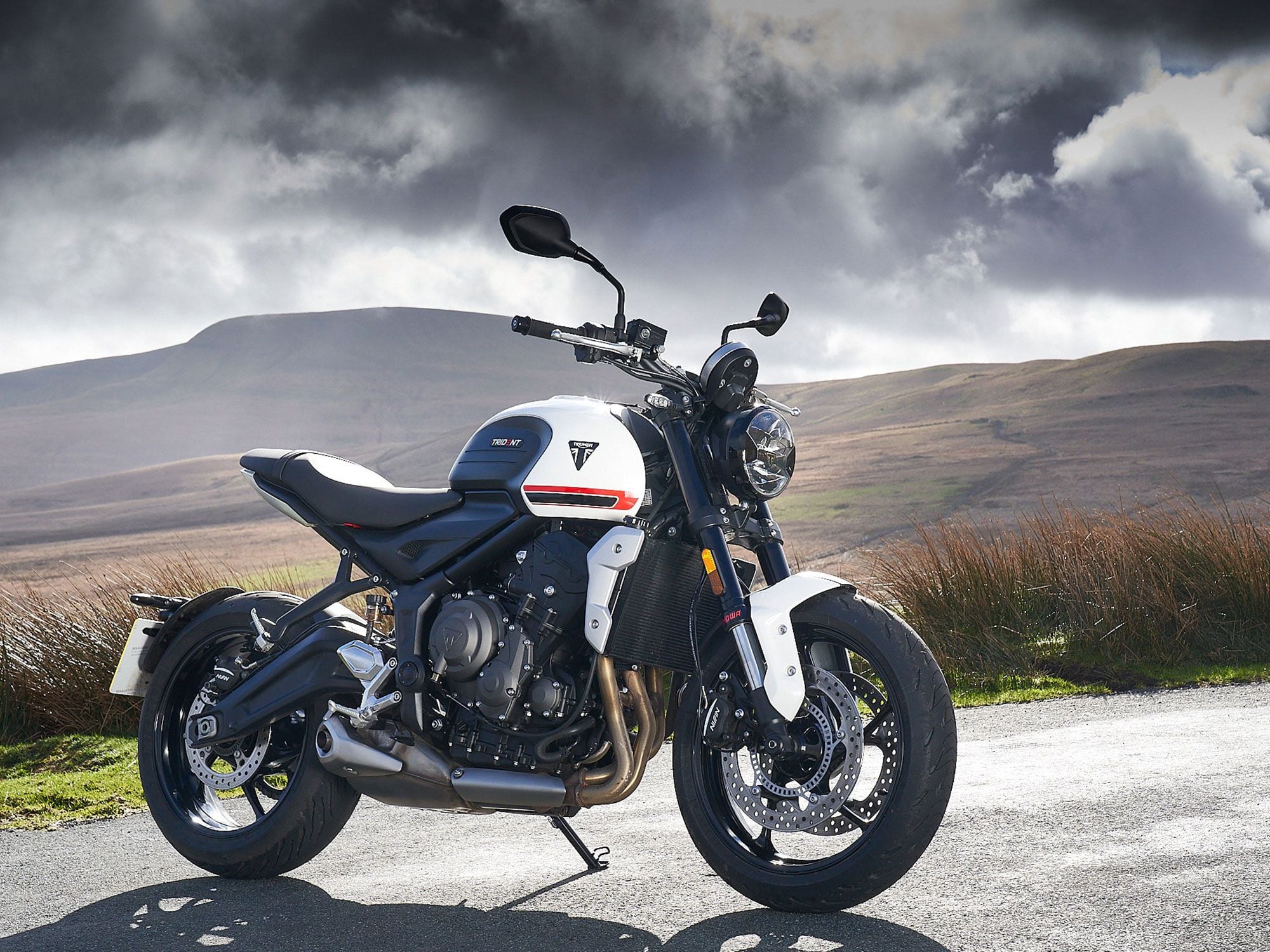
The 2021 Triumph Trident costs $8,095, and for that price you get a motorcycle that is a blast despite having just a claimed 80 hp. (Oli Tennent/)Its numbers and $8,095 price tag are, however, exactly on the money for an entry-level naked bike, a class currently dominated by Yamaha’s MT-07. So the Trident’s job is to be welcoming to new or nervous riders, forgiving of the mistakes made when enthusiasm overtakes experience, and capable of being fun and fast as experience and confidence grow. The Triumph makes 7 hp more power than the Yamaha, but less torque, and weighs 10 pounds more.
It’s also easy to compare the Trident 660 to the original 2007 Triumph Street Triple and wonder where the extra 25 hp went and why the Trident is almost 17 pounds heavier. But the Trident is doing a different job. The Street Triple was launched as a naked sportbike, a bit of a hooligan that just happened to be easy to ride and wound up as a great first bike for a lot of riders. The Trident has stepped away from the sportbike and hooligan thing, leaning into the easy-to-ride character even further. A lower seat height, more steering lock, softer power delivery, and modern touches like ABS and traction control mean the Trident is far less likely to bite back. In that sense, it’s a far better first bike than the Street Triple. It might not be as sharp for wheelies and track action, but it’s a more forgiving bike for developing riding skills.
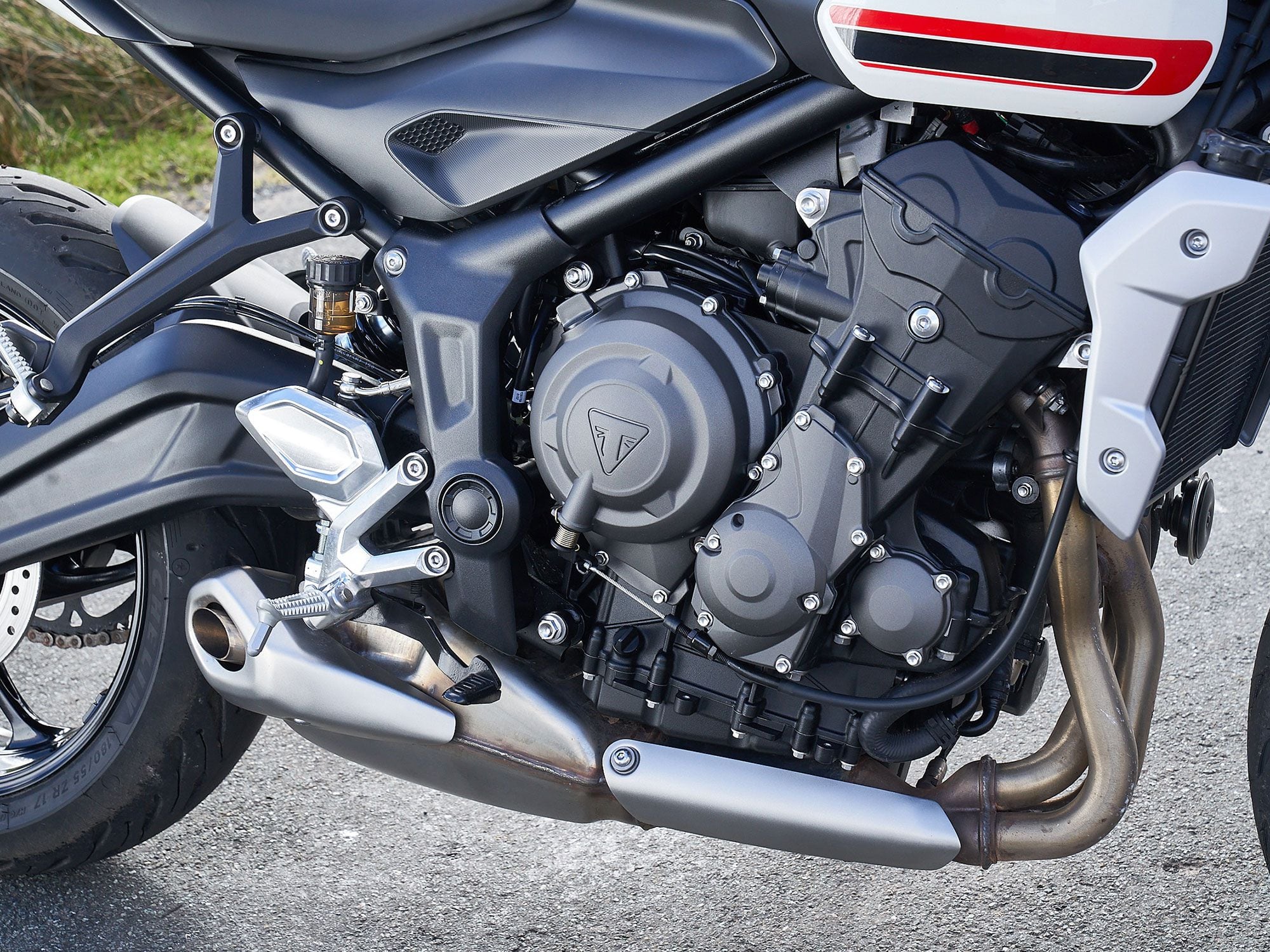
A shorter 51.1mm stroke is used on the Trident’s engine to reduce the capacity to 660cc, down 15cc from the previous-generation 675 triple used in the Street Triple. (Oli Tennent/)Set before sufficiently stunning scenery, the Trident is a striking bike, a step beyond anything Triumph has previously launched. Parts of the bike are straight from the Street and Speed Triple range, while details like the two-tone tank make it look like a contemporary Bonneville. Details of the three-cylinder engine are instantly recognizable from the original 675s, albeit with a shorter stroke to drop the capacity to 660cc. Triumph is always keen to point out the attention to detail that goes into its bikes, as things like hoses, sensors, and wiring are hidden wherever possible. Compared to its competition, the Trident does stand out as being a very neat package. A few details let it down compared to the high standards set by its bigger brothers, such as the horn wiring, the basic steel rear brake pedal, and the old-school front brake master cylinder. But really, we’re splitting hairs here. Look at how these details are treated by the Trident’s competition and you’ll find more than a couple of bits to pick on.
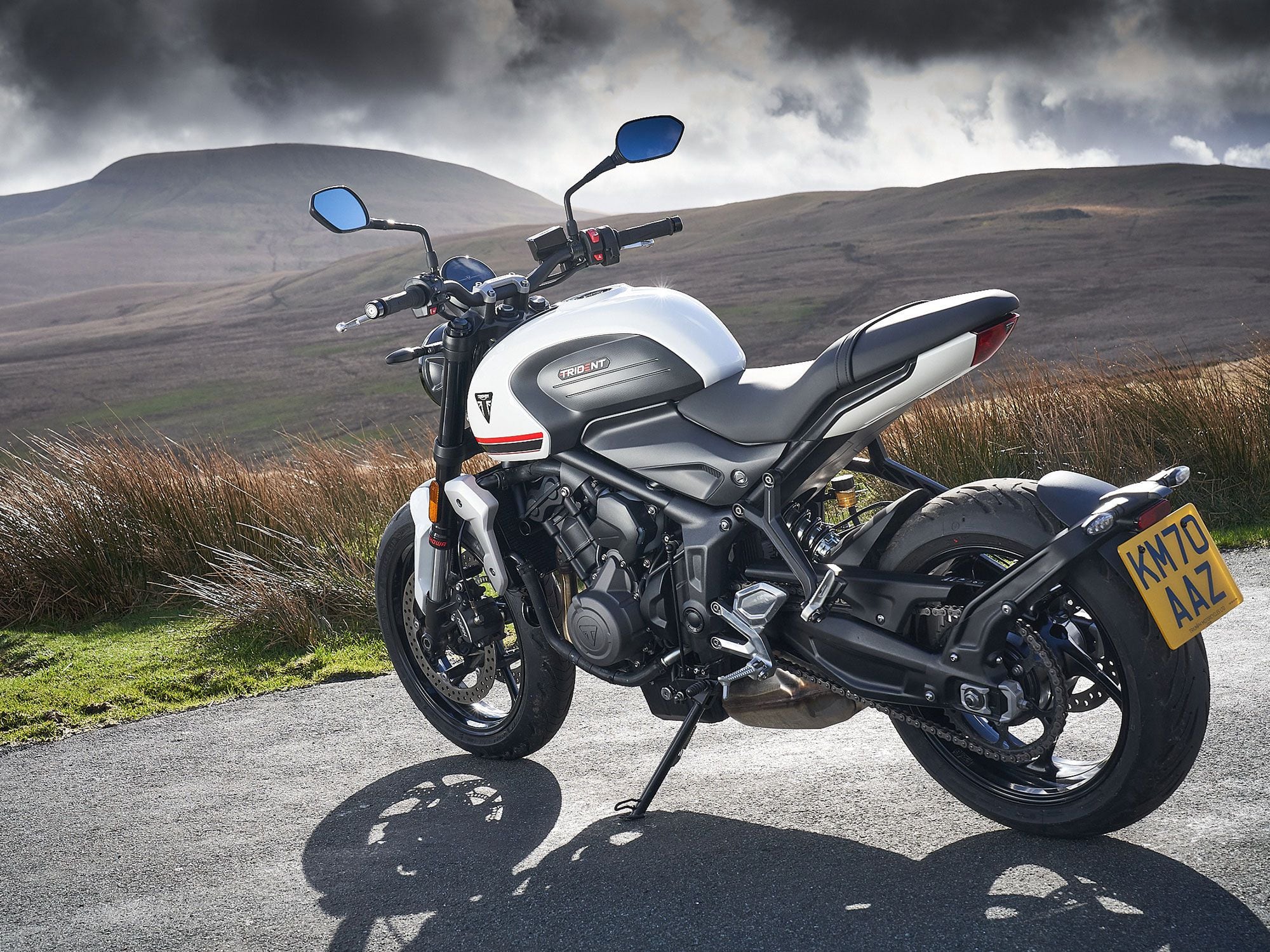
While the fit and finish is not to the same level as other Triumph models, the styling is fresh and unlike other standards or nakeds designed in Hinckley. (Oli Tennent/)Styling is personal taste; spec sheets will only say so much, and as always, it’s the ride that really matters. Click it on, wake it up, and the Trident settles into that familiar three-pot whirr, just like the old 675s. A light clutch and gentle throttle response mean the 660 will make it as stress-free as possible to pull away for a test ride while the salesman pretends not to watch. At low speeds the Trident is thoroughly unintimidating, with a light, flickable feel. The only nag with this low-speed stuff is a slight lack of steering lock; it’s better than an early Street Triple, but still could be improved.
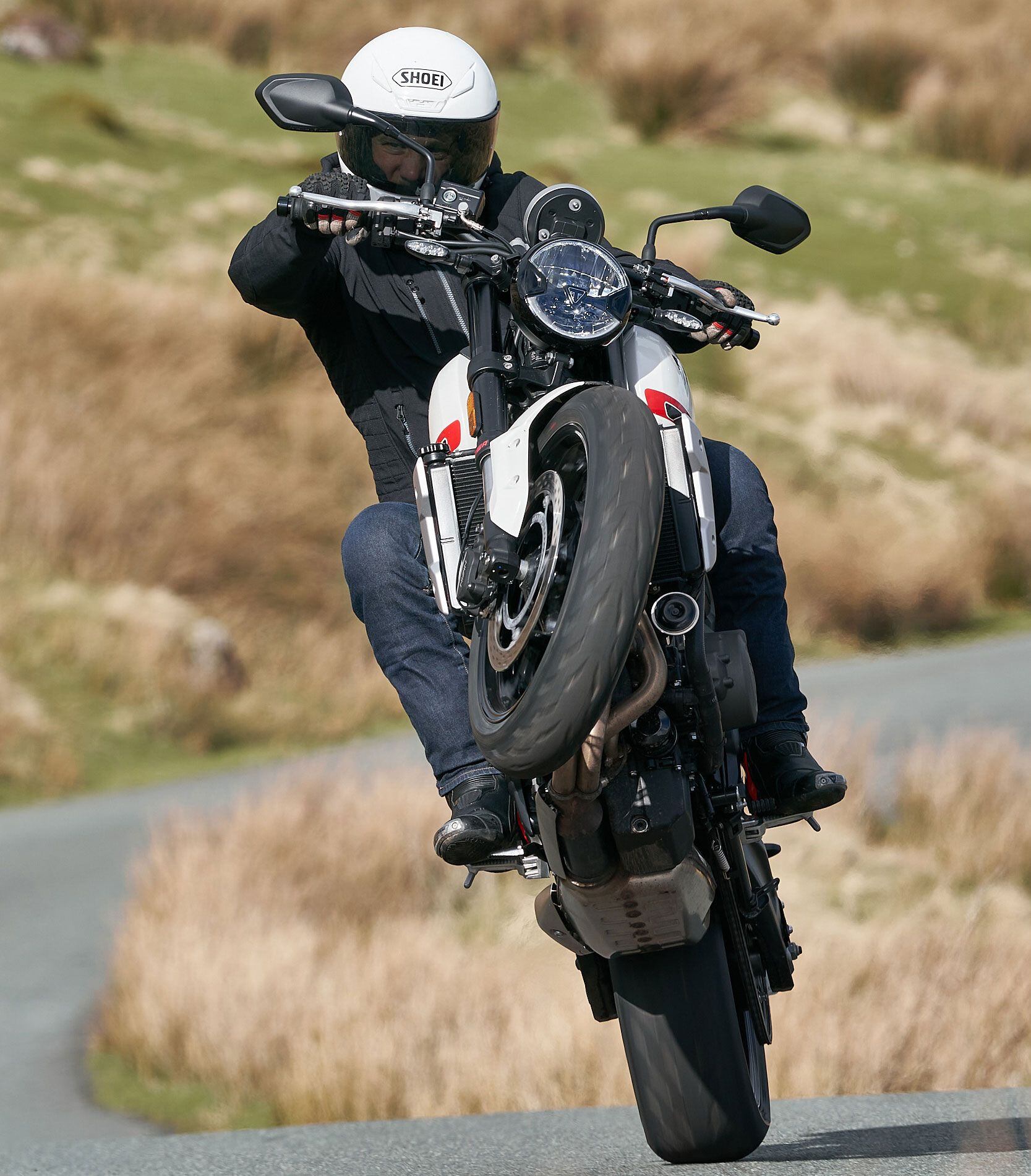
The punchy torque of the Triumph’s triple is still present making the Trident an excellent motorcycle for learning the ropes of sporting motorcycles or for satisfying the hooning desires of more experienced riders. (Oli Tennent/)Get rolling a little faster and the motor has a decent midrange punch; a good spread of power is available, so you’re not constantly looking for another gear. At a medium road pace the Trident is effortless, flicking eagerly from turn to turn and holding whatever line you stick it on. Enter a turn a little too fast, on the wrong line, or in a gear too high, and the Trident seems to always remain composed. More importantly, it lets you make mid-turn adjustments to keep it on the black stuff. And while it’s an agile bike, the chassis never feels too sharp or twitchy.
So far so good. But what really surprises about the Trident is just how well it behaves when you don’t. Pushing hard on technical, undulating roads, the Trident stands up to a ridiculous amount of abuse and lets you live out your Isle of Man TT racer fantasies with barely a murmur of protest. Land off rises into tight corners, brake hard over bumps, chasing gears along narrow straights; the Trident simply laps it all up. The suspension may be nonadjustable and the shock may look basic, but the work put into the base setting inside the suspension results in a bike that far outrides that spec sheet. Classic Triumph. If you compare the suspension performance to higher-end kit, it does feel a little harsh on small, sharper bumps, but that’s a small price to pay for how well it behaves everywhere else.
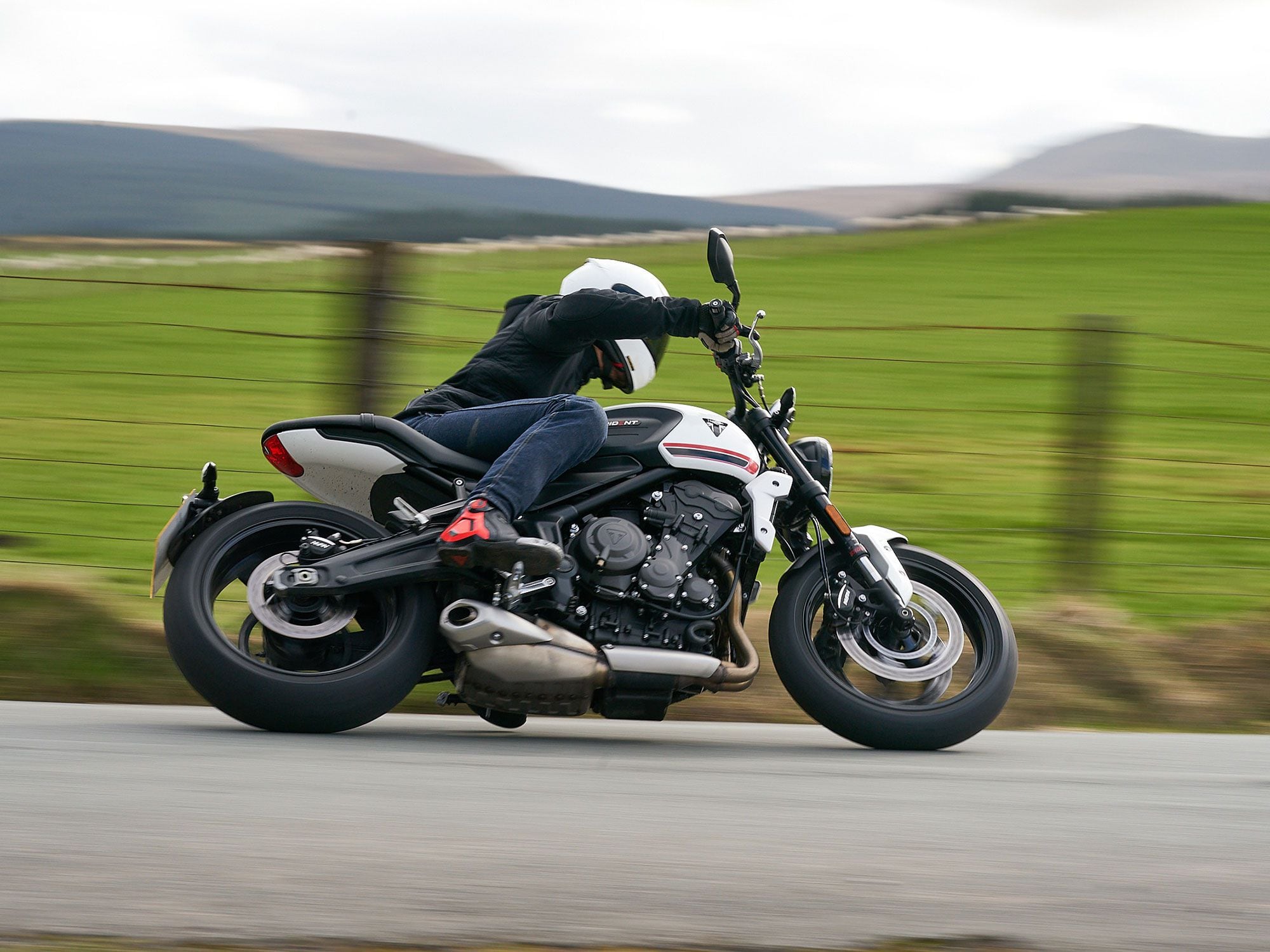
Living out TT-racer fantasies finds the Trident 660 a willing motorcycle that performs well above the spec sheet would suggest. (Oli Tennent/)And while the 80 hp motor doesn’t blow your socks off, it gives you plenty of power to blat along a twisty road and absolutely loves to be thrashed. It feels a little muted high up in the rev range, but at mid-rpm it is willing, free revving, and just plain happy. After prolonged hooning, the Nissin brakes did start getting a little more lever movement as they heated up, but it was nothing that caused alarm and really something that would likely only show up under hard track use. That’s not exactly what the Trident’s aimed at. Again, the brakes and their non-switchable ABS are aimed at being user-friendly, giving decent power but not too much bite to look after newer riders. The traction control system was invaluable in keeping us from spinning up the rear tire even on gravelly tracks. And as much as Triumph is looking after the calmer riders out there, it’s nice to see it has kept the option to switch the TC off for those who need wheelies in their lives.
Triumph has a long-standing reputation for building bikes that handle incredibly well. The Trident is no exception. I kept thinking back to the original Street Triple while riding this 660. The family link between them is clear, and the Trident carries on the tradition of being a great-value, great-fun road bike. But the Trident has shifted to a softer stance, making it a better bike for building confidence, a perfect first road bike. That costs it some of the crazy one-wheel fun that made us love the Street Triple so much, but the chassis is more than up to the job of being ridden hard on any road.
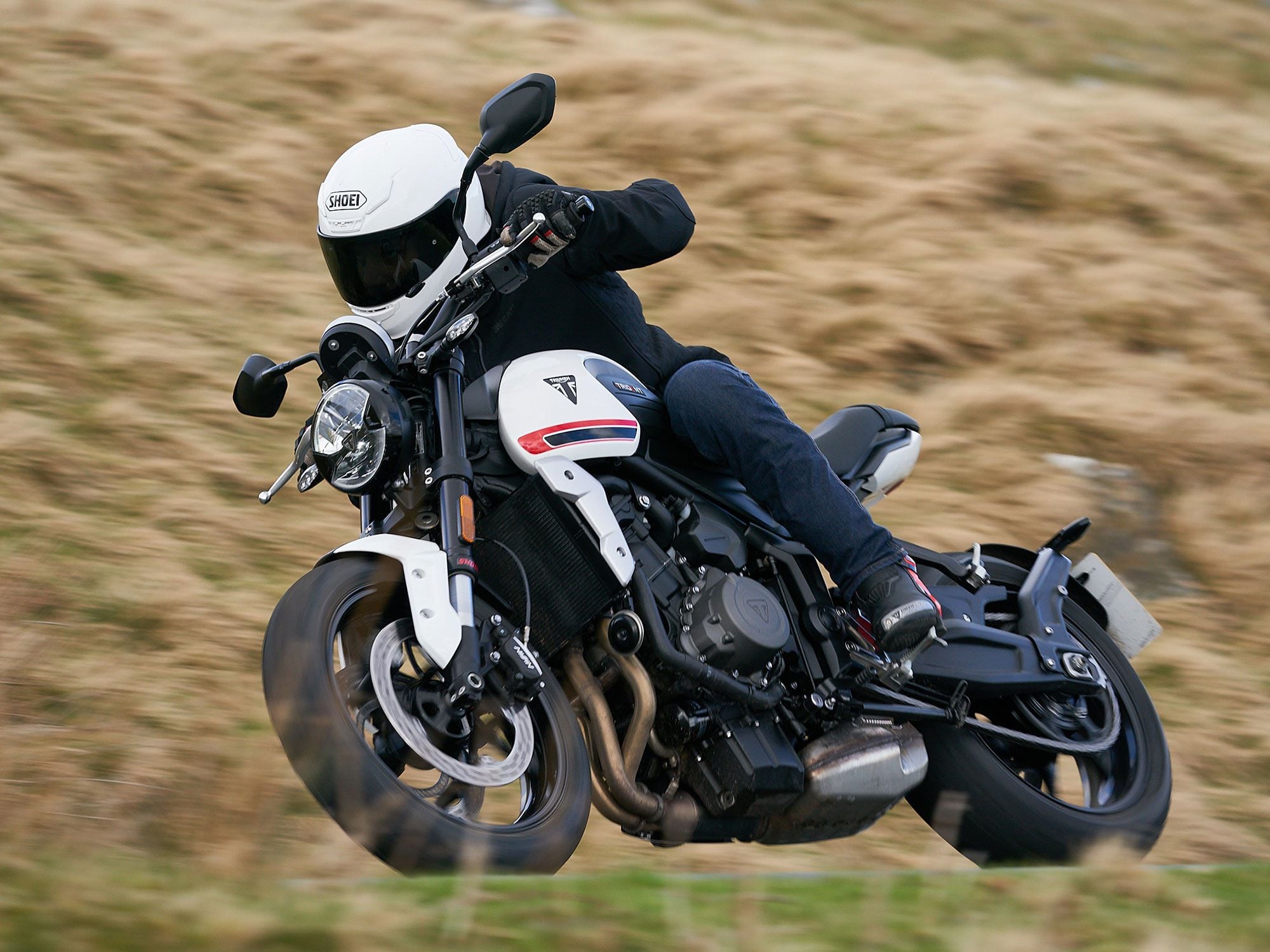
The Trident 660 doesn’t produce gobs of power, but it makes excellent use of what it does have. (Oli Tennent/)It’s not merely newer or less confident riders who would love the Trident; it provides a perfect way to step back from 100-plus bhp bikes to something that doesn’t build speed so rapidly, but still puts a massive smile on your face when you’re in the mood for a blast. The Trident 660 may not have masses of power, but there’s something addictive about using every last one of those 80 horses, holding the throttle open to the stop between bends before hammering the brakes, dropping down the gears and pitching into the next turn. And anyway, when was the last time you held a 200 hp bike wide open on the road?
2021 Triumph Trident 660 Specs
MSRP: $8,095 Engine: 660cc, DOHC, liquid-cooled, inline 3-cylinder; 12-valve Bore x Stroke: 74.0 x 51.1mm Compression Ratio: 11.95:1 Transmission/Final Drive 6-speed/X-ring chain Claimed Horsepower: 80 bhp @ 10,250 rpm Claimed Torque: 47 lb.-ft. @ 6,250 rpm Fuel System: Multipoint sequential electronic fuel injection w/ electronic throttle control, ride-by-wire Clutch: Wet, multiplate, slip and assist Frame: Tubular steel perimeter Front Suspension: 41mm inverted Showa separate function fork (SFF) Rear Suspension: Showa monoshock RSU, preload adjustable Front Brakes: Nissin 2-piston sliding calipers, 310mm discs w/ ABS Rear Brake: Nissin 1-piston sliding caliper, 255mm disc w/ ABS Wheels, Front/Rear: Cast aluminum; 17 x 3.5 in. / 17 x 5.5 in Tires, Front/Rear: 120/70R-17 / 180/55R-17 Rake/Trail 24.6º/4.2 in (107.3mm) Wheelbase: 55.2 in. (1,401mm) Seat Height: 31.7 in. (805mm) Fuel Capacity 3.7 gal. Claimed Wet Weight 417 lb (189kg) Contact: triumphmotorcycles.com -
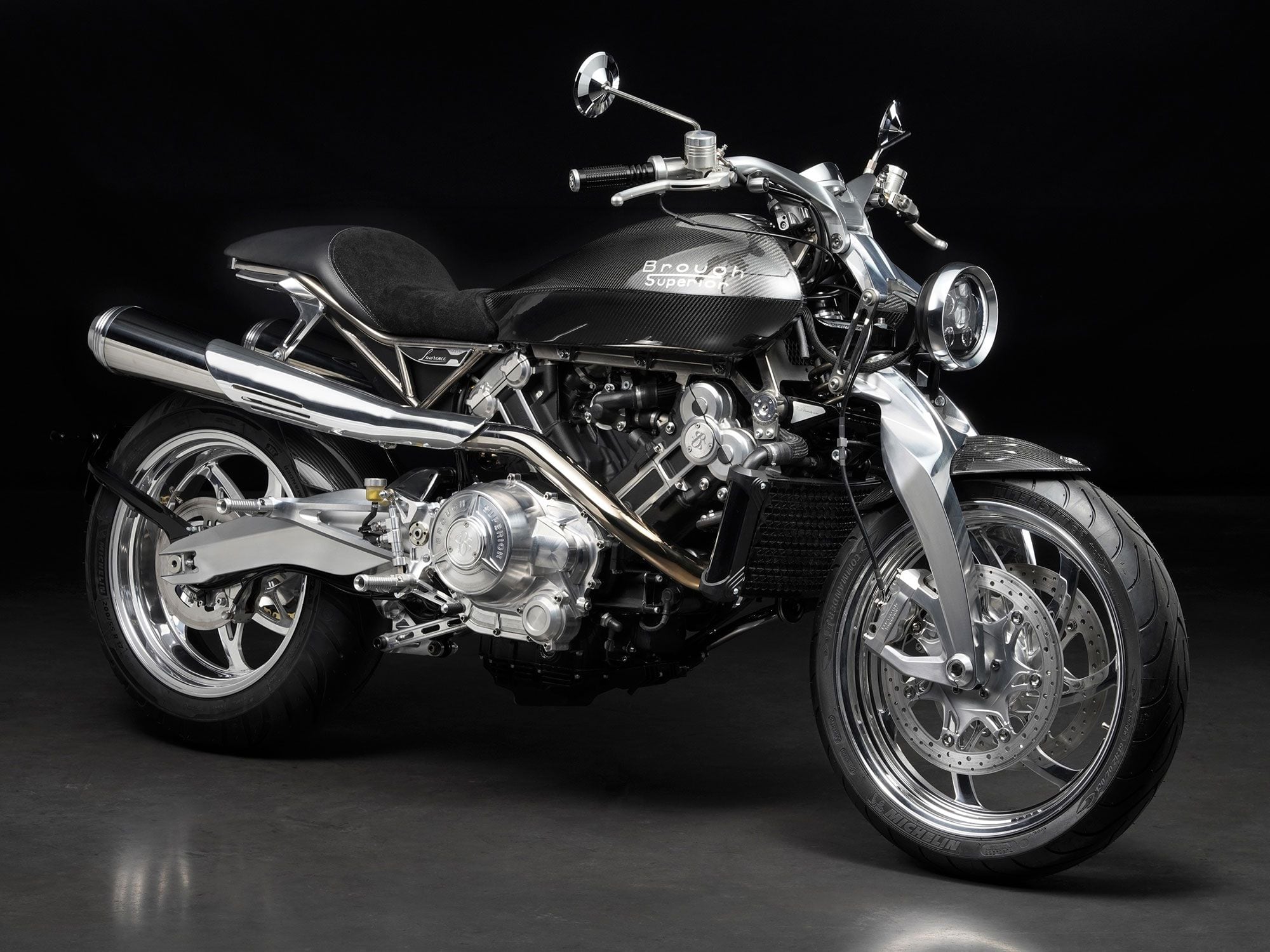
Brough’s latest bike is this sleek, titanium-framed, 102 hp ode to T.E. Lawrence. (Brough Superior/)For those wondering what on earth happened to the buzzy revival of quintessential Brit brand Brough Superior, we’ve dug up a couple of answers. The first is, the pandemic knocked it a bit off track; the second is, the company has since regrouped and is back with a brand-new bike. The now French-based marque has just released its latest model, the Lawrence, a hand-built two-seater fittingly named after one of the brand’s most famous and ardent fanboys, Thomas Edward Lawrence, who owned seven Brough Superior motorcycles in his time.
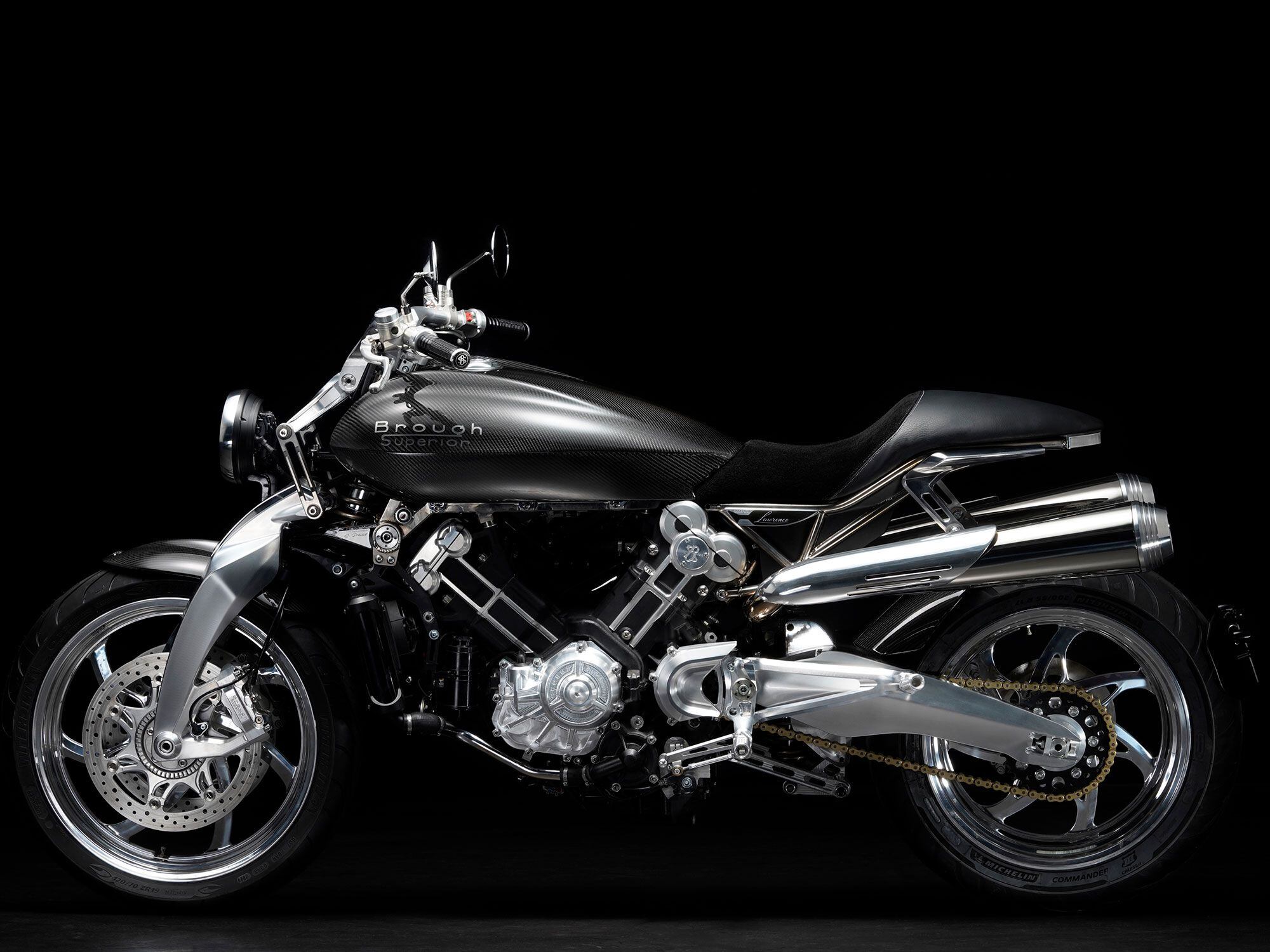
The new 2021 Lawrence is a premium model, essentially hand-built with high-end materials like titanium, carbon fiber, and aluminum. (Brough Superior/)Brough announced the reveal of this titanium-framed stunner a couple of days ago with little fanfare, having had its thunder stolen by the unfortunate cancellation of the 2020 EICMA event, where the Lawrence was set to have its worldwide coming-out party. But Brough still expects the new bike, the fifth in its current range, to make waves; it’s a departure from the brand’s SS100, Anniversary, and Pendine models, classically styled bikes that more closely echoed the original company’s low-slung designs (Brough’s AMB 001 collaboration with Aston Martin however is on a whole other planet). The new Lawrence is more trim, refined, and modern in tone, with curvier new carbon fiber bodywork (not that there’s all that much of it) and a new fuel tank with raised “brows” to set it distinctly apart from its stablemates. A Brough spokesman says the tank’s lines are designed after “the curved daggers Bedouins wore on their belts and pictured on Lawrence of Arabia” (or T.E. Lawrence to you and me). Daggers or not, neo-retro feels like the right description of this bike’s style.
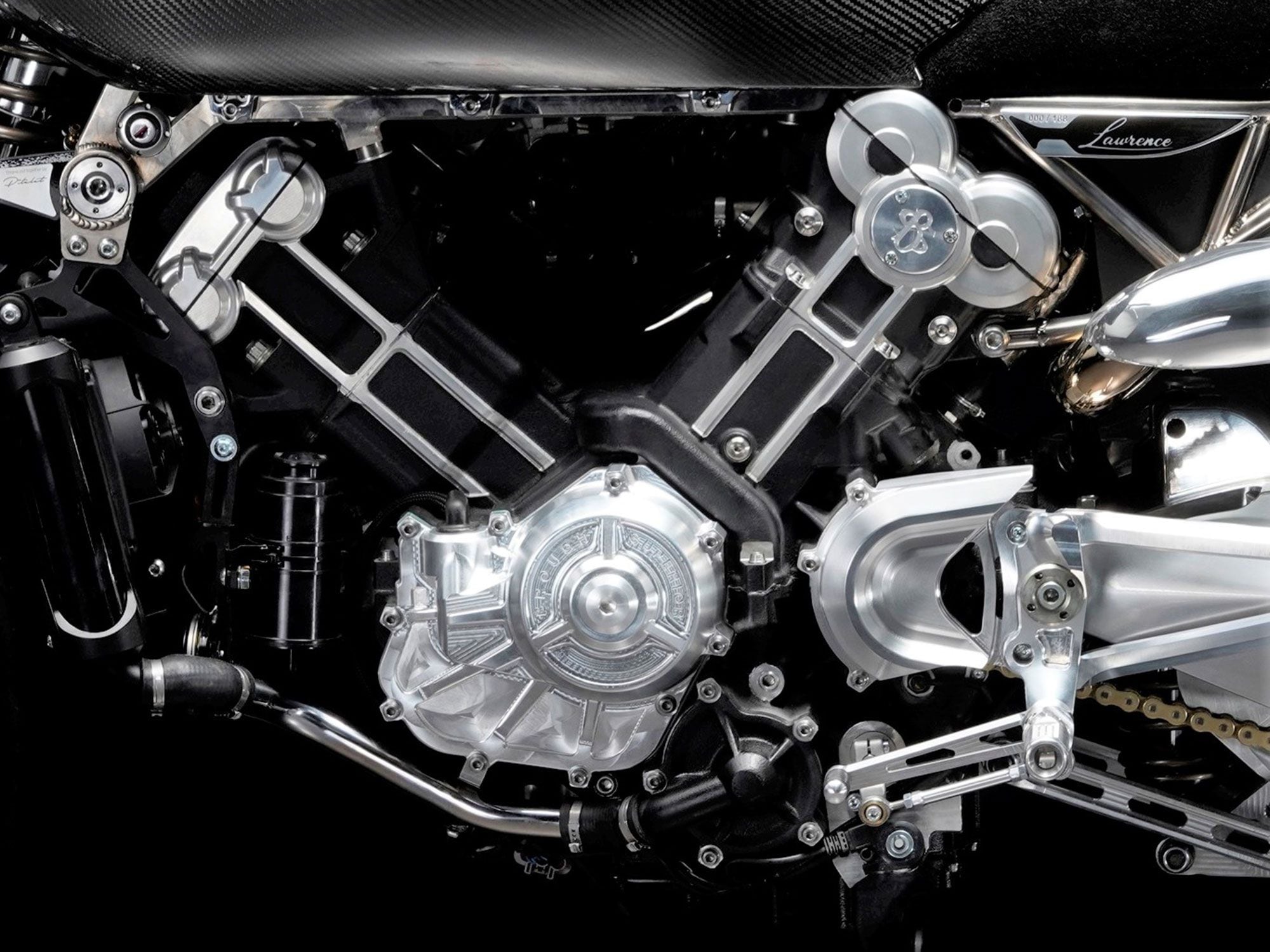
The Lawrence is powered by Brough’s in-house water-cooled, 997cc, eight-valve V-twin, claimed to output 102 hp. (Brough Superior/)Which is not to say the newest member of the Brough range is ditching the old reputation for innovation, performance, and lofty price tags; the Lawrence brings some unique engineering, exotic materials, and high-zoot components to the table. For instance, there’s that titanium frame, which is further bolstered by a titanium subframe; a Fior-type fork CNC-machined from aluminum with titanium links connecting to a centrally mounted monoshock (which offers preload and rebound adjustability); a cast aluminum swingarm that pivots in the engine crankcases, also joined to an adjustable monoshock; and machined aluminum wheels with a dual-disc Beringer brake setup upfront. All that aluminum helps keep claimed weight down to a featherweight 440 pounds (but it’s not clear if that’s wet or dry weight).
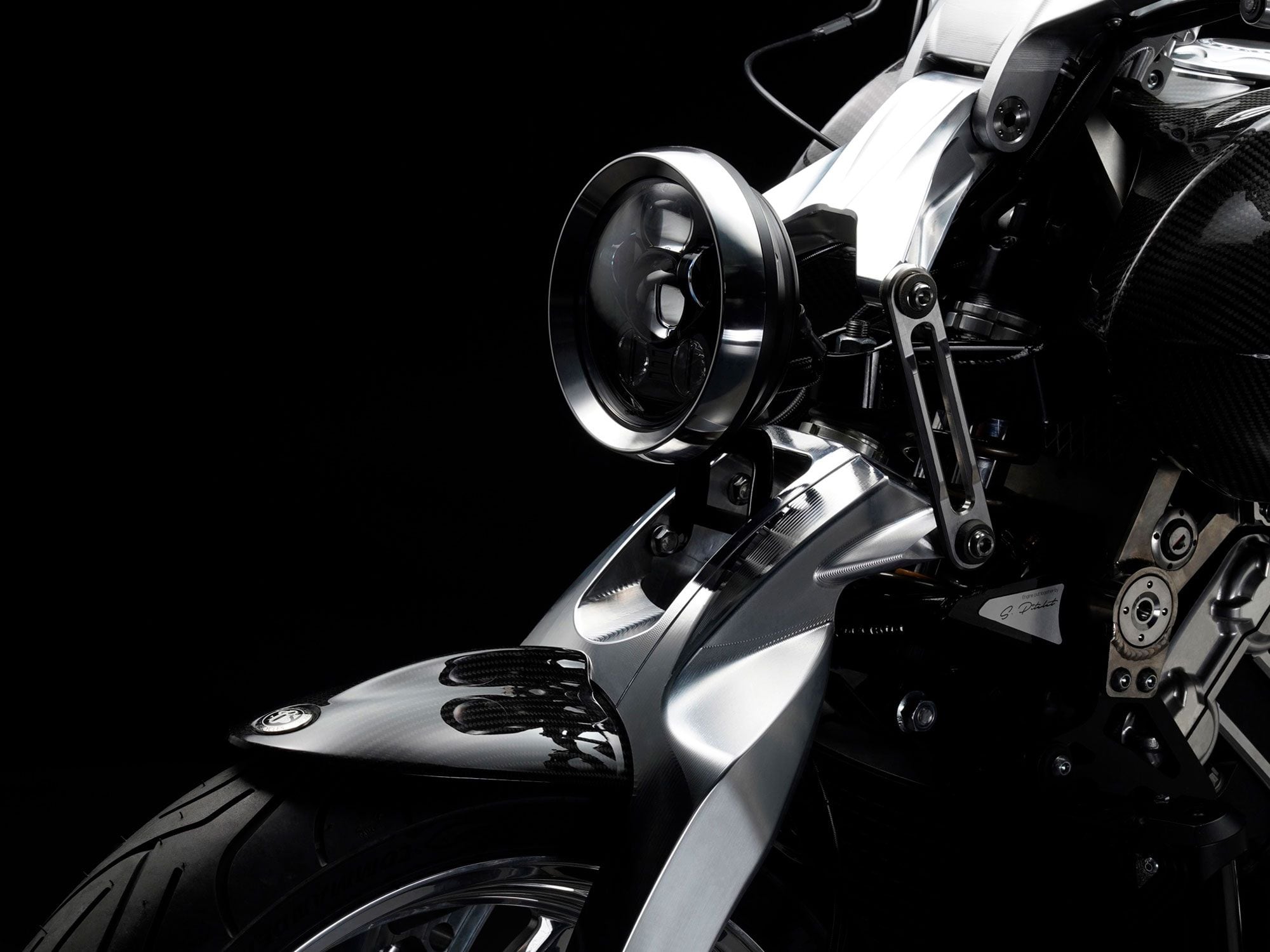
It’s an interesting arrangement upfront, with a Fior-type aluminum fork and articulated titanium links attaching to a preload- and rebound-adjustable monoshock. (Brough Superior/)But Brough Superior being a small-volume maker of boutique bikes, there are certain components that necessarily get shared across the line. One is that 997cc, water-cooled, eight-valve, DOHC motor, a version of which Brough uses in its other bikes, originally built for Brough by Boxer Design (Boxer Design principal Thierry Henriette is the man building the new Broughs, by the way). The V-twin unit is set at 88 degrees and produces 102 hp at 9,600 rpm and 64 pound-feet of peak torque in this application, and is homologated for Euro 4.
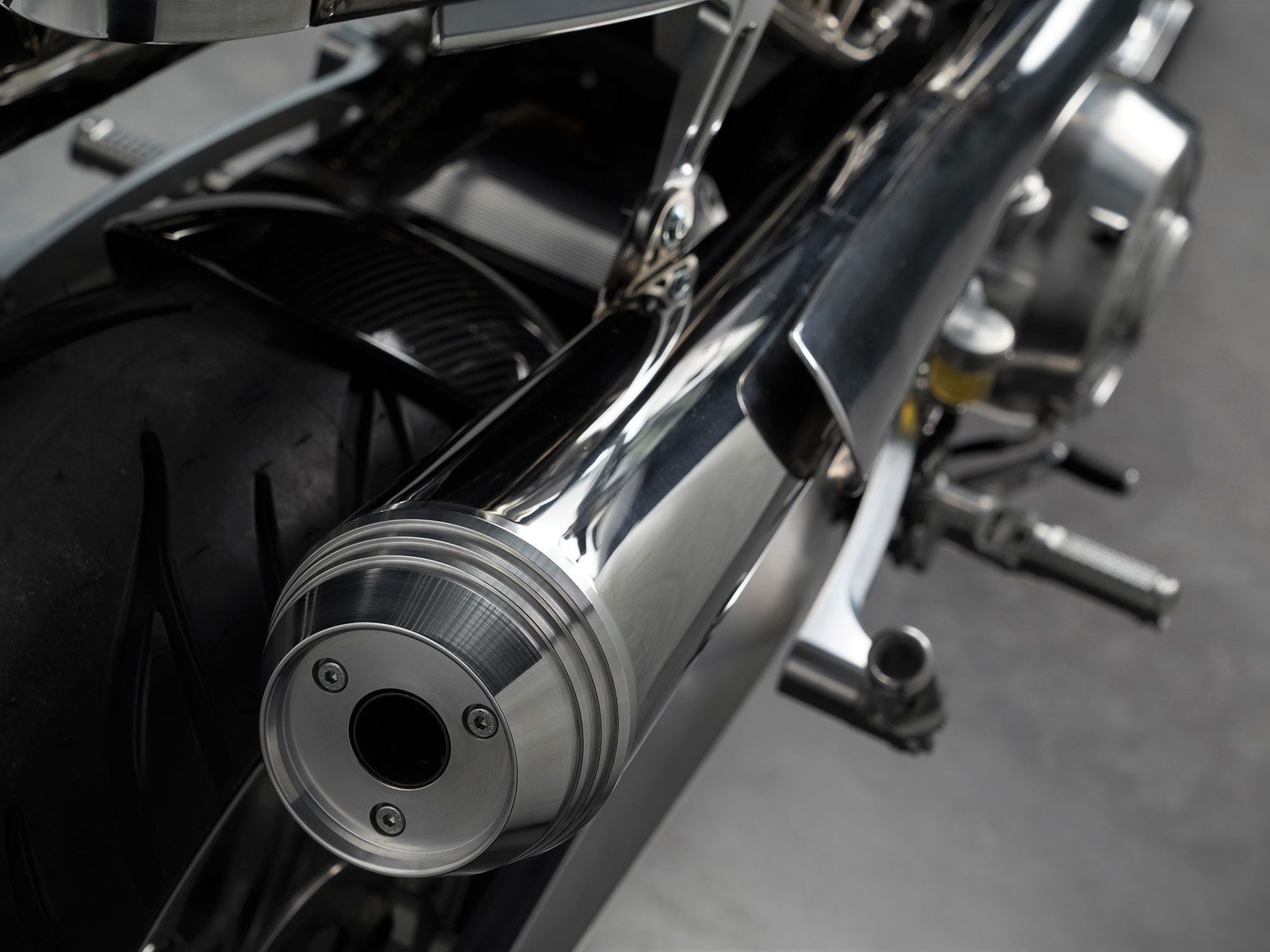
Even the high-mount pipes on either side sport meticulous detailing. (Brough Superior/)Despite the high-mounted chrome cannons sticking out on either side of the bike, Brough Superior calls the Lawrence a “cruising rider’s ideal” in its marketing copy, and the wider handlebar, deeply scooped saddle, and 200-section, 17-inch rear tire may have something to do with that. This also happens to be the company’s first two-seater, but these photos don’t make a very convincing argument that the skimpy pillion will be all that tolerable for your passenger. That said, the styling, ergonomics, and shape of the Lawrence mark a departure from Brough’s initial classic designs, and with Henriette at the helm, there’s a good chance we’ll see yet more wild designs to come from the brand—ones that are hopefully more affordable to regular Joes (and Janes).
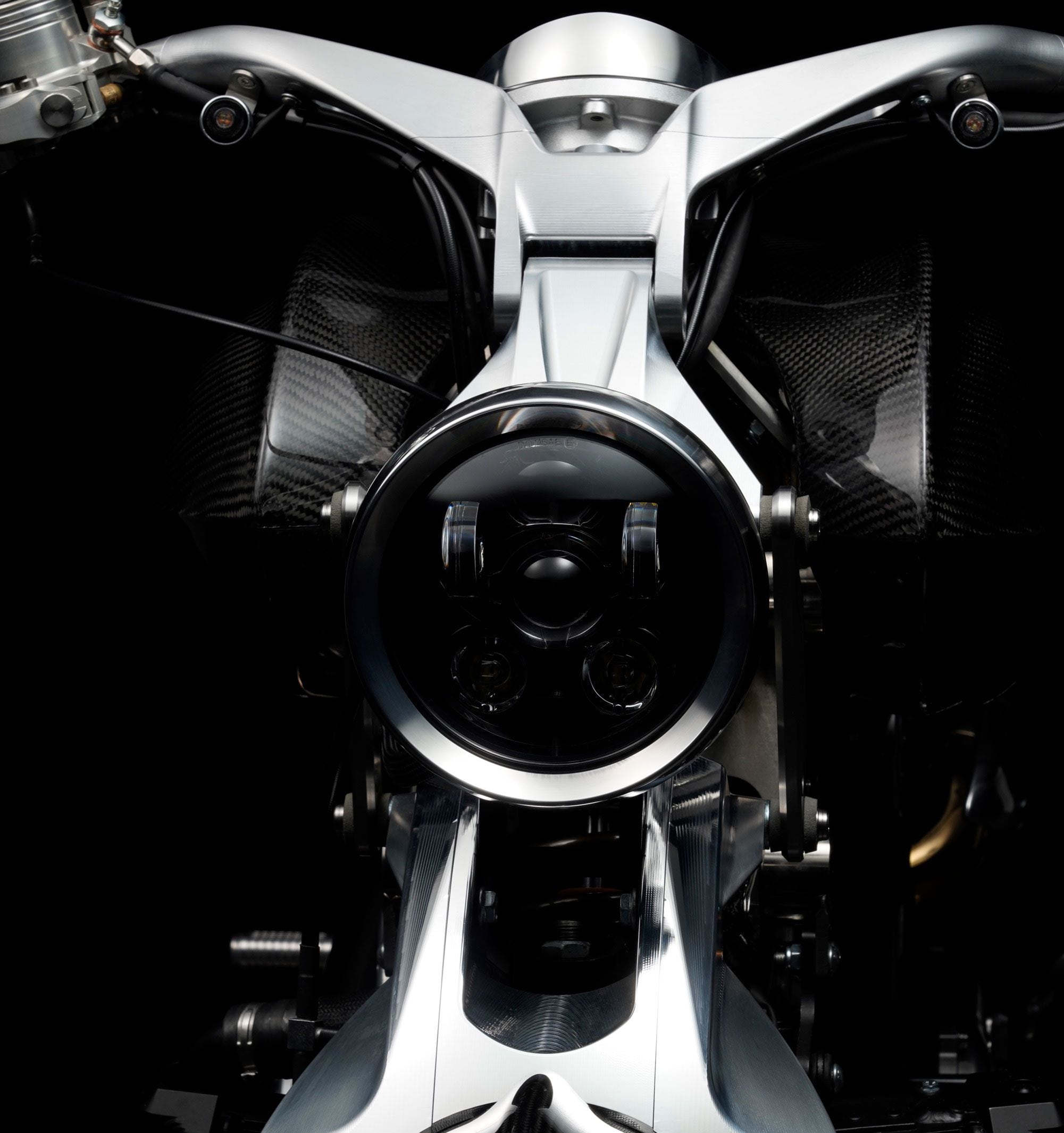
Aluminum components and details bring weight down to a superlight 440 pounds. The look is definitely futuristic from this angle. (Brough Superior/)This is probably a great place to mention that hand-built bikes made of top-shelf materials don’t come cheap, and this one will set you back a wallet-gouging 66,000 euros—or approximately 79,083 of today’s US dollars. And that’s provided you can get your mitts on one; Brough is minting just 188 examples of this model, as a tribute to T.E. Lawrence’s birth year of 1888. If he were alive today, Lawrence of Arabia would definitely have dug that, even if he couldn’t afford one.
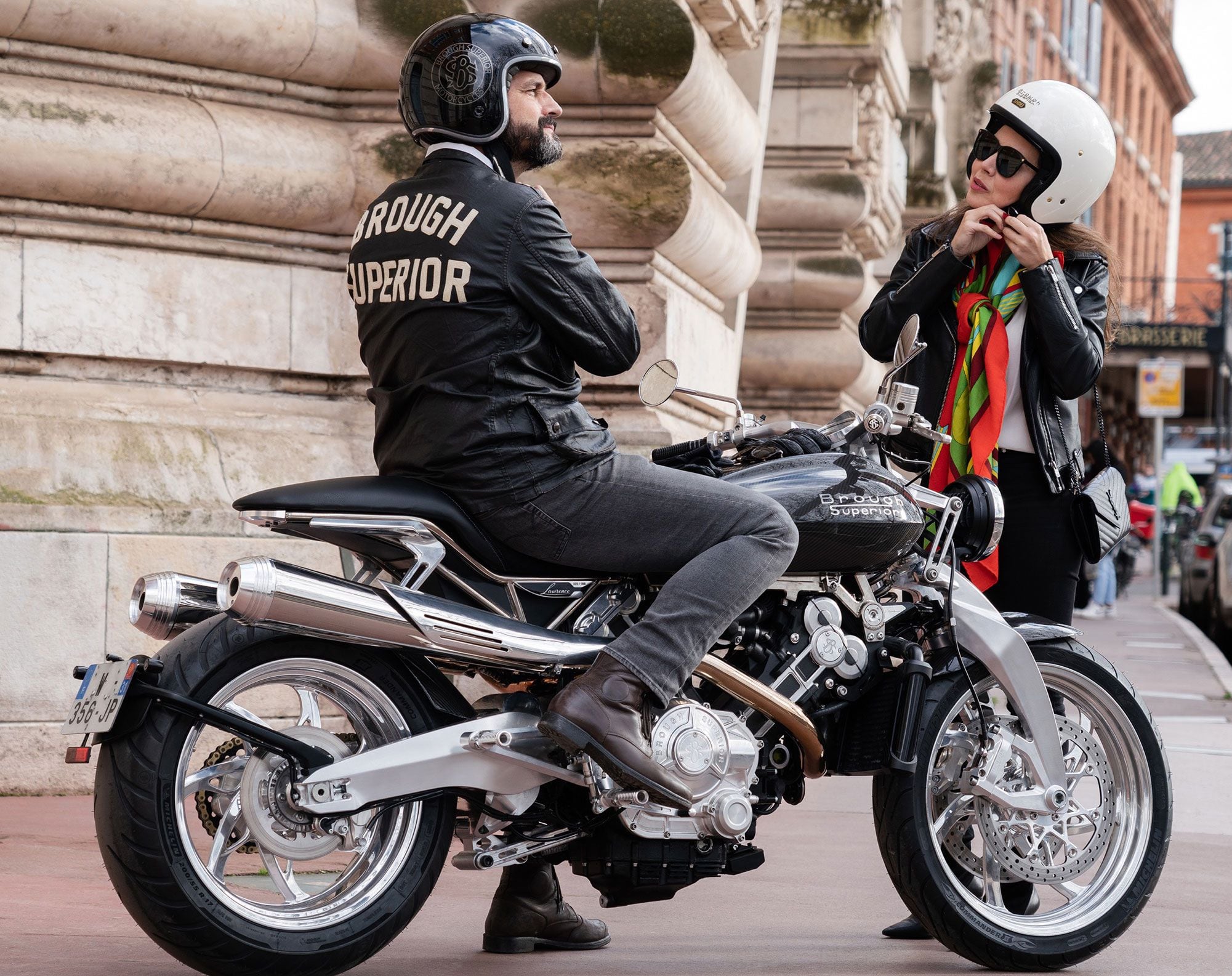
The rider - who some say looks like a French version of Ted Cruz - attempts to convince his unsuspecting lady friend that the brief pillion might actually be comfortable. (Brough Superior/)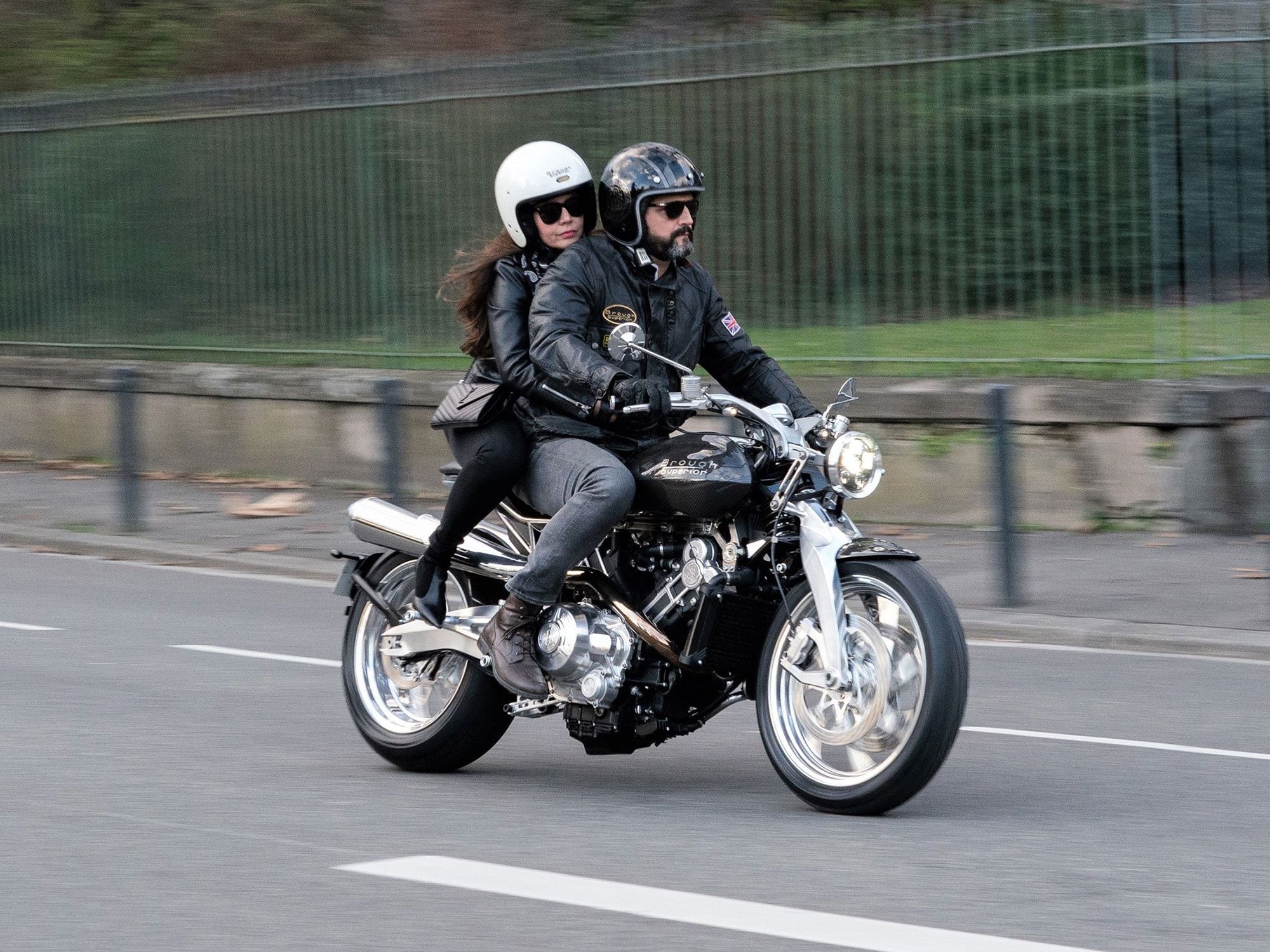
Success. And off we go to Cancun, on a French-built motorcycle inspired by a famous British bike brand. (Brough Superior/)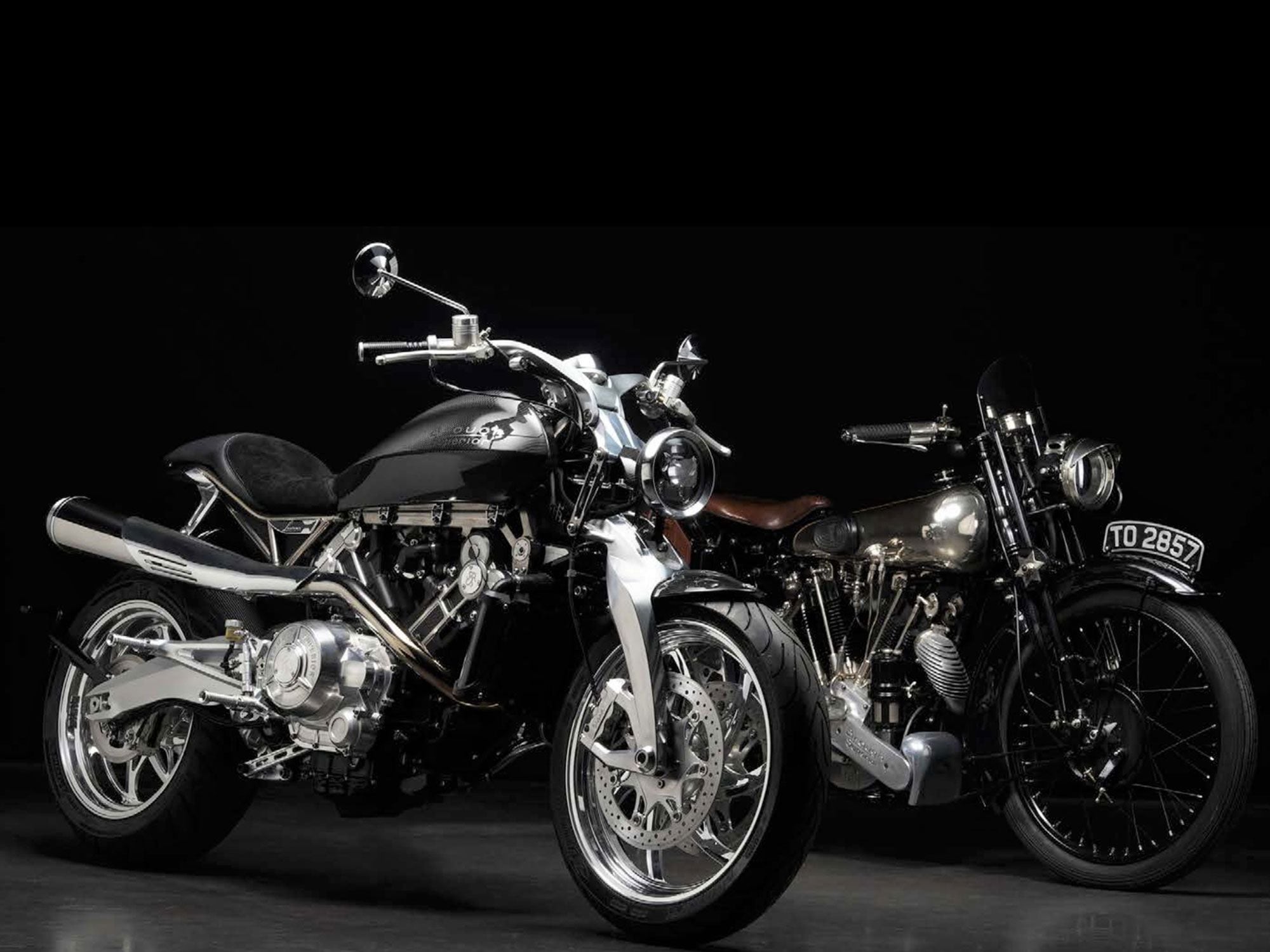
Although it still maintains a long and low stance, the Lawrence model marks a departure from the rest of the modern Brough brand’s range. (Brough Superior/)-
 1
1
-
-
-
-
-
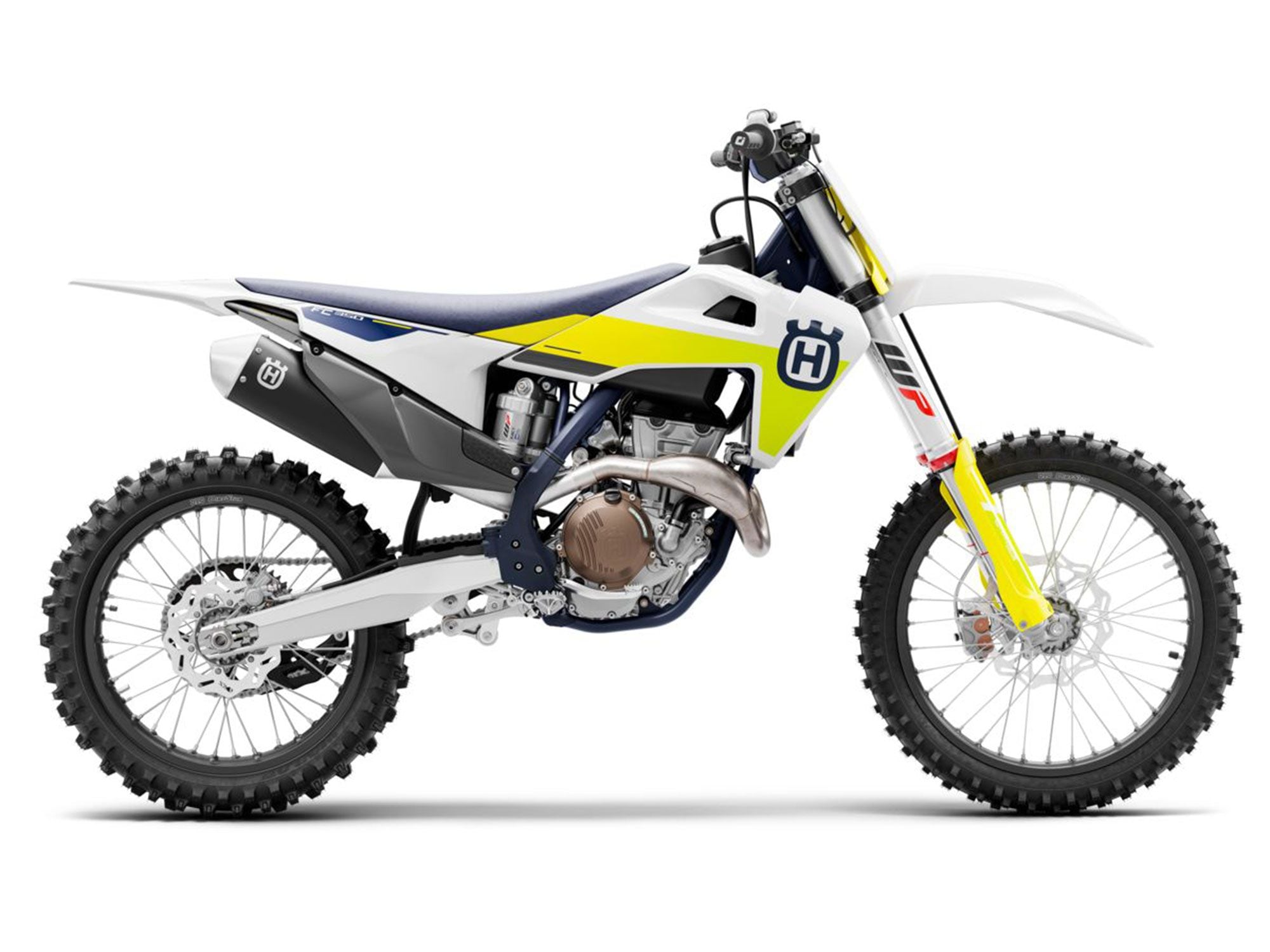
2021 Husqvarna FC 350 (Husqvarna/)Ups
- One of the only 350cc four-stroke MXers on the market<br/>
- Great updates to chassis<br/>
- Comfortable riding position<br/>
- Smooth and consistent clutch<br/>
- Suspension perhaps too soft, but it does offer plenty of adjustability
Downs
- Long throttle pull
Verdict
The Husqvarna FC 350 only has minor criticisms, and with the enjoyable ride and chassis updates, this middleweight motocrosser is quite possibly the most fun Husqvarna to date.
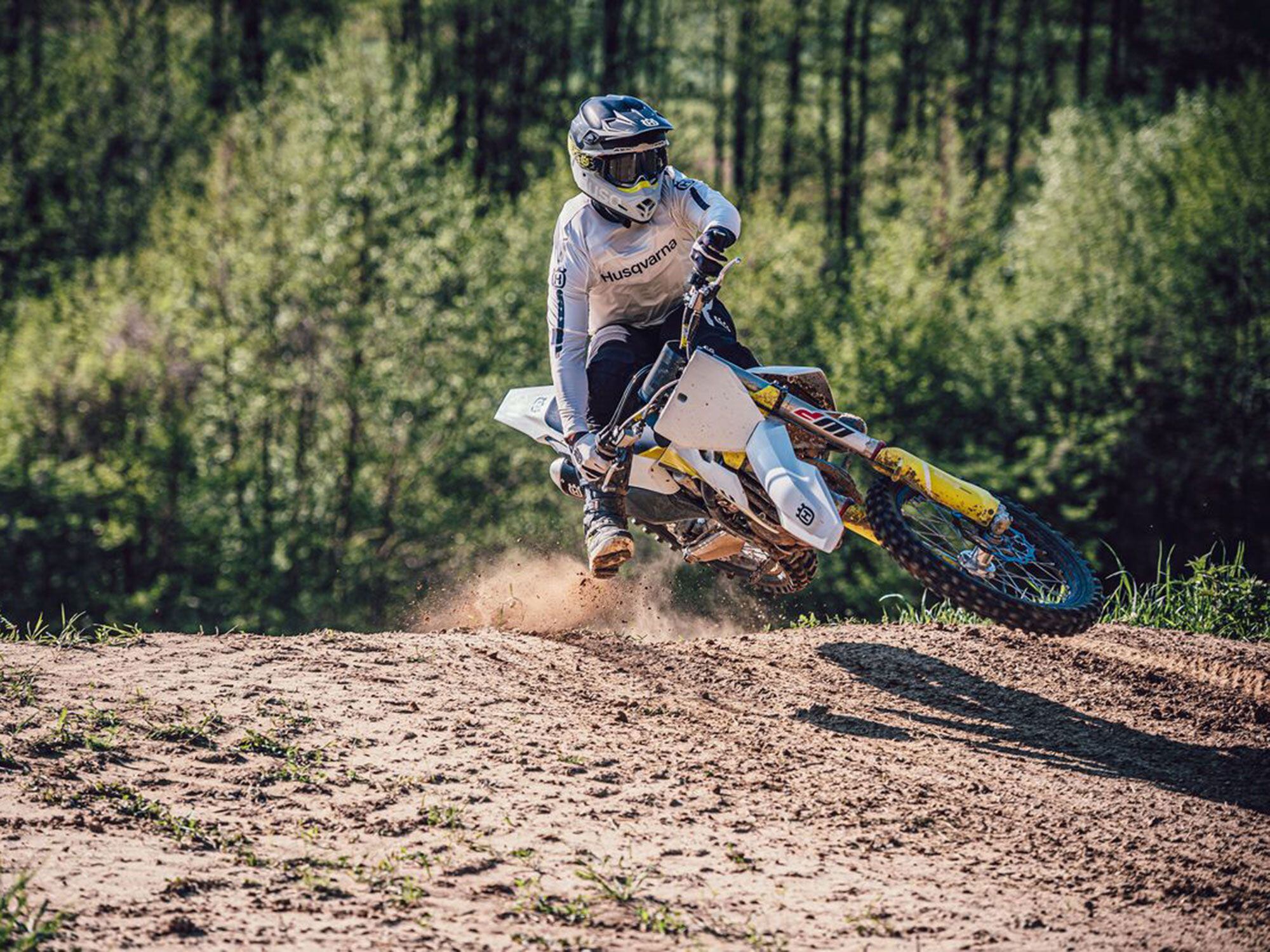
2021 Husqvarna FC 350 (Husqvarna/)Overview
Husqvarna is one of two manufacturers that splits the difference between 250 and 450 four-stroke motocross bikes with its FC 350, the other being KTM’s 350 SX-F. Since the FC is saddled between the two displacements, its liquid-cooled DOHC 350cc powerplant is suitable for riders looking for more power than a 250F but don’t want or need the power and torque of a 450.
Updates for 2021
For 2021, the revised suspension, which includes shorter fork cartridges and outer tubes, along with revised shock linkage, lowers the Husky’s chassis by 10mm.
Pricing and Variants
The Husqvarna 350 is priced at an MSRP of $10,099.
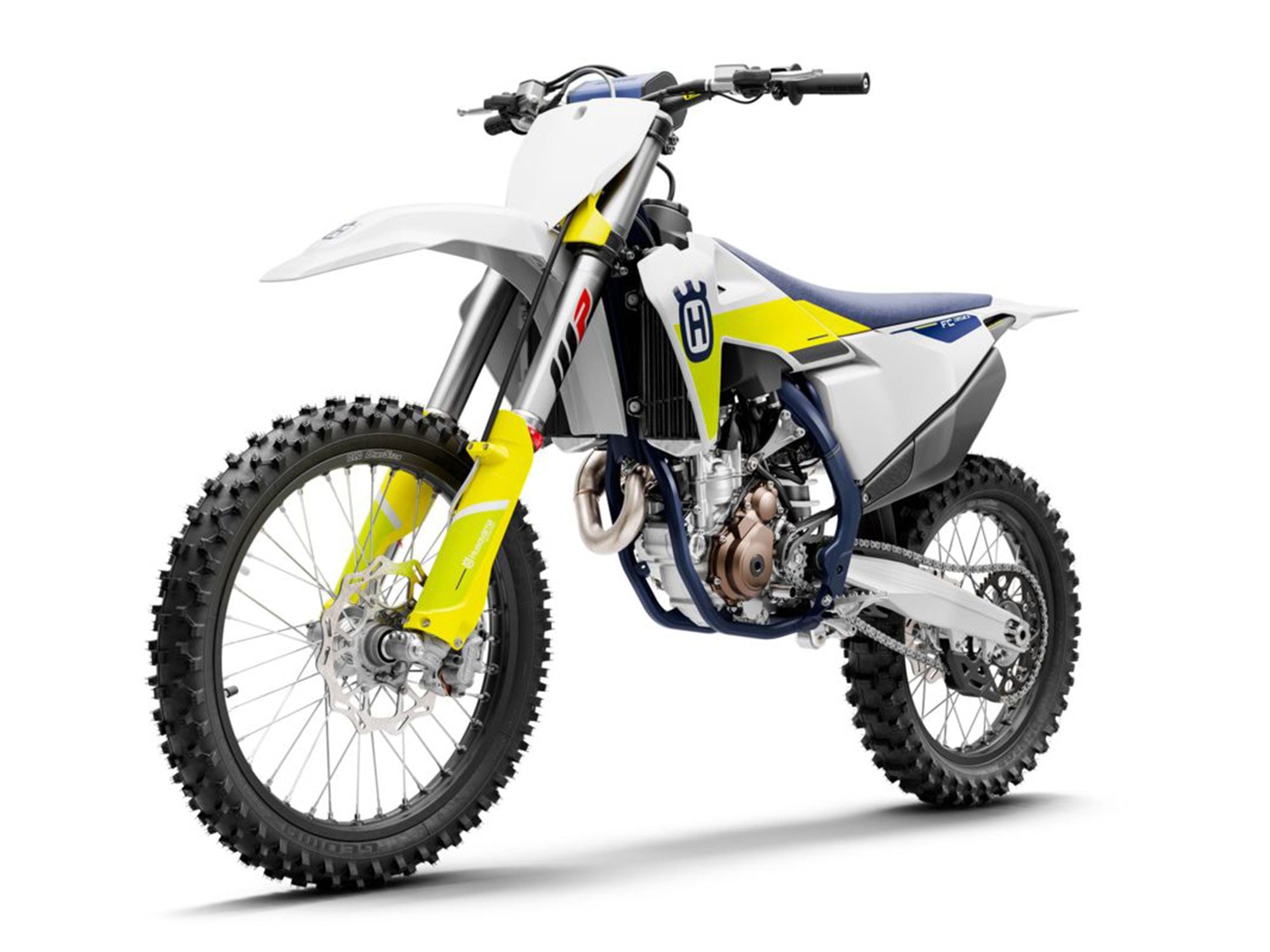
2021 Husqvarna FC 350 (Husqvarna/)Powertrain: Engine, Transmission, and Performance
The FC 350 has a five-speed transmission hosted inside its DOHC single-cylinder 350cc engine. In our first ride review, we preferred map 2 of the two available engine maps because it had improved torque compared to map 1. This helped in slower, soft sand sections and carrying third gear in tight corners.
In regard to engine performance, second and third gear are usable in flowing corners and overall there are no significant gaps in the gears. The Magura hydraulic clutch is smooth and consistent, our test rider reported, but a slightly more responsive feel might improve the performance of the clutch further.
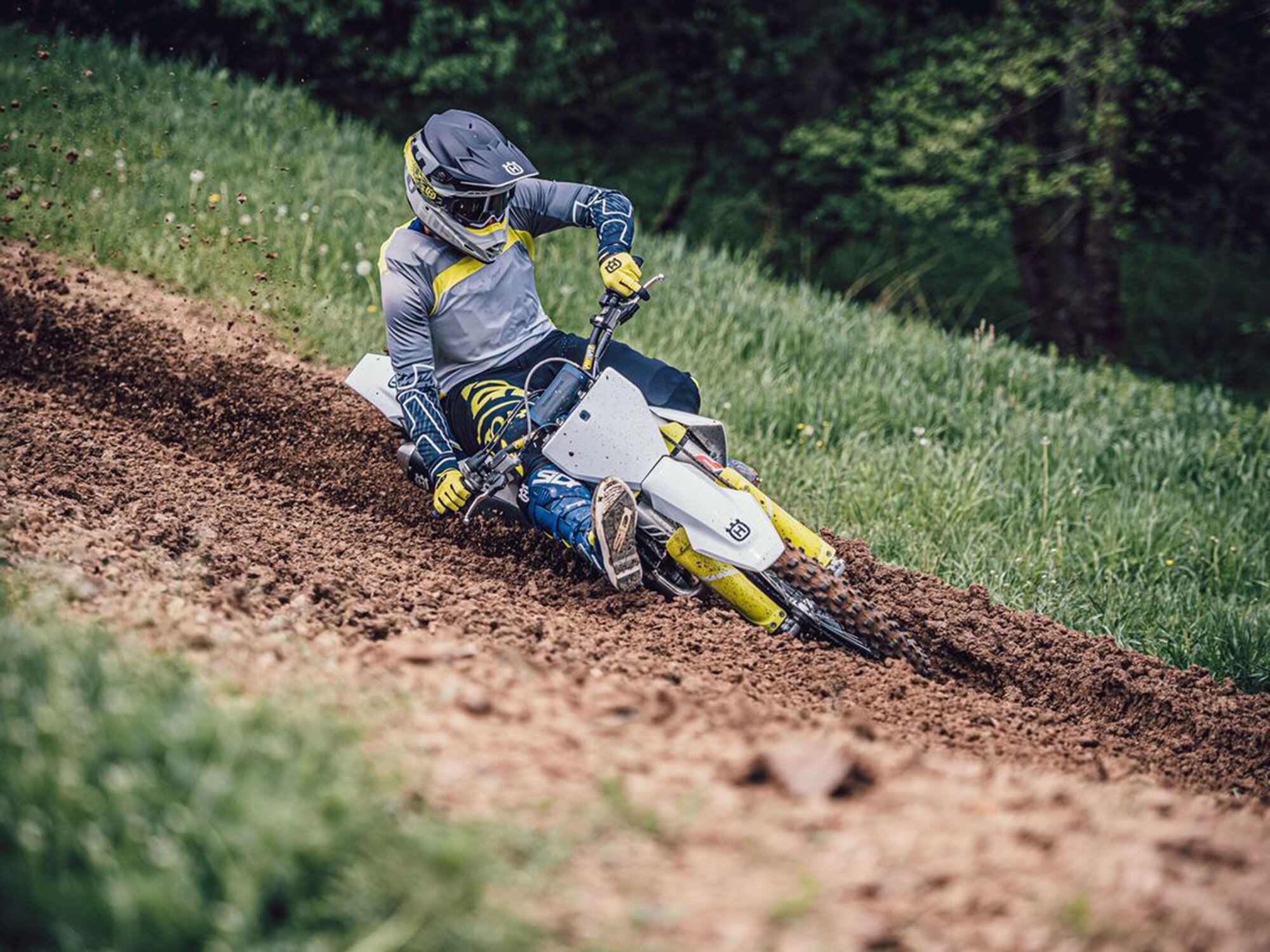
2021 Husqvarna FC 350 (Husqvarna/)Handling
Chassis and suspension setting improvements for this year’s model are impressive because these make the bike much easier to corner and ultimately, the pair works more cohesively. The FC 350 handled well in both smooth track and small-bump-riddled faster sections. For some, the suspension may be a tad soft, but the units are plenty adjustable. The front end is equipped with a 48mm WP Xact fork that is adjustable for air pressure, compression damping, and rebound damping while the rear WP Xact shock is adjustable for spring preload, high-/low-speed compression damping, and rebound damping.
Brakes
The braking power is firm, but still progressive. Fitted with a front two-piston Brembo caliper and rear single-piston Brembo caliper with 260mm and 220mm (front/rear) discs. According to our test rider, “The 220mm rear rotor is smaller in comparison to the Japanese bikes, which makes it easier to modulate.”
Fuel Economy and Real-world MPG
Real-world mpg is currently unavailable.
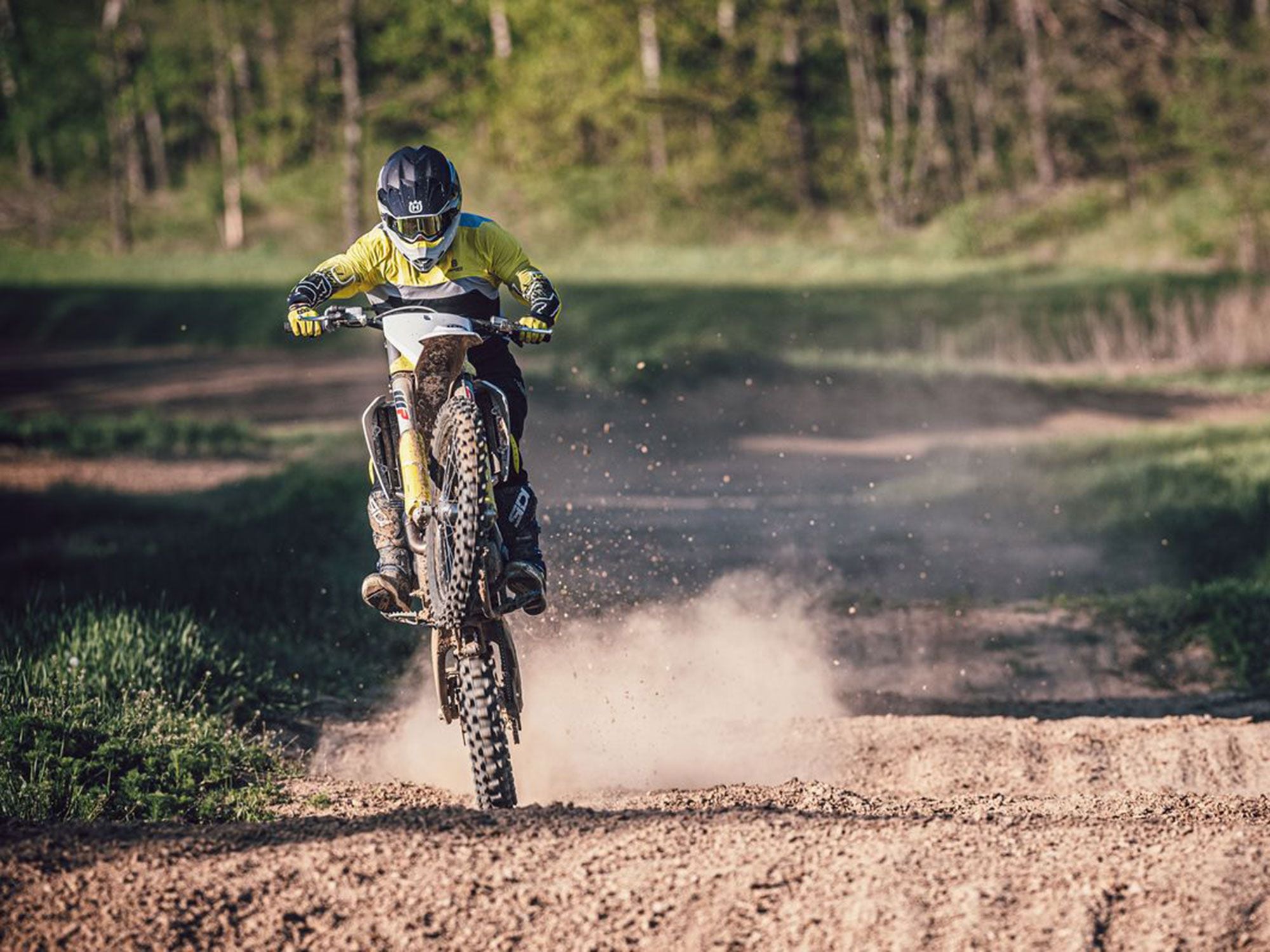
2021 Husqvarna FC 350 (Husqvarna/)Ergonomics: Comfort and Utility
The rider triangle remains very comfortable because the chassis is lower, not the seat. Seat height is listed at a claimed 37.0 inches.
Electronics
This Keihin EMS is integrated with launch control, traction control, and two selectable engine maps.
Warranty and Maintenance Coverage
Husqvarna’s FC 350 comes with a 30-day warranty coverage.
Quality
Our test rider said the FC 350 is a lot of fun to ride, in fact, it was quite possibly the most fun he has had on a Husqvarna to date. Props to Husky for the great job on the updates.
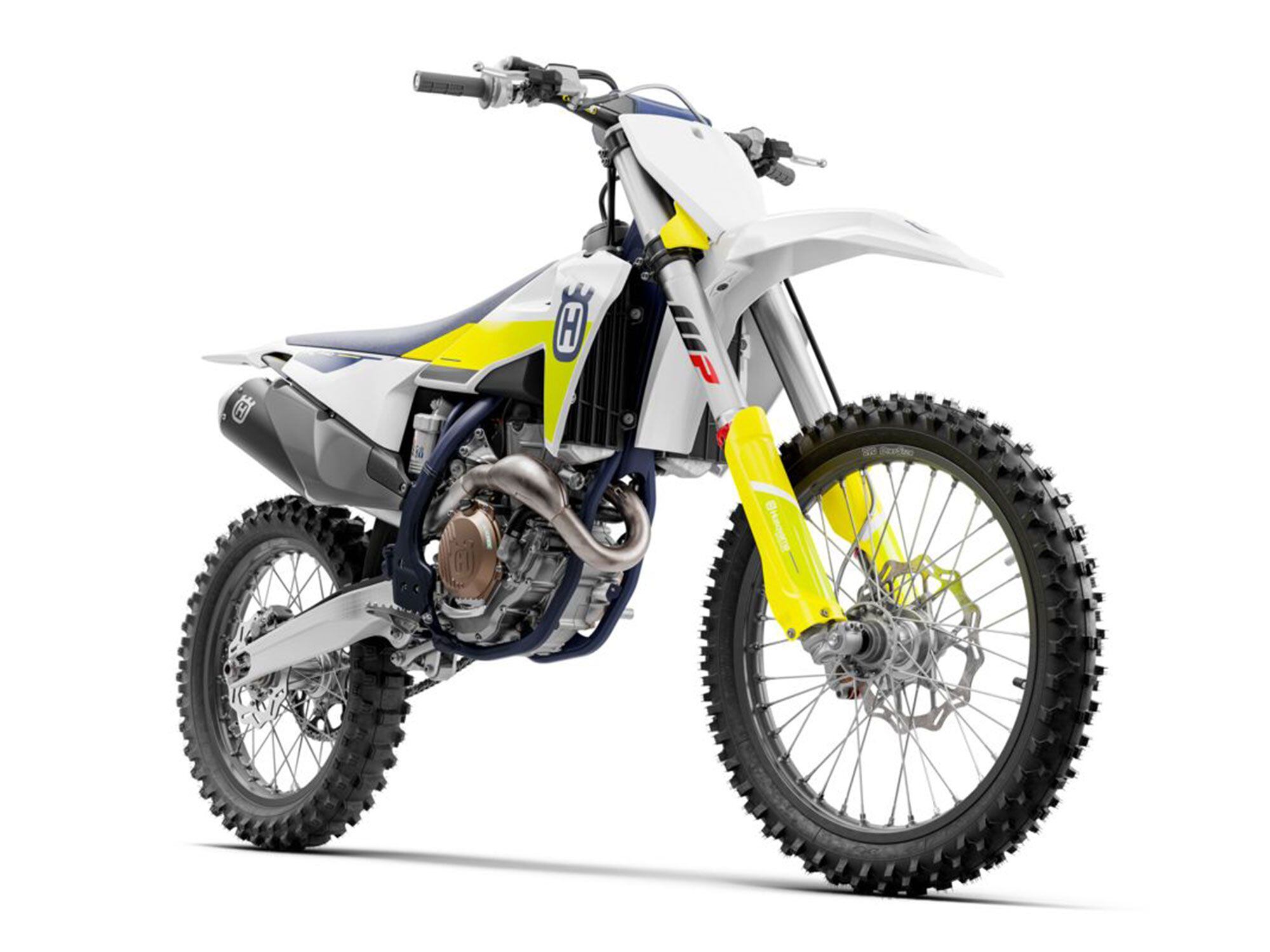
2021 Husqvarna FC 350 (Husqvarna/)2021 Husqvarna FC 350 Claimed Specifications
MSRP: $10,099 Engine: 350cc, DOHC, liquid-cooled, single-cylinder four-stroke Bore x Stroke: 88.0 x 57.5mm Transmission/Final Drive: 5-speed/chain Fuel Delivery: Keihin electronic fuel injection w/ 44mm throttle body Clutch: Wet, multiplate; hydraulically actuated Engine Management/Ignition: Keihin EMS Frame: Steel central double cradle Front Suspension: 48mm WP Xact fork, air pressure, compression damping, and rebound damping adjustable; 11.8 in. travel Rear Suspension: WP Xact shock, spring preload, high-/low-speed compression damping, and rebound damping adjustable; 11.8 in. travel Front Brake: Brembo 2-piston caliper, 260mm disc Rear Brake: Brembo 1-piston caliper, 220mm disc Wheels, Front/Rear: Spoked D.I.D wheels, 21 x 1.60 in. / 19 x 2.15 in. Tires, Front/Rear: 80/100-21 / 110/90-19 Rake/Trail: 26.1°/N/A Wheelbase: 58.5 in. Ground Clearance: 14.6 in. Seat Height: 37.0 in. Fuel Capacity: 1.9 gal. Wet Weight: 221 lb. (w/ all fluids except fuel) Contact: husqvarna-motorcycles.com -
Hello Emyy161,
Welcome to The Motorbike Forum. Please feel free to browse around and get to know the others. If you have any questions please don't hesitate to ask.
Why not tell us a bit about yourself too.
-
The 2021 Softail Slim is a classic-styled American cruiser that’s built upon—I’m sure you guessed it—Harley-Davidson’s Softail platform. Powering the Softail Slim is Harley-Davidson’s eight-valve Milwaukee-Eight Big Twin 107ci (1,745cc) engine, which is also seen in the current Softail Standard and Sport Glide as well as some Touring models. But what sets it apart? Stripped-down styling with cut-back fenders, floorboards, and relaxed ergonomics.
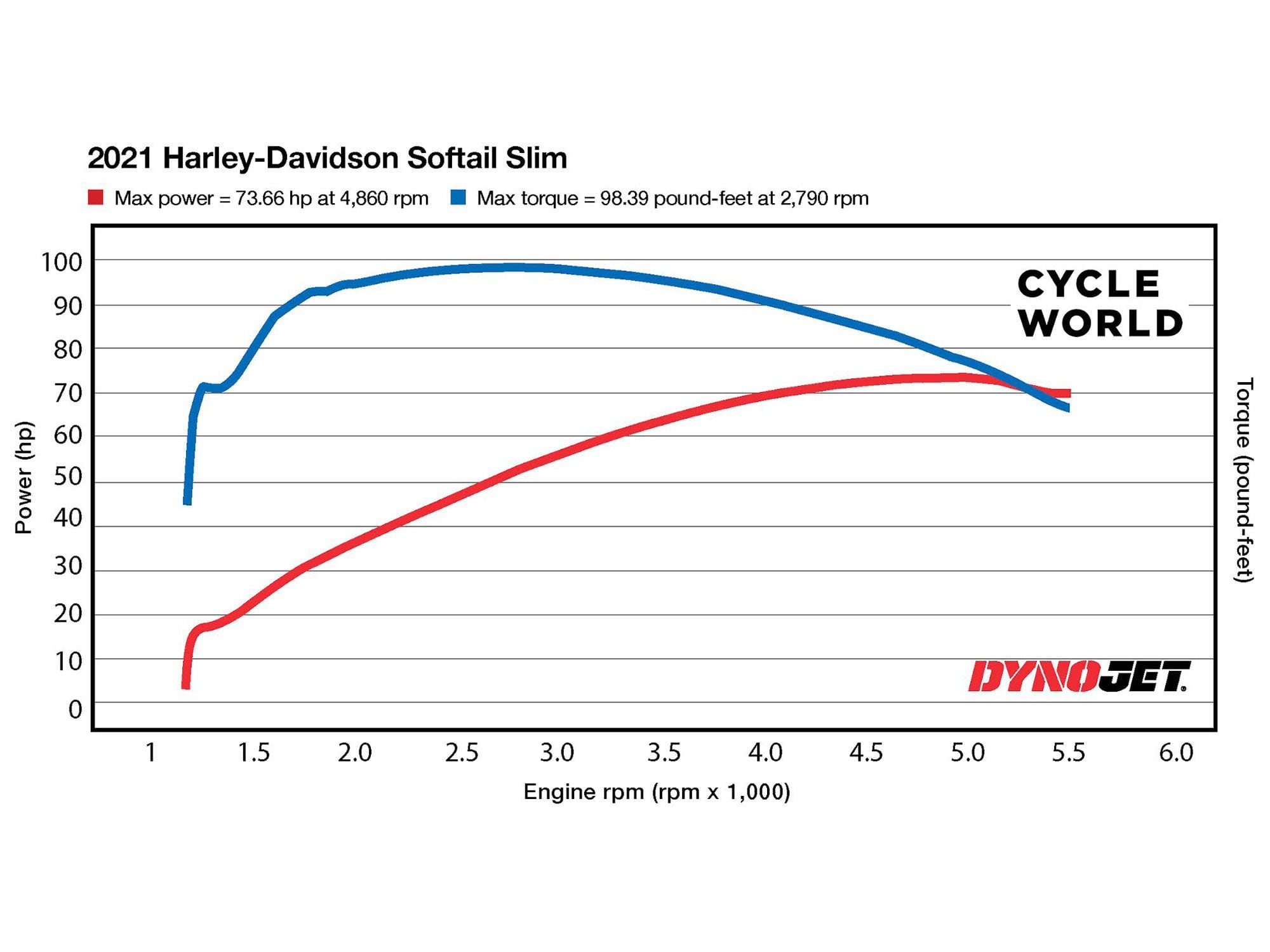
The 2021 Harley-Davidson Softail Slim produced a peak 73.66 horsepower at 4.860 rpm and 98.39 pound-feet of torque at 2,790 rpm. (Robert Martin/) We strapped the Softail Slim to our in-house Dynojet 250i dyno, recording horsepower and torque measurements ahead of an upcoming comparison test. The Harley-Davidson produced 73.66 peak horsepower at 4,860 rpm and has a very linear, rider-friendly delivery on the way there. Note the torque curve’s usability as it shoots up from 1,300 rpm and steadily climbs to its 98.39 pound-feet peak output at 2,790 before beginning to taper off at 3,000 rpm.
-
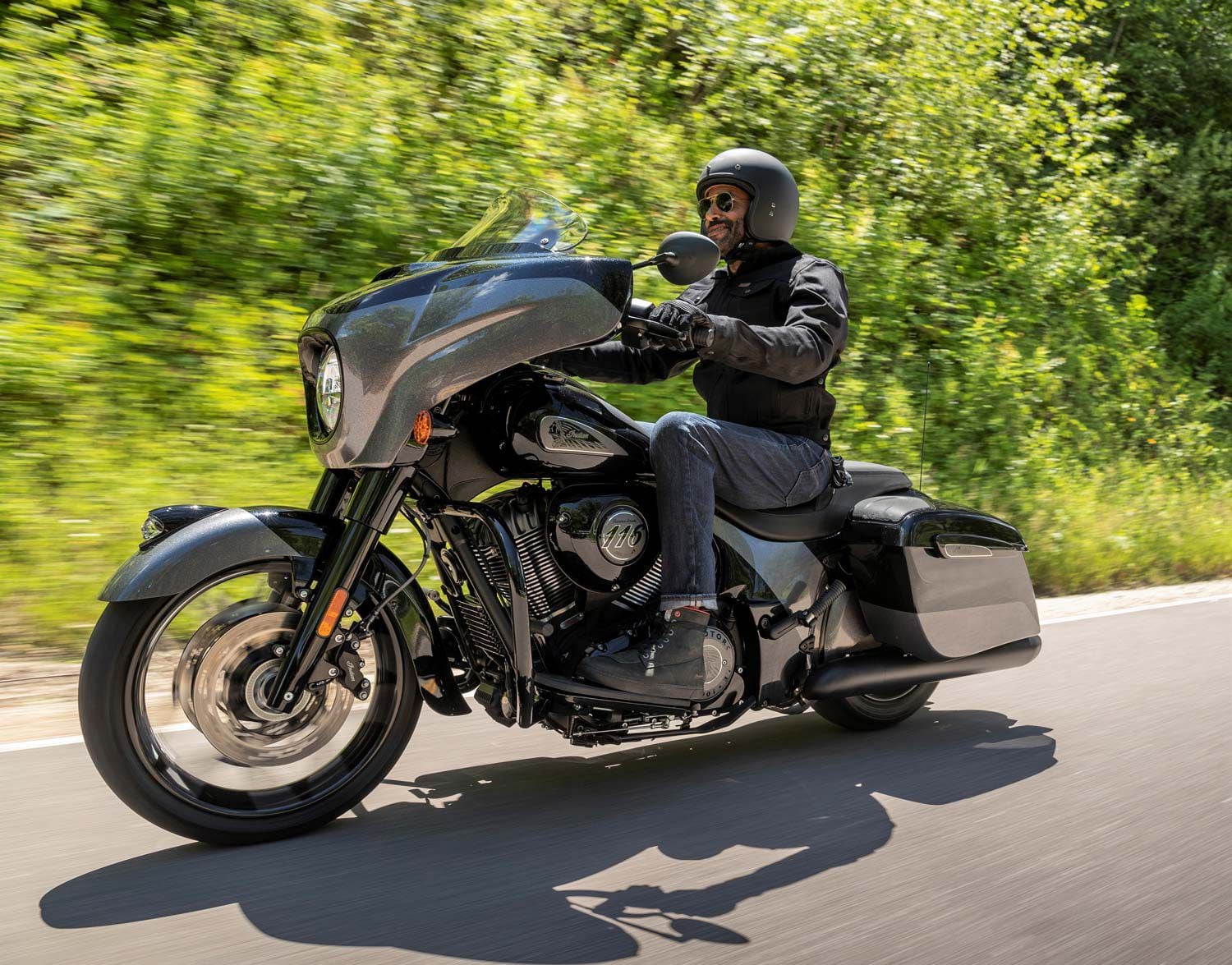
Indian’s Chieftain Elite bagger rolls into 2021 with the same, air-cooled Thunderstroke 116 engine and more subdued bodywork. (Indian Motorcycle/)Within the driblet of options available for fans of production ultra-premium V-twin baggers, your choice really comes down to just two brands—Harley-Davidson and Indian. At least if you’re concerned with things like robust electronic suites, full-blown touring amenities, factory support, and a classic lineage, Milwaukee and Minneapolis are the top contenders on a very short list. And with H-D already having dropped its 2021 bagger lineup, now it’s Indian’s turn in the spotlight; enter the 2021 Chieftain Elite, an ultra-premium, limited-edition bike that serves as the high point of the brand’s bagger portfolio.
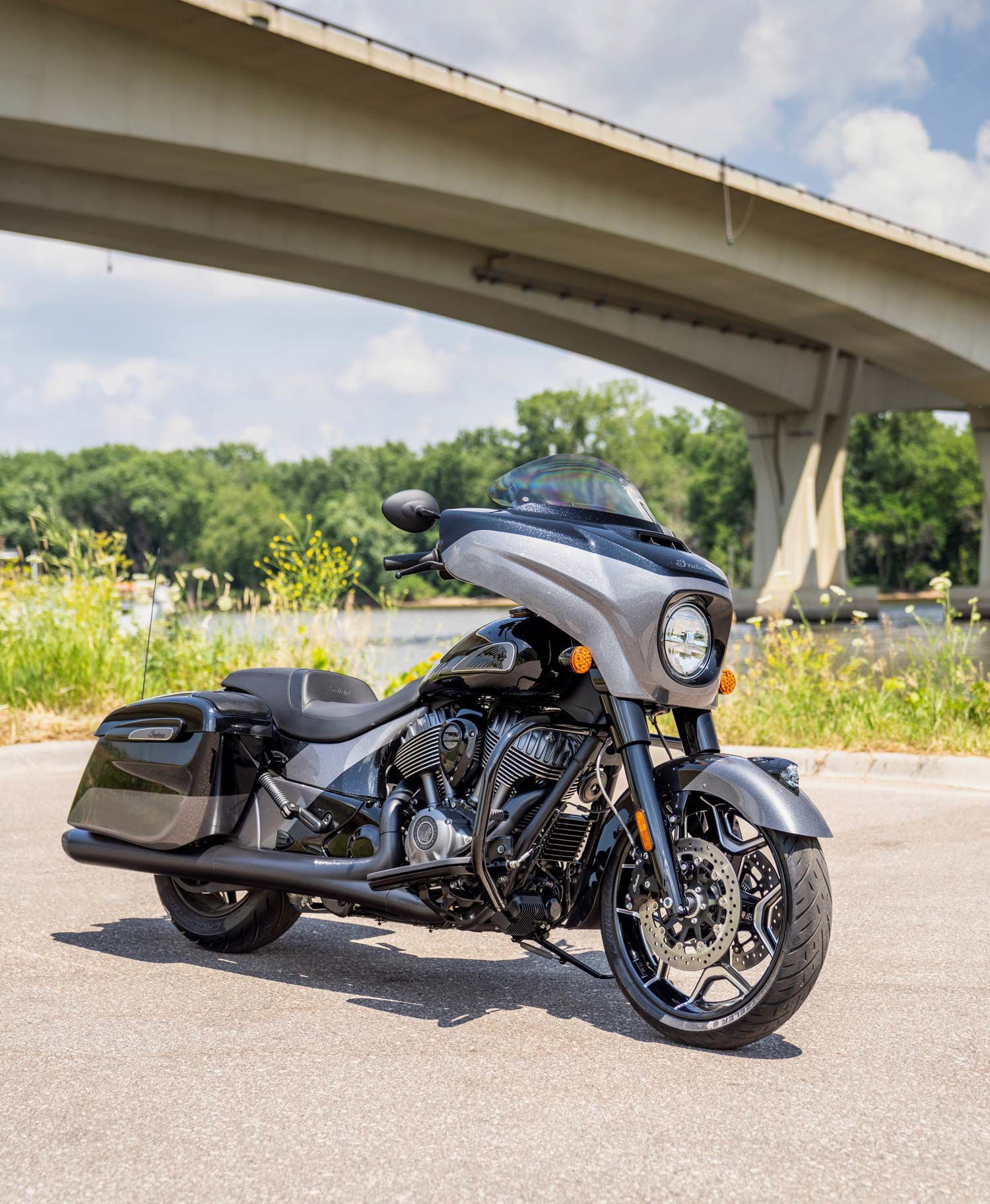
New look brings a more custom vibe, but the two-tone paint still requires 24 hours to apply by hand. (Indian Motorcycle/)Related Content: 2018 Indian Chieftain Elite
With its new, redesigned Chief debuting last month as a 2022 model, it doesn’t look like Indian will be giving any of the new-year Chieftain baggers that same level of updates; by way of example, the Chieftain Elite wears a 2021 model year designation and looks to be relatively unchanged from last year, which also means bikes will be available in dealerships right away. But that doesn’t mean Indian’s premium bagger is exactly the same; styling is more understated and “custom-inspired” for one thing, and for another, the 2021 Chieftain Elite is getting a limited run of just 120 units worldwide, making it Indian Motorcycle’s most exclusive Elite model yet.
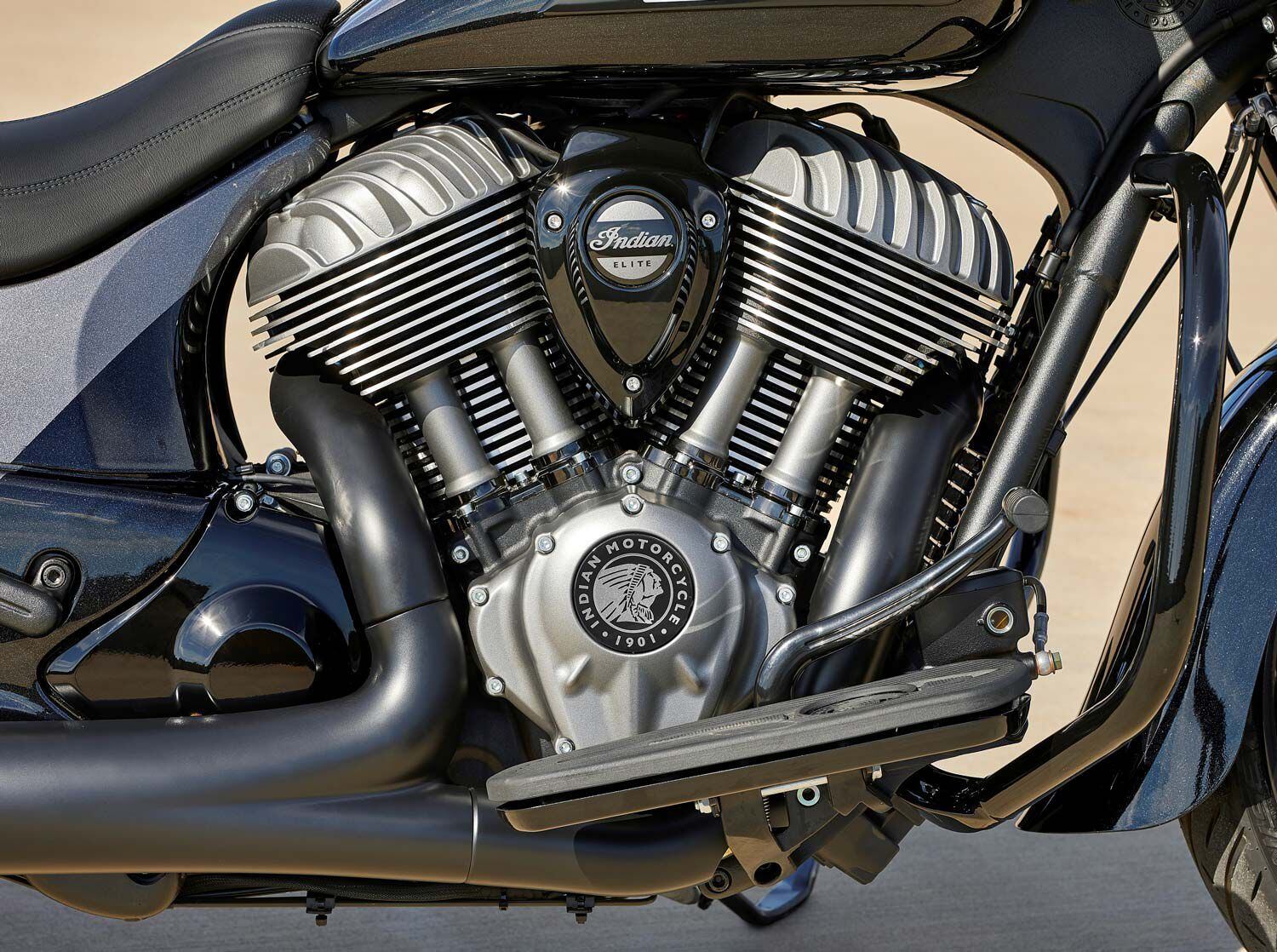
New Slate Smoke finishes on the Thunderstroke 116 air-cooled V-twin, and low-key badging throughout. (Indian Motorcycle/)The most apparent reshuffle on the new Elite is the change in attitude. Indian has dialed back the bling this year, giving the 2021 model a more subdued vibe than its lavishly accented predecessor, though you’re still getting a very luxe two-tone paint job; that’s a big part of Indian’s premium formula. The new Thunder Black Vivid Crystal over Carbon Crystal tones give the bike some gravity and seem to suggest that, hey, gallons of candy paint and gobs of chrome was so pre-pandemic; why don’t we take it down a notch or two. But we’ll still keep the war bonnet on the front fender.
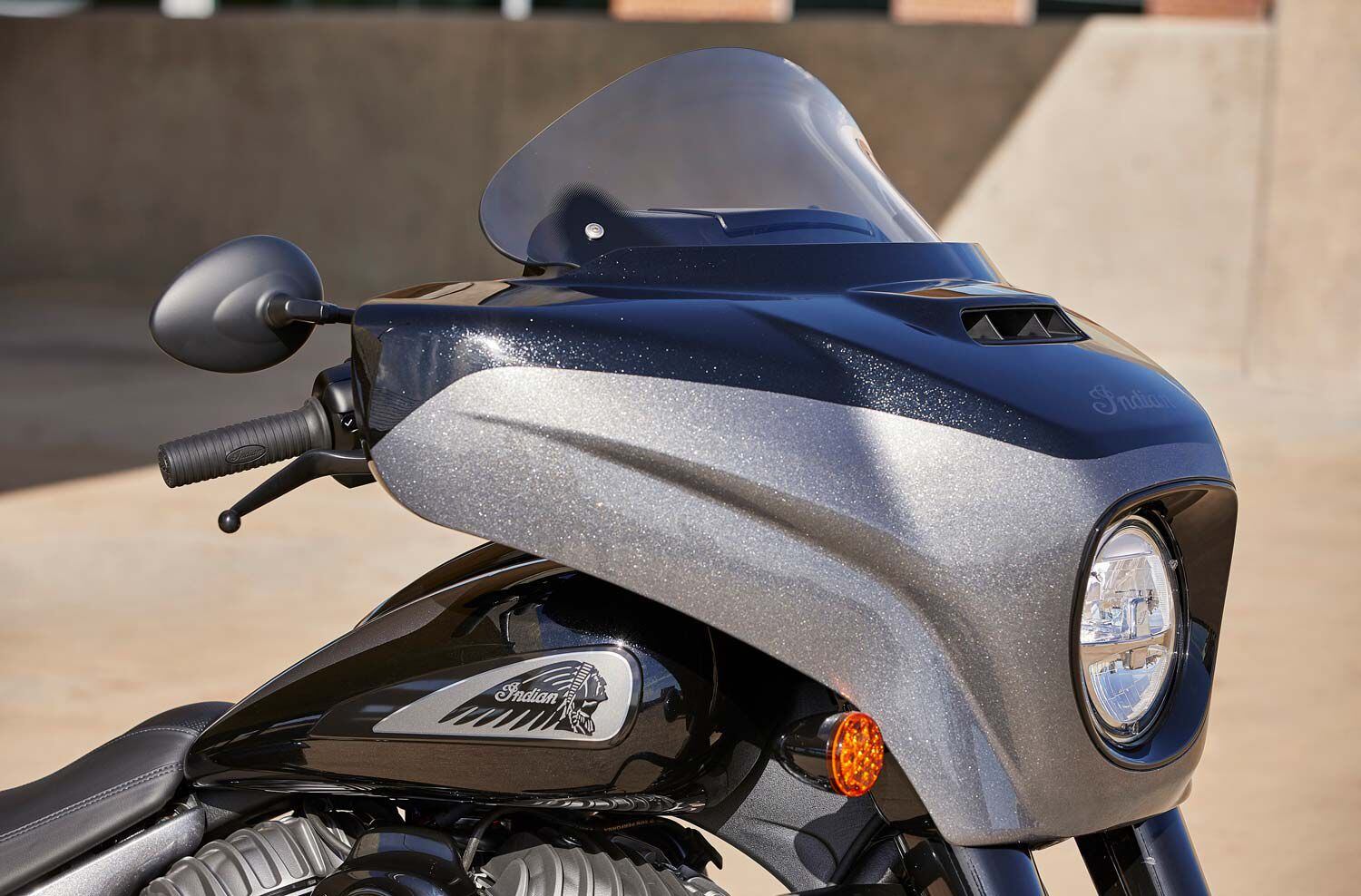
The adjustable tinted shield and streamlined fairing also return unchanged for 2021. (Indian Motorcycle/)That doesn’t mean the current Chieftain Elite’s paint process is any less meticulous; Indian claims it’ll require more than 24 hours to carefully lay down those colors by hand, and the gunmetal flake layered within the paint gives things a bit more punch and depth. This time around the engine finishes are done in a dusky Slate Smoke, giving the whole bike a more street vibe. The shapes and silhouettes keep their familiar lines, but that new color scheme tricks the eye a bit, with the streamlined fairing and slammed saddlebags taking on a harder edge. The custom vibe is further amped by the lowered suspension and more exposed 19-inch front wheel rolling under an open fender, though that in itself isn’t anything new. Same goes for the two-up Rogue seat and color-matched badging you’ll spy around the exterior (though these too seem less gaudy than in years past).
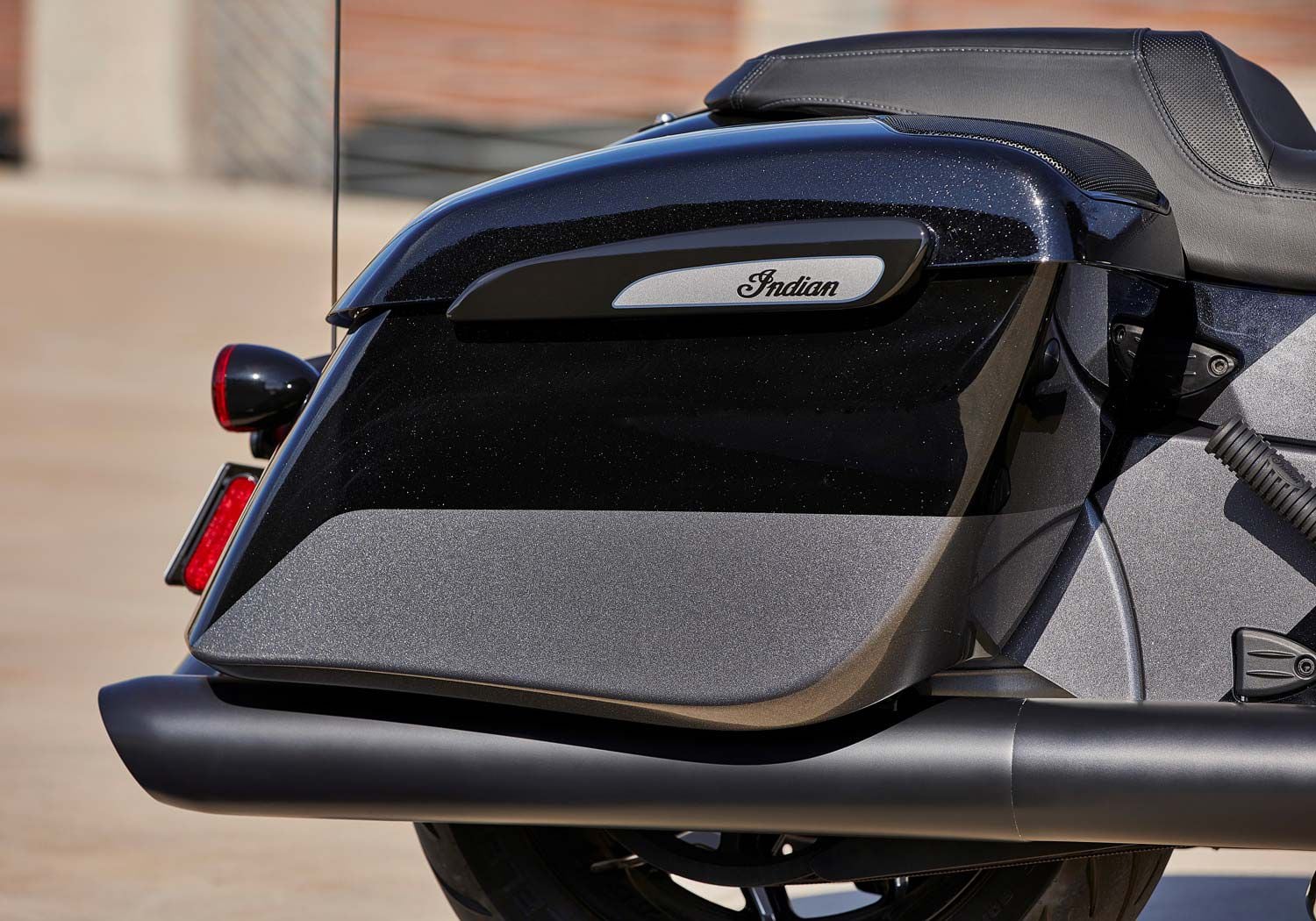
Lockable and weatherproof saddlebags give you 18 gallons of capacity. (Indian Motorcycle/)Last year’s Chieftain saw the new Thunderstroke 116, and Indian’s most powerful air-cooled engine returns again this year complete with its (claimed) 126 pound-feet of torque and rear cylinder deactivation to help manage heat at lower speeds. And you still get three selectable ride modes—Tour, Standard and Sport—allowing you to dial in the throttle response to your preference.
Given that it’s Indian’s flagship bagger model, some measure of high-end factory gear is to be expected on the Chieftain Elite, so you’ll find amenities like full Pathfinder LED lighting, a tinted flare windshield with push-button power, large floorboards, and an integrated 400-watt audio system with a big punch and superior sound quality, all standard. Also taking center stage is the handy 7-inch Ride Command infotainment system with available weather and traffic overlays and Apple CarPlay integration; other standard bits include ABS, keyless ignition, tire pressure monitoring, and weatherproof and remote-locking saddlebags offering more than 18 gallons of cargo capacity.
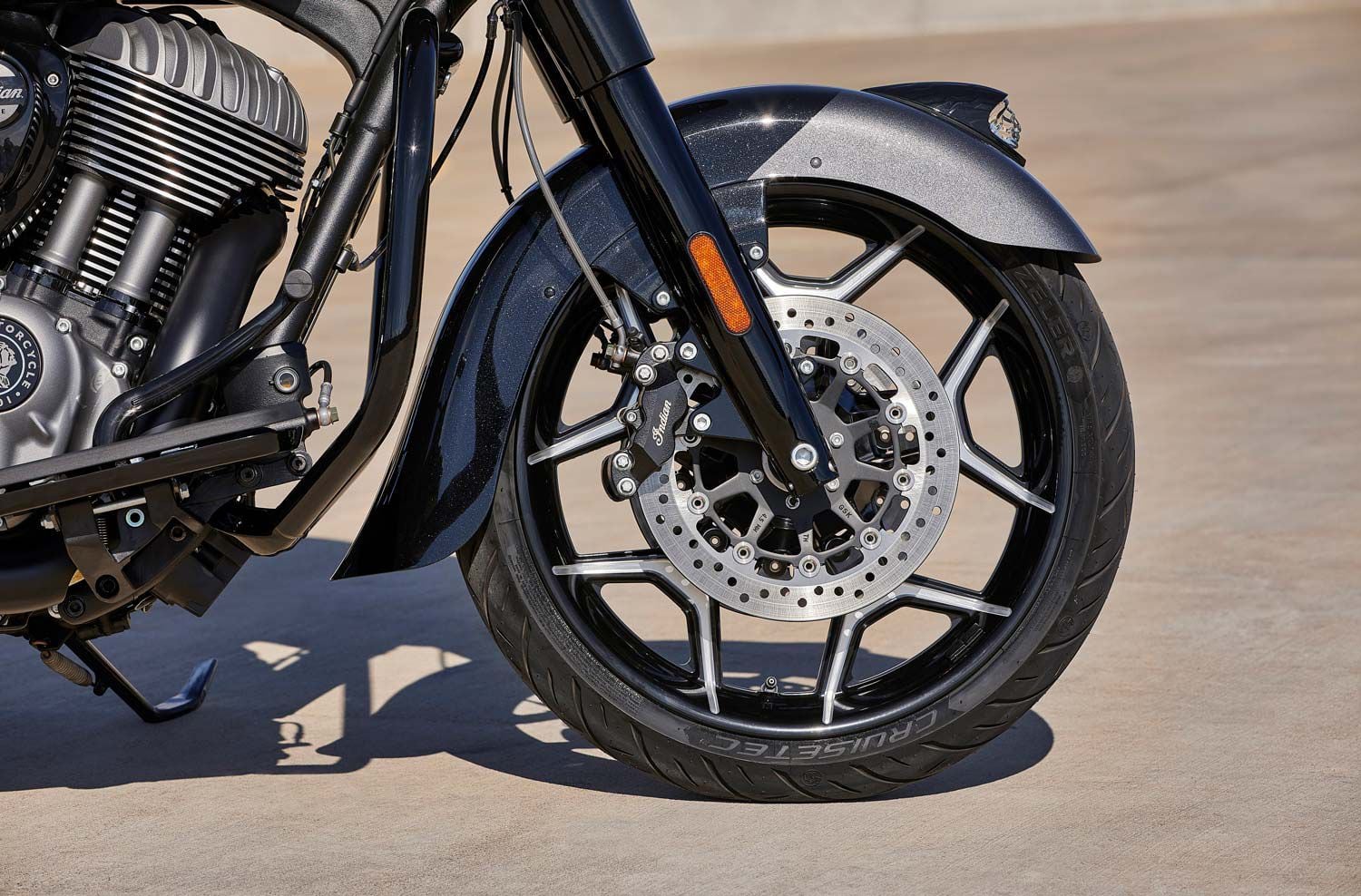
The 10-spoke machined contrast-cut design is said to make the wheel look even bigger under that open fender. (Indian Motorcycle/)Accessories? Funny you should ask. Indian isn’t holding back in that regard, offering a full complement of add-ons for touring and comfort (handlebars and seats, a color-matched, remote-locking trunk and color-matched hard lower fairings with adjustable air vents, and more) as well as for pumping up the performance (Thunderstroke 116 Stage 1 and Stage 2 kits, the Stage 1 Slip-on Exhaust Kit, and Stage 1 Oval Slip-on Muffler Kit, and much more).
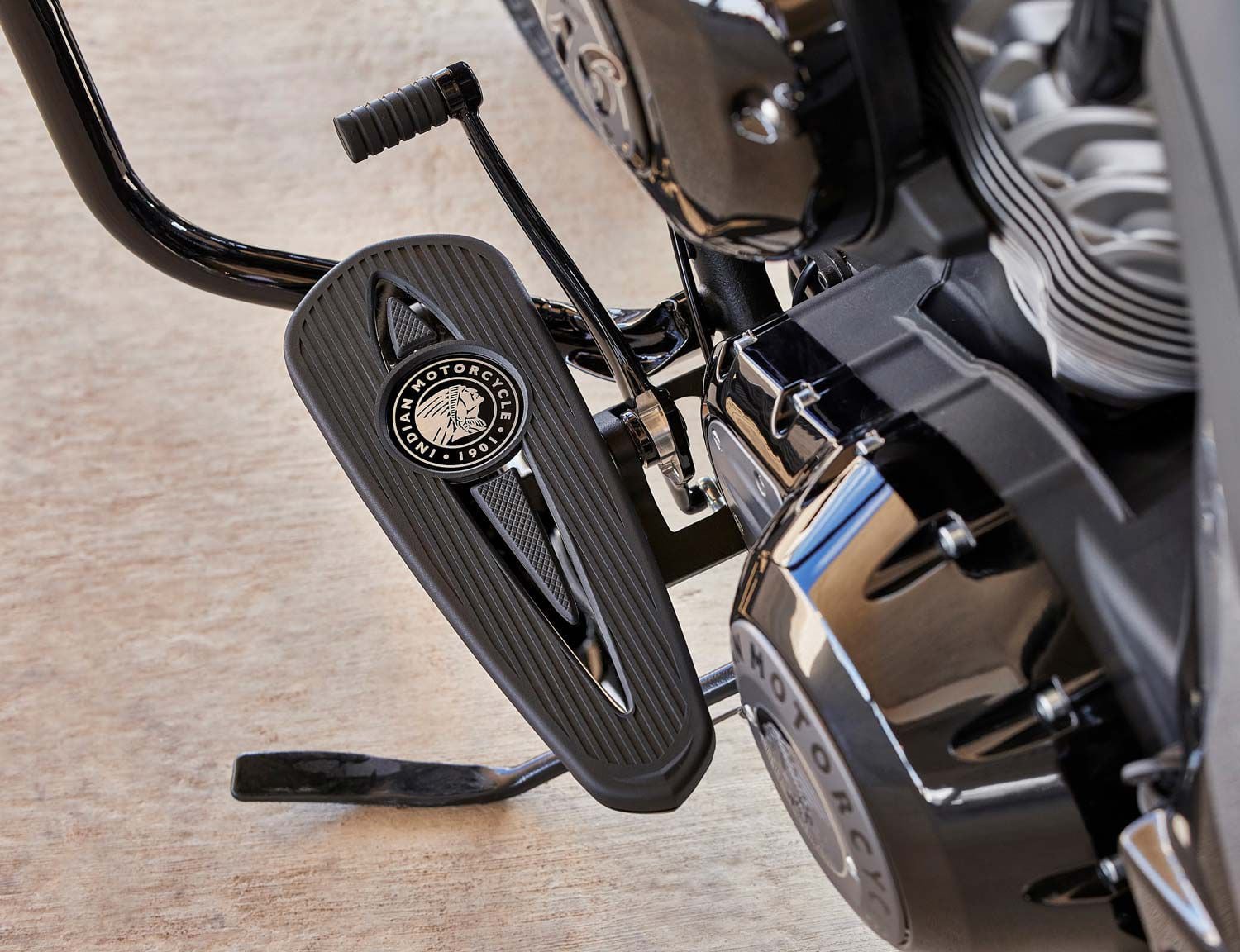
Large floorboards accommodate easy movement on the bike. (Indian Motorcycle/)Even better news is the fact that Indian hasn’t hiked the price for the new model; you’ll pay (a still lofty) $34,999 for the Chieftain Elite. But that’s before you even start going down the rabbit hole of adding accessories, which will jack things up in a hurry.
But even without any real updates or changes to speak of, the new Chieftain Elite is a handsome, well-appointed machine, and if you’ve got the cash—or just the curiosity—it’s in dealers now.
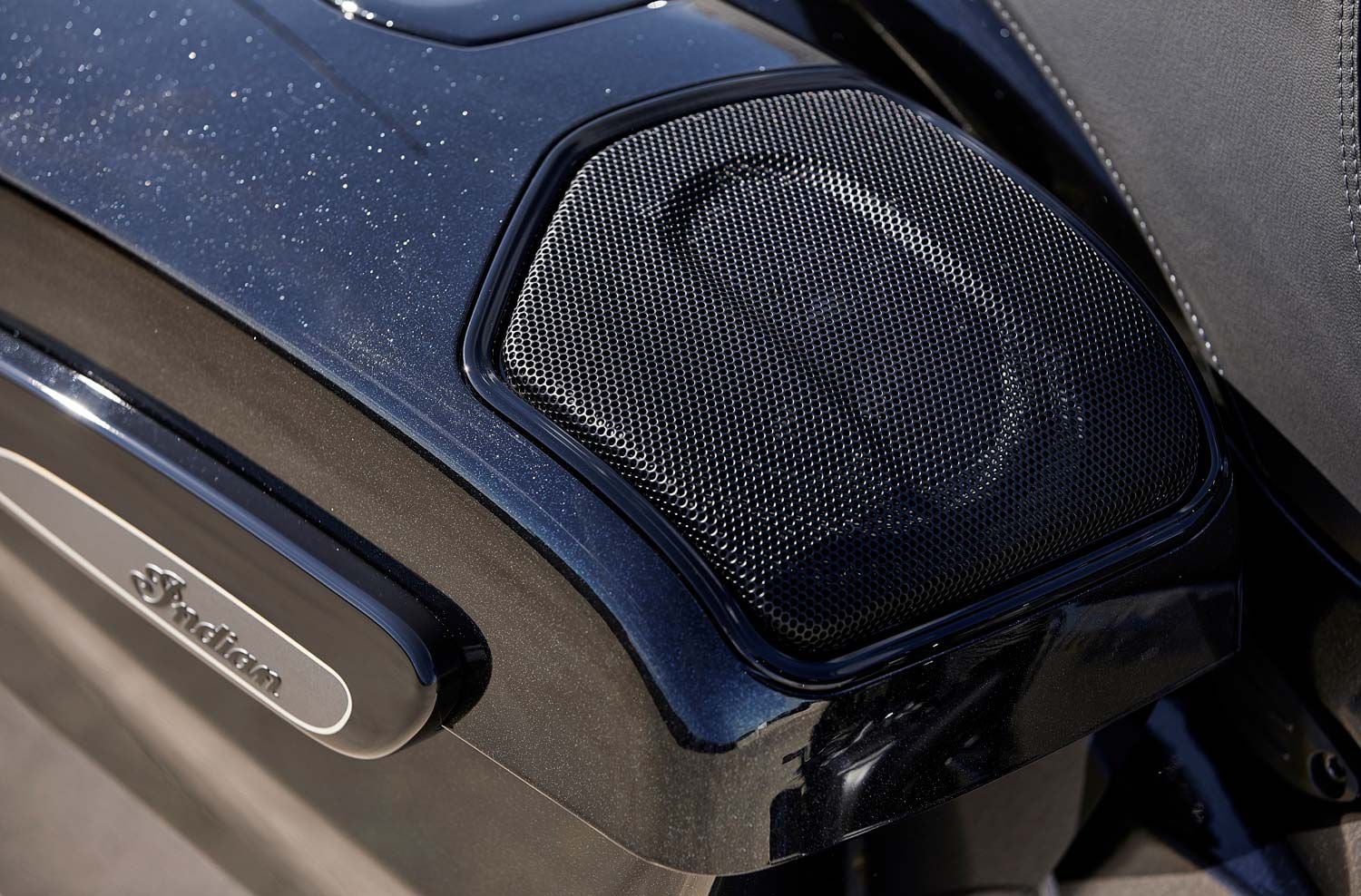
Standard 400-watt audio system includes integrated speakers in fairing and saddlebags. (Indian Motorcycle/)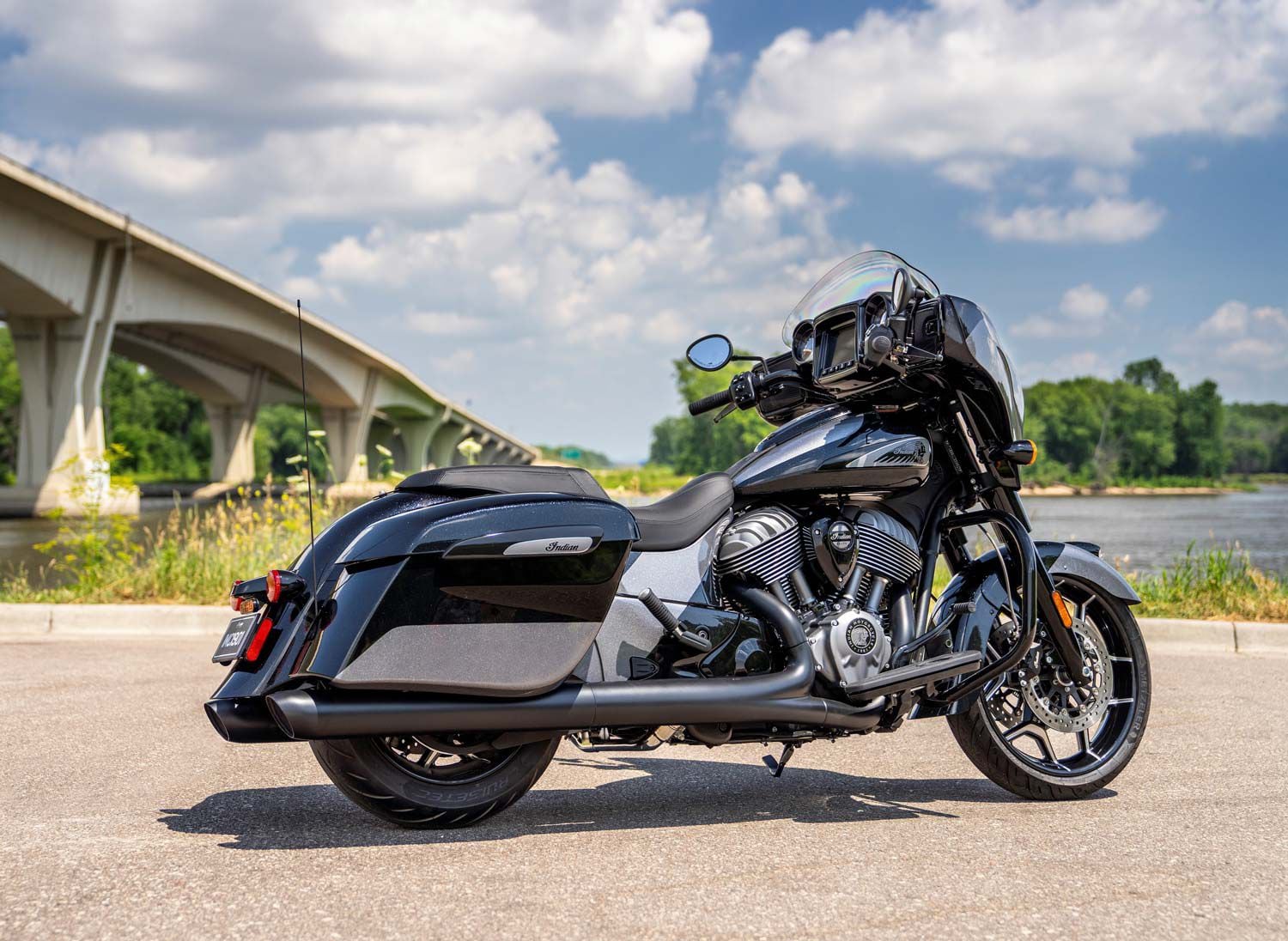
The 2021 Chieftain Elite as seen from the back. (Indian Motorcycle/) -
Hello Tricky,
Welcome to The Motorbike Forum. Please feel free to browse around and get to know the others. If you have any questions please don't hesitate to ask.
Why not tell us a bit about yourself too.
-
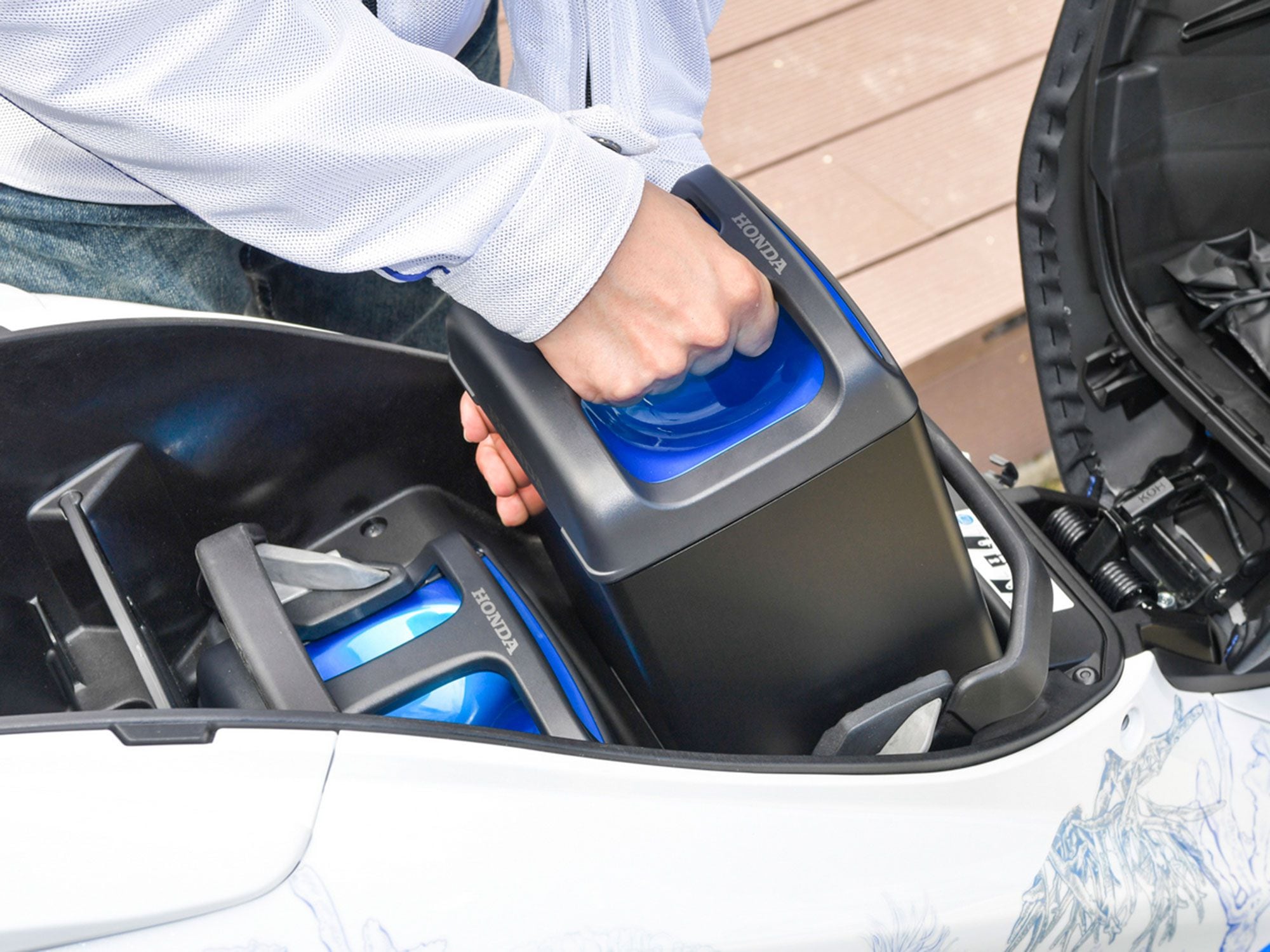
Four of the biggest motorcycle manufacturers are joining forces to develop a universal standard for swappable electric batteries. (Honda/)While the world is increasingly aligned in the belief that electric vehicles are going to replace combustion-engined machines in the years to come, there are still huge questions over how to implement the changeover and what the supporting infrastructure should look like. Now four of the world’s most powerful motorcycle makers have signaled their intention of banding together to develop a universal standard for swappable electric motorcycle batteries, in a move that could bring a new level of clarity to how the future will look.
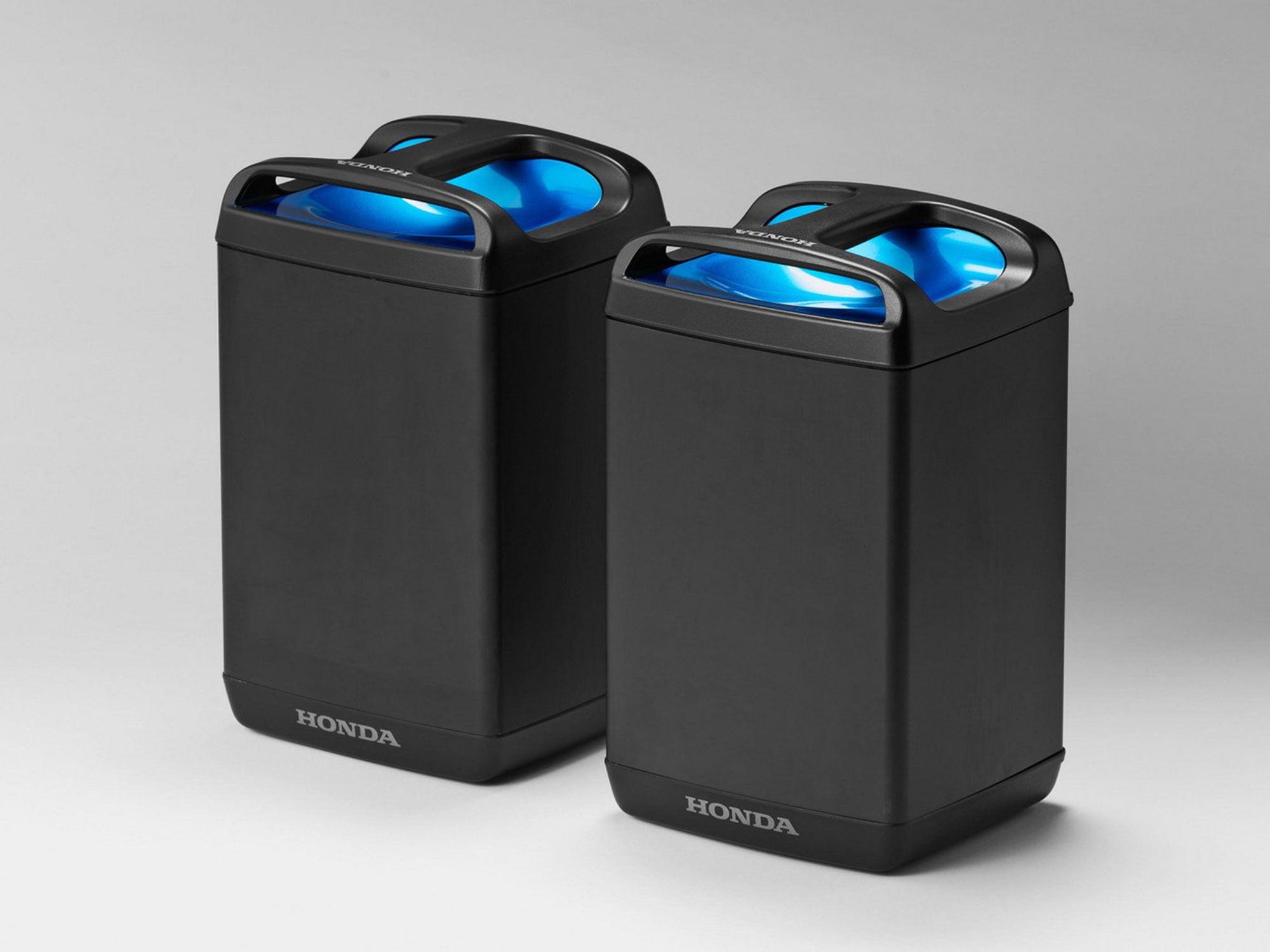
Swappable batteries like these on Honda’s PCX scooter could potentially solve the issues of range anxiety, weight, and even performance. (Honda/)Electric bikes are becoming increasingly convincing mobility tools, whether you’re looking at low-performance scooters for urban use or high-end machines that capitalize on the instant torque and acceleration that electric power offers, but the challenge of recharging remains a significant hurdle. Among those urban users who might benefit most from electric scooters, many don’t have access to garages or off-road parking, making recharging at home impossible, and riders looking to use electric motorcycles for longer, faster trips away from cities are inevitably put off by the limited range and slow recharging of the current crop of machines.
RELATED: 2021 Electric Motorcycles With the Best Range
Swappable batteries are potentially the answer for both groups, but for the idea to be a success it’s essential that manufacturers hammer out a standardized battery pack to allow for the setup of widespread infrastructure. It’s not a new idea; we’re all used to the idea of standardized battery cells in consumer electronics. However, that acceptance did not come quickly; the original D cell has been with us since 1898, the AA emerged in 1907, and the AAA appeared in 1911, but it took decades before each was accepted as standard. By creating an alliance to develop standardized swappable motorcycle batteries, Honda, KTM (and its Husqvarna subsidiary), Piaggio, and Yamaha are hoping to speed up that process.
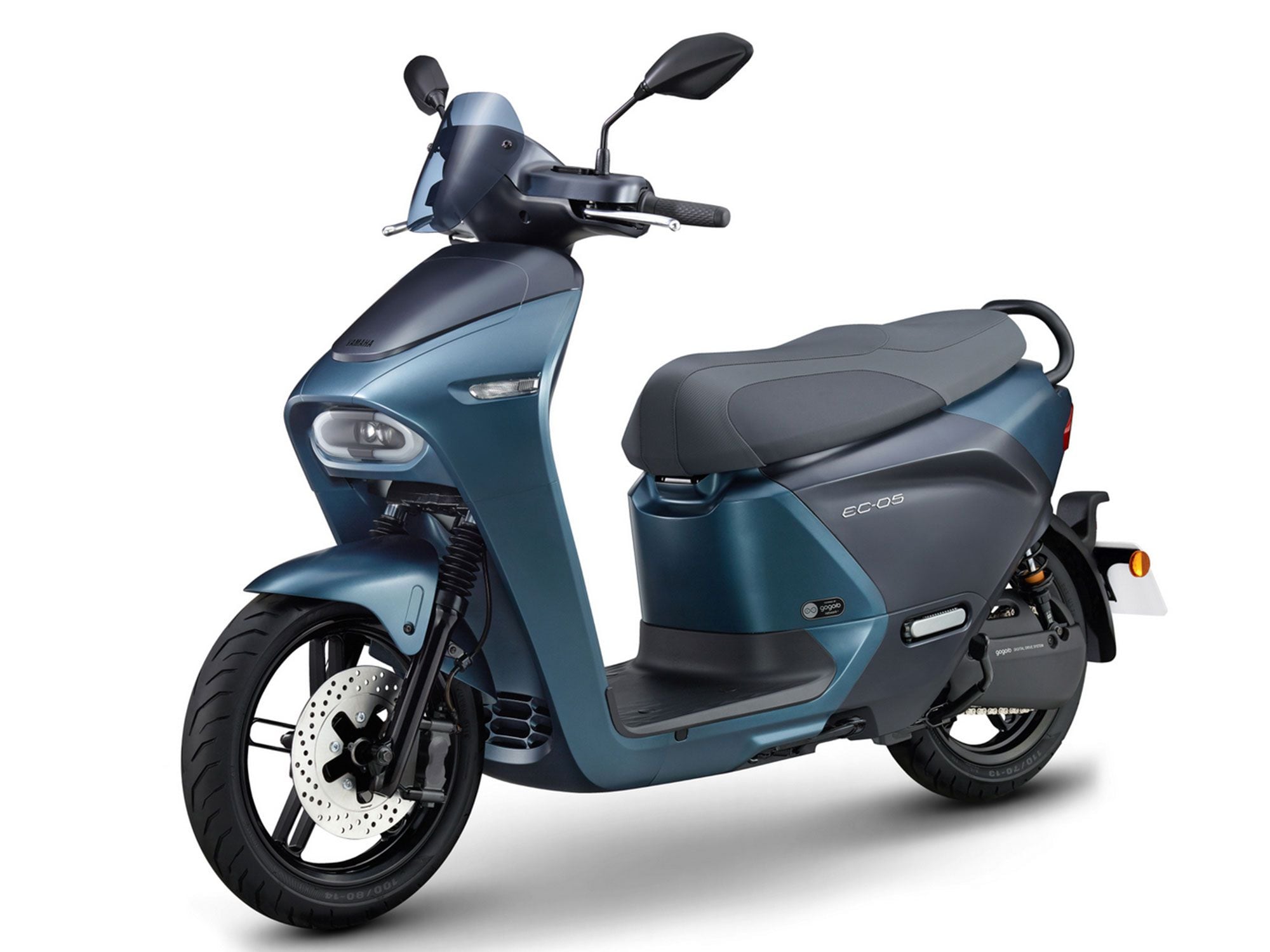
Yamaha’s EC-05 scooter already utilizes a swappable battery network based on a Gogoro design. (Yamaha/)Swappable batteries were once seen as the solution for all sorts of electric vehicles—even Tesla originally wanted to create a network of automated stations that would remove the batteries from the underside of its cars and replace them with freshly charged versions. But for cars the idea has failed to take off, thanks largely to the sheer size of the packs and the specific shapes each required to suit their corresponding vehicle.
For bicycles the idea has been much easier to achieve. In Taiwan, electric scooter firm Gogoro already has a network of more than 2,000 GoStations where you can swap your bike’s battery for a fresh one, instantly replenishing its range for a small fee. Yamaha’s own electric scooter, the EC-05, is based on the Gogoro design, and Honda has been pursuing swappable batteries with its PCX electric scooter (available in parts of Asia), hoping to create an infrastructure for universal battery packs that can be used in scooters, bikes, quads, and even lawn mowers.
Piaggio’s Vespa Elettrica uses a removable battery pack too, and KTM’s E-Ride models have featured swappable batteries for several years. So all the firms involved in the new consortium are clearly convinced that the idea is a good one, and a standardized battery that they could all share would make it much better.
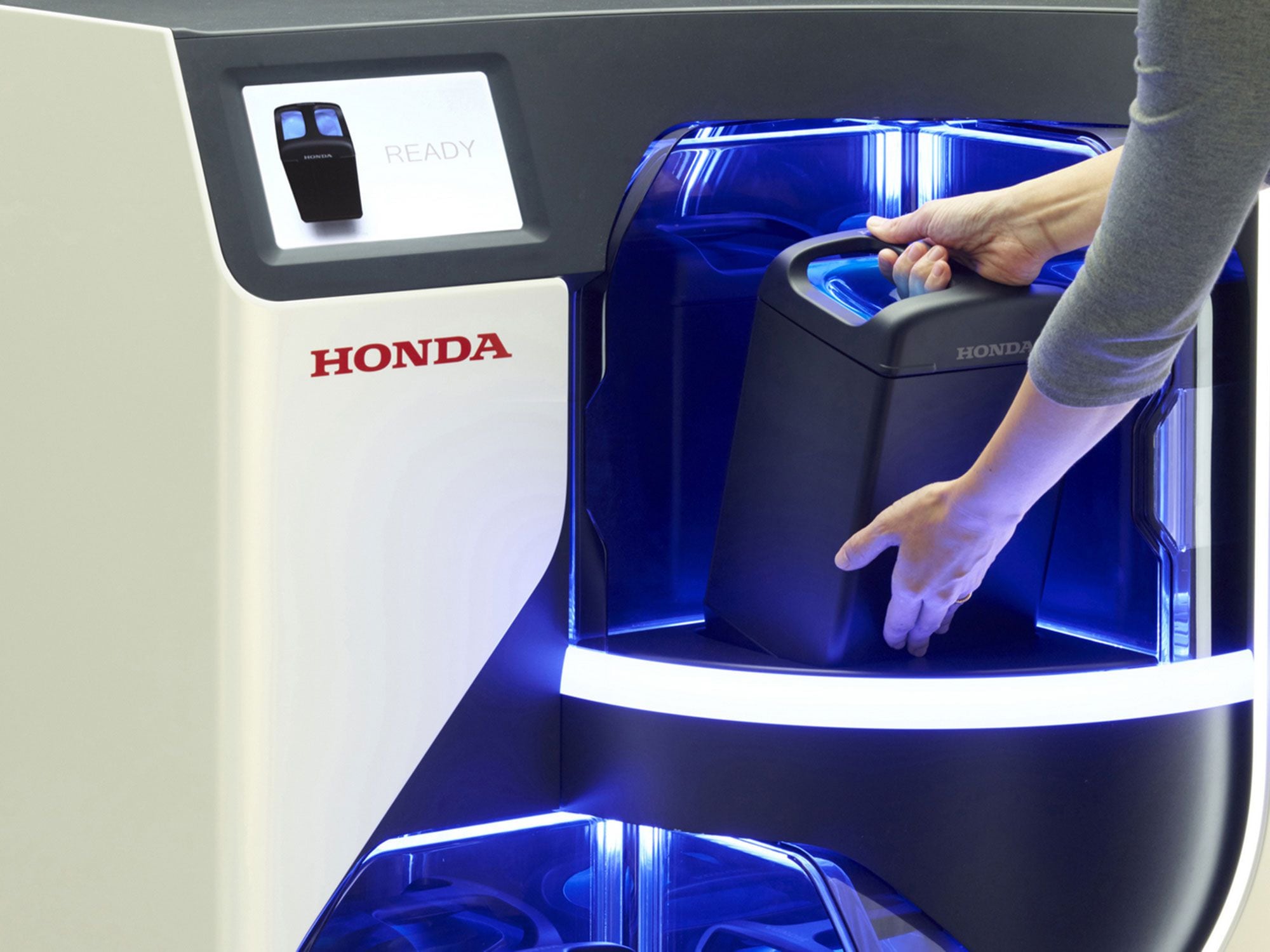
Standardized batteries would allow for a more accessible charging infrastructure, perhaps utilizing something like this swap setup. (Honda/)The advantages of a swappable battery go beyond simple convenience. In theory it’s relatively simple to set up a support infrastructure—perhaps by installing battery swap and charging facilities at existing gas stations—and once buyers are confident that a fully charged battery pack is always within reach, the problem of range anxiety evaporates.
You might, for instance, be unwilling to buy an electric bike with a 100-mile range if it’s going to take an hour or more to replenish the battery, but if you could swap in a fresh pack in a matter of seconds, it’s no longer such an off-putting issue. From there, the benefits spiral in a virtuous circle: The bike can be smaller and lighter, achieving the same performance from a less energy-hungry motor and thus increasing its range. Less weight also means better handling, while a smaller battery pack gives the potential for greater luggage space.
What’s more, separating an electric bike from its battery means you’re not going to be left behind as battery technology improves. Provided the newer, better cell still meets established standards in terms of size, shape, connections, and voltage, your bike actually improves on pace with technology. Similarly, the use of standard cells means multiple types of bike should be able to benefit. A moped-sized model might use a single battery pack, a scooter may have two, while larger, longer-range bikes could have three, four, or more of them.
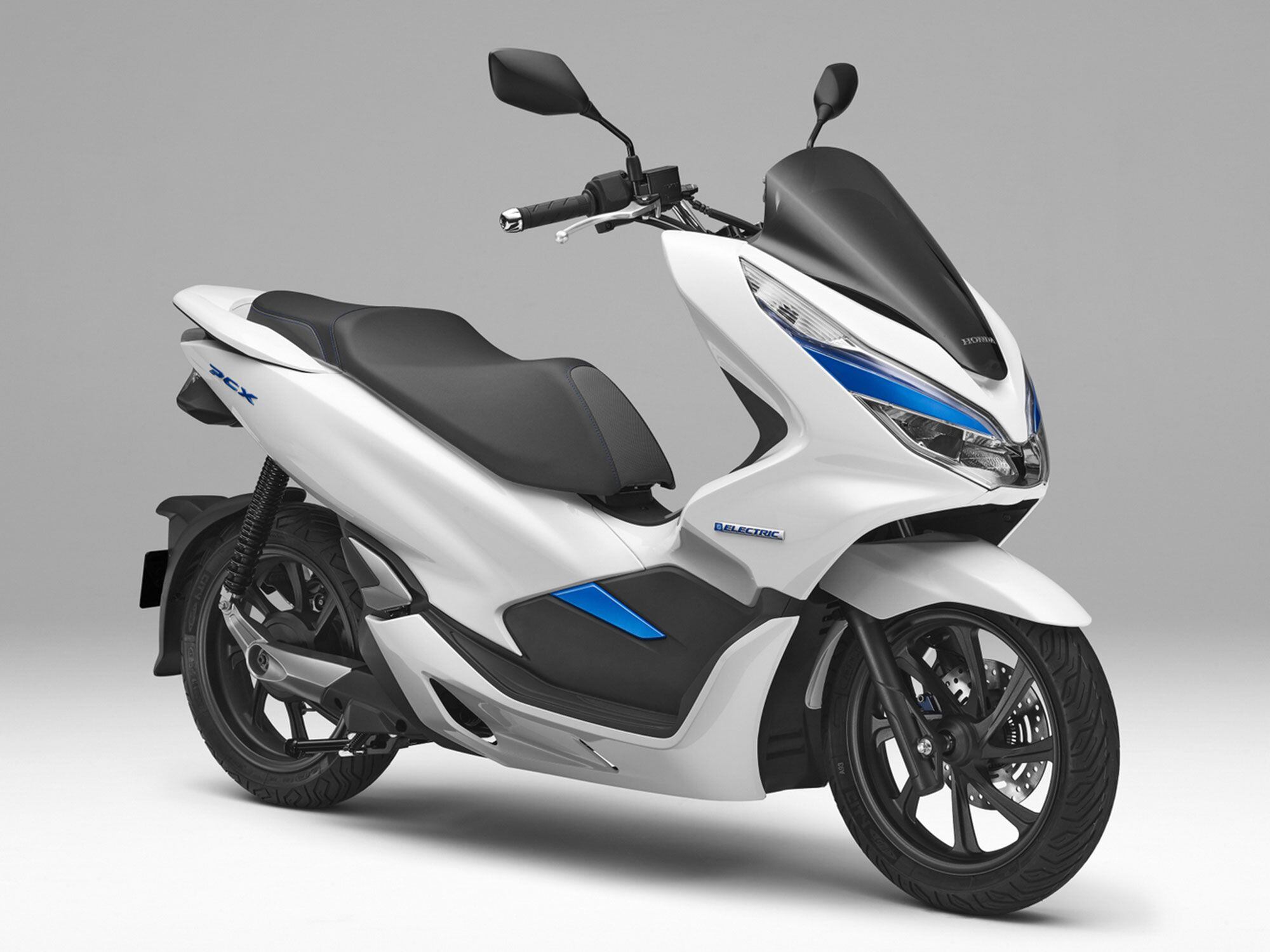
Besides convenience, removable batteries also mean your vehicle will more readily keep up with advances in technology. (Honda/)Speaking about the new consortium, which is due to start work later this month, KTM’s CEO Stefan Pierer said: “Sustainability is one of the key drivers to the future of mobility, and electrification will play a major role in achieving this goal. For powered two-wheelers the constraints of electric drivetrains regarding range, charging time, and initial cost are still evident. To overcome these challenges and provide a better customer experience, a swappable battery system based on international technical standards will become a viable solution. Considering the entire life cycle, a widespread application of batteries compliant with a common standard will support secondary use as well as circular economy. We are glad to be part of the Consortium as we strive toward our goals in the emobility sector.”
Noriaki Abe, managing officer, Motorcycle Operations at Honda, adds: “The worldwide electrification effort to reduce CO2 on a global scale is accelerating, especially in Europe. For the widespread adoption of electric motorcycles, problems such as travel distance and charging times need to be addressed, and swappable batteries are a promising solution. Considering customer convenience, standardization of swappable batteries and wide adoption of battery systems is vital, which is why the four member manufacturers agreed to form the Consortium.”
Yamaha’s Takuya Kinoshita, chief general manager of Motorcycle Business Operations, concludes: “I believe the creation of this Consortium holds great significance not just for Europe but the world as we move toward establishing standards for swappable batteries for light electric vehicles. I’m confident that through work like this, the technical specs and standards that currently differ by regional characteristics or the state of the industry in different markets will be unified, and, in the future, will help lead toward maximizing the merits of electric power for customers on a global level.”
-
-
Here are two of Evan Grosswirth’s rides, one built in France and one built in Van Nuys, California. As a kid, Grosswirth was folding sheet metal and hanging on the fence watching roadraces. (Evan Grosswirth/)In 1979, 23-year-old Evan Grosswirth rode his 1978 Kawasaki KZ1000 to Loudon, New Hampshire, and was blown away by what he saw: roadracing. He knew he had to try it. By 1981 he had been hired by Lockheed Martin in Southern California and entered in his first AFM roadrace at Riverside International Raceway.
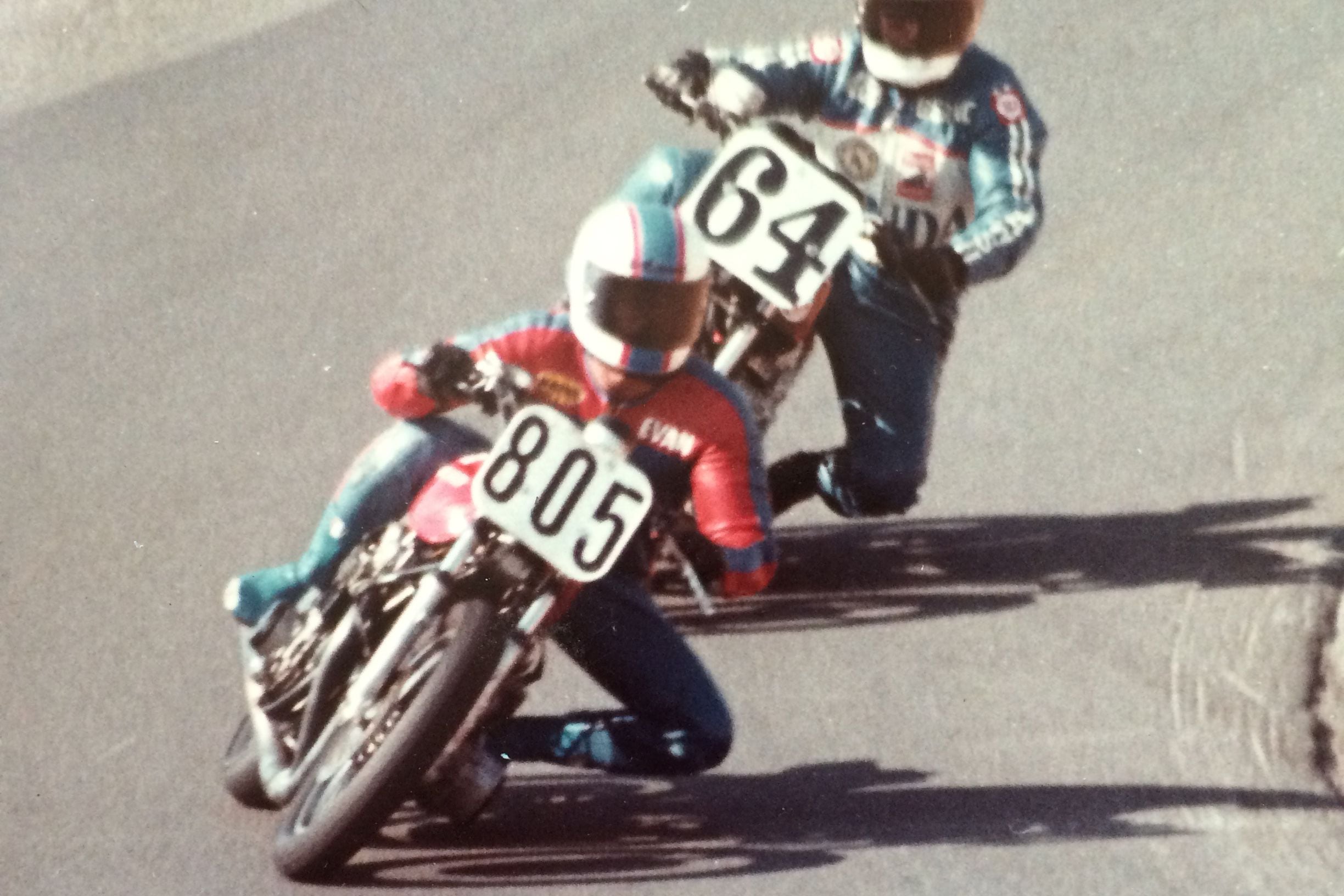
Grosswirth (805) leading Bernd Koegler at Riverside during an AFM race in 1981. As fun and fast as this racebike felt, it’s nothing compared to what Hypercycle built 40 years later. (Evan Grosswirth /)“I had stopped in Racecrafters (a legendary SoCal performance shop) for some parts and they pointed me to Minoru Matsuzawa at Escargot racing,” Evan recalls. “Matsu helped me prep my bike for this first race, made me a pipe and rearsets. At Riverside I pitted next to HyperCycle’s Carry Andrew, who helped me a lot that first weekend—a few races later he even loaned me a pair of Fox piggyback shocks.”
Evan had some podium finishes in AFM Open classes and then life took him out of California and away from bikes; his KZ was sold and then parted out. But what Evan took with him was the incredible time he had on the Kawasaki—the fun of racing battles and being in the same race as factory riders like Lawson and Cooley. “It was a special time, that whole era of club racing,” Evan remembers. “You’d be on the same grid with AMA guys, all in vans. I really enjoyed it, had some great times.”
Who Is That Guy?
Twelve years ago Evan found himself back in Southern California and back on a bike. “I was at the Rock Store and there was a guy in a Kawasaki-green jacket who looked familiar. We started talking and it was Carry Andrew. We talked about the old days, the KZs and the racing. I’d see Carry here and there over the next few years.”
Andrew’s company, HyperCycle, never stopped building KZs, even when Andrew was crew-chiefing and tuning in the modern AMA/MotoAmerica paddock. Evan’s fond memories and Andrew’s extensive knowledge finally got these two to the drawing board. The plan: a no-holds-barred KZ1000 for the street.
Pictures Take Over the Story:
Some projects start with a crash, this one began with a low-miles 1979 LTD. The KZ and LTD share the same frame; the cruiser gets its stance due to different wheel sizes than the KZ. (Evan Grosswirth/)
The bare frame was strategically gusseted by Jerry Burac, based on what racers learned back in the day, and in the decades since. The frame-gusset kit and upgraded engine mounts come in a kit from Andrew’s longtime supplier, JB Racing. (Evan Grosswirth/)
A huge joy of project bikes is updating pieces, and Andrew uses a lot of JB Racing parts. “JB makes the high-end parts I like to use for bikes like this,” the builder told us. Jyo Bito (the JB of JB Racing) is ex-Yoshimura and American Honda racing. The 41mm Kayaba forks are built for JB Racing and are fully adjustable; a front Brembo master cylinder squeezes AP Lockheed calipers. The brake kit, triple clamps, and wheels are JB Racing too. (Evan Grosswirth/)
The frame went from black to gray powdercoat, with a clear over the top, to match the beauty of the JB Racing swingarm and Öhlins shocks. The black Öhlins were made for Harley-Davidson applications but Andrew has them built to specs suitable to the mid-400-pound KZ. Burac fabbed the lay-down shock mounts. The 18-inch JB Racing wheels off Andrew’s AHRMA-winning KZ were bolted on. (Evan Grosswirth/)
Well before the frame was powdercoated gray, Andrew test-fitted the engine and JB Racing sand-bent titanium pipe. Don’t be misled by the stock-appearing engine cases—this KZ displaces 1,105cc with JE pistons coated by Millennium Technologies, with HyperCycle cams and springs opening stock valves. The stock roller crank was trued and welded by Falicon, and this KZ wears one of the last cylinder heads that the late Mitsu Kaneda ported to specs that HyperCycle utilizes. The stock shim-over-bucket system was replaced with a shim-under-bucket kit to keep shims from being spit out. APE provided the shim-under-bucket kit, the valve-spring retainers, and cam-chain tensioner. Andrew claims 125 hp from this streetable build. (Evan Grosswirth/)
Historic colors: Grosswirth went with a reversed version of Wes Cooley’s Yoshimura paint scheme and found Bill Key of Vintage Restoration Painting in Oxnard, California, to do the work. “I’d heard great things about Bill, lots of recommendations, and his work blew me away.” The brand-new aluminum KZ tank came from <b>z1parts.net</b>, and Grosswirth also found pieces through <b>z1enterprises.com</b>. For all you KZ restorers out there, HyperCycle has carbon fiber KZ MKII (1979 and 1980) fuel tanks in the works, plus MKII bodywork, including the seat base to be legal for AHRMA. (Evan Grosswirth/)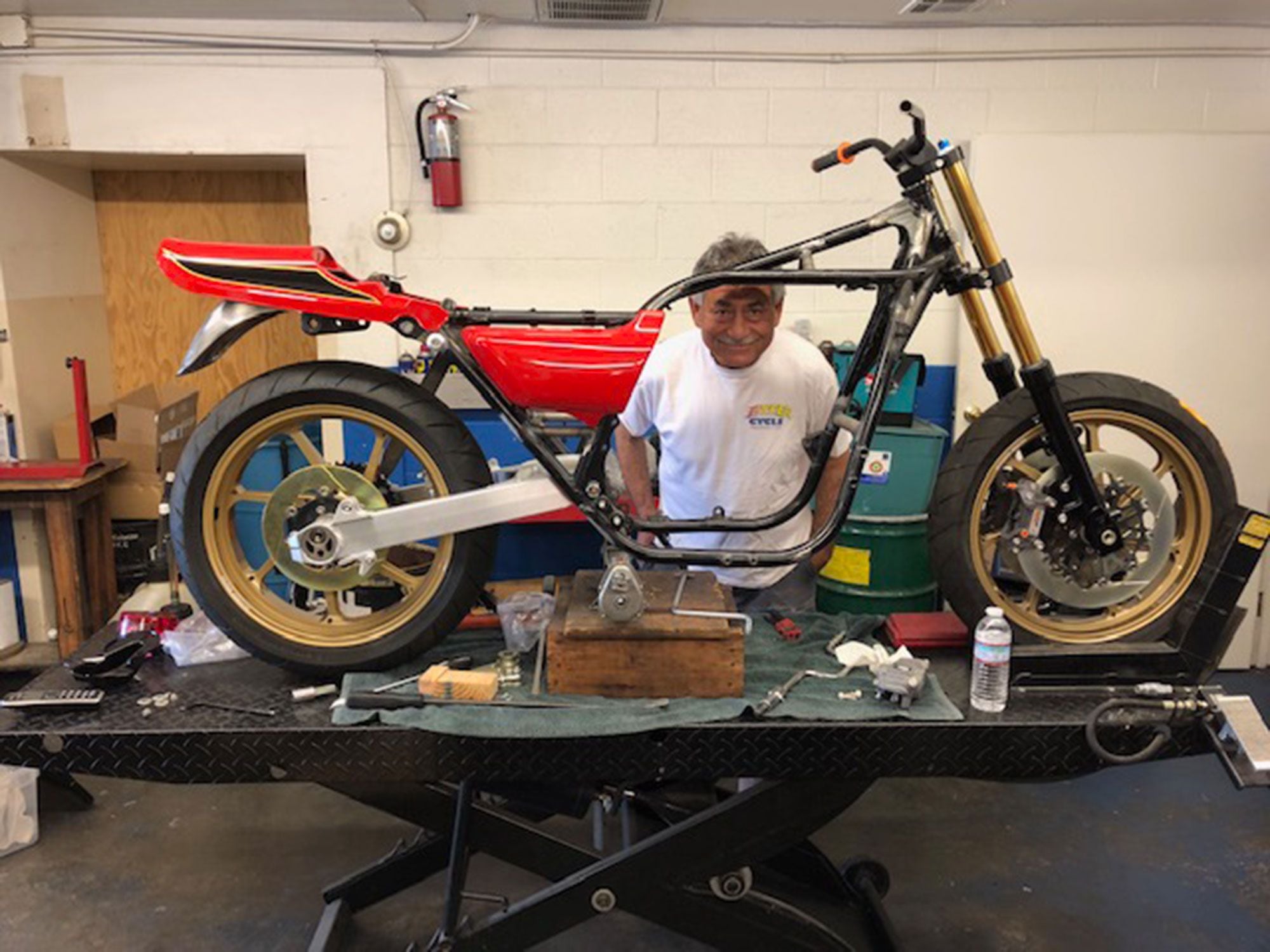
Carry Andrew doing what he does best, and what’s he done since the 1970s: build exquisite street- and racebikes. At this point in the build, Andrew is pre-fitting components and bodywork to determine what frame tabs to add or delete. Grosswirth was very hands-on in this project, doing the LTD teardown, maintenance tasks, and much of the removal and replacement of parts. (Evan Grosswirth/)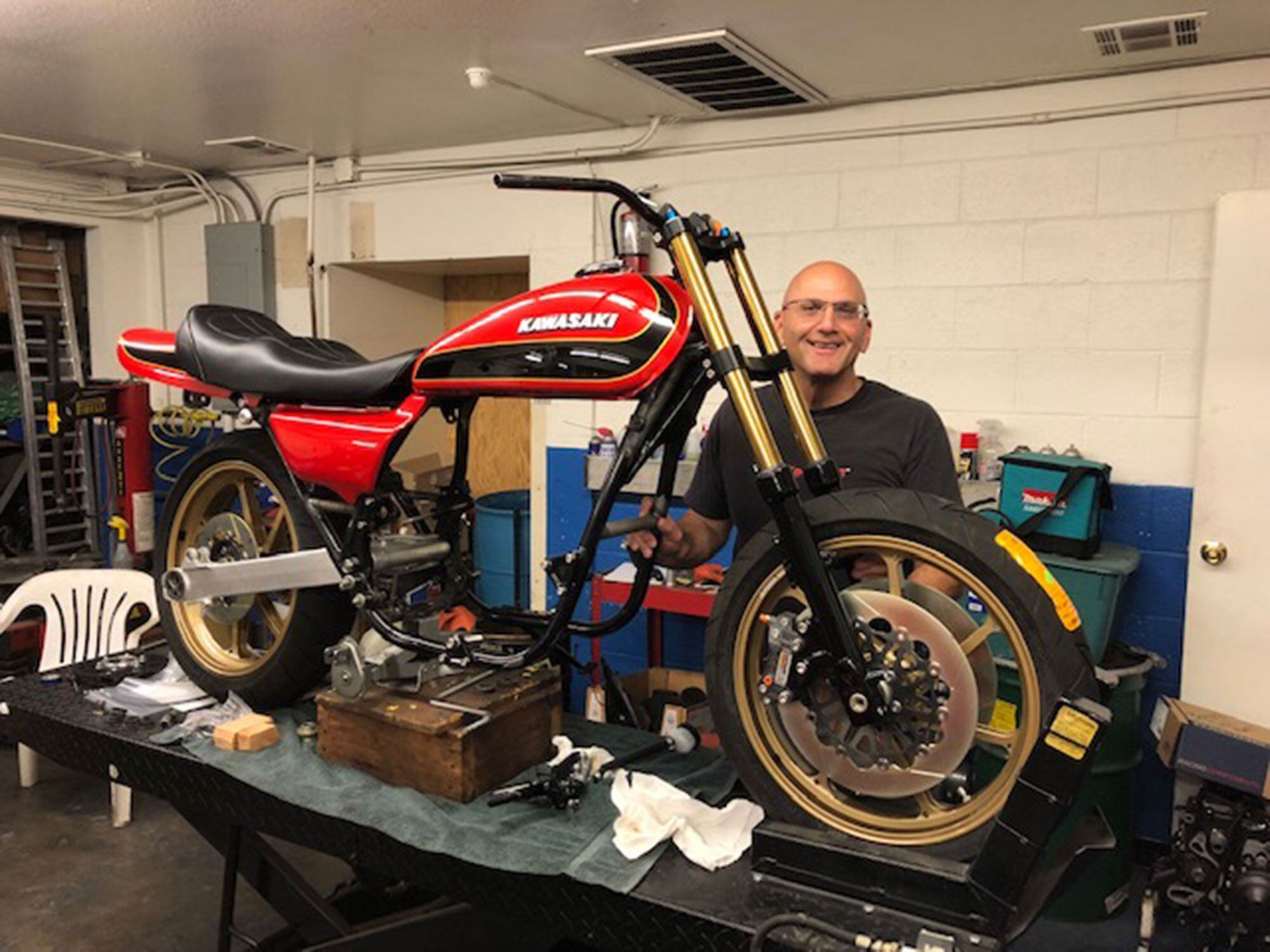
Grosswirth flies 600-mph corporate jets for a living (Dassault Falcon 900) and brought an all-in attitude to the KZ. For readers looking to do a lifetime-keeper project like this, Grosswirth advises: “Have a plan on exactly what you want to do. Take your time, don’t skimp on it, think it through. I never wanted to look back and say, ‘I shoulda done this.’ The no-look-back thing was big for me.” (Evan Grosswirth/)
Final fitment is to the point of installing the Dynatek 2000 electronic ignition. There’s a Barnett clutch in there, and Tom Malaska of Malaska Motorsports did the transmission, as he’s done since the ’70s. Andrew built this engine to spin to 11,500 rpm, just like the Superbikes did on the high banks of Daytona in the championship days of Pridmore, Cooley, and Lawson. Andrew was there then too with a best finish of fifth (at Laguna Seca in 1980), and currently races at the front of AHRMA on the same KZ Superbike he raced in AMA. Grosswirth wanted the real deal. (Evan Grosswirth/)
JB Racing has these 35mm Keihin flat-slide carburetors modified per its specifications, and Grosswirth is smart enough to run K&N air cleaners to protect the engine. Those are a beefy JB Racing oil cooler and JB Racing footpegs. (Evan Grosswirth/)
Grosswirth did not make the common mistake of increasing engine power and ignoring braking power. This clean full-floating JB Racing setup provides modern power and feel, and Andrew spooned on AHRMA favorites, a set of 18-inch Continental Road Attack tires. (Evan Grosswirth/)
If you’ve messed around with cable-driven tachometers and speedometers, you know why Grosswirth opted for this Koso electronic tach and digital-readout speedo. “It comes with pickup magnets you adjust, plus some settings, to get the speedometer right,” Grosswirth reports. “After a little fiddling, I got it to within 1 mph of my local Highway Patrol’s certified speedometer.” (Evan Grosswirth/)
There are many ways to get to breakfast, but few as satisfying as on a bike you imagined and constructed. Grosswirth’s bike sits at California’s Rock Store: a 1978 profile with improved performance. “It’s so light and responsive, just a joy to ride,” the pilot tells us. “And I also enjoy sharing something like this with other people.” Grosswirth turns 65 in May and relives his AFM racing youth every time this KZ fires. (Evan Grosswirth/)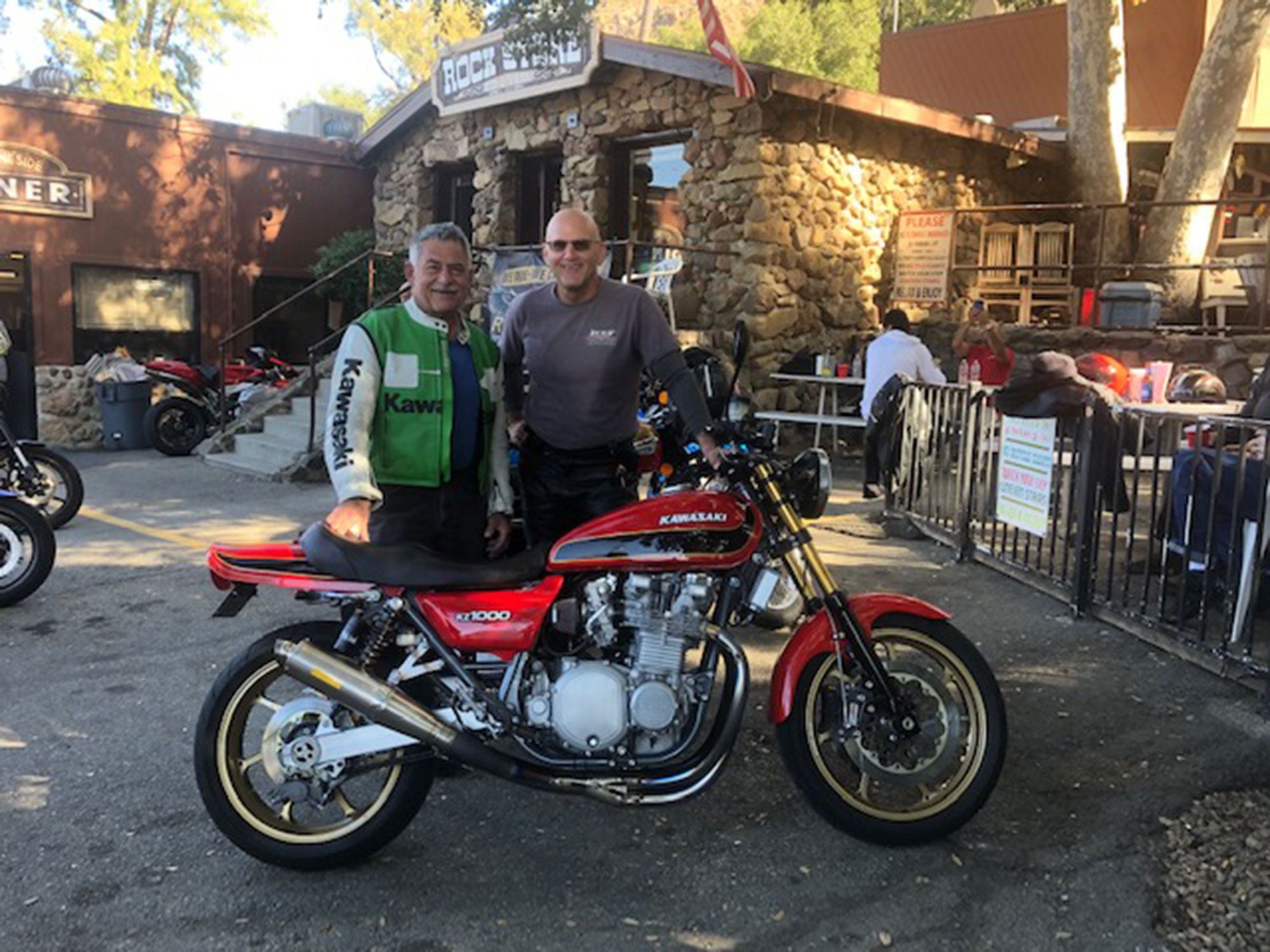
Nothing better than a Sunday in the canyons, especially on a unique motorcycle. Andrew and Grosswirth combined to build a bike we hope motivates all dreamers. The parts are available to travel back in time, but with significantly more performance and reliability. John Ethel of Jett Tuning helped Grosswirth set up the Kayaba fork and Öhlins shocks, just another example of accomplished AMA tuners ready and waiting to help with all our projects. (Evan Grosswirth/)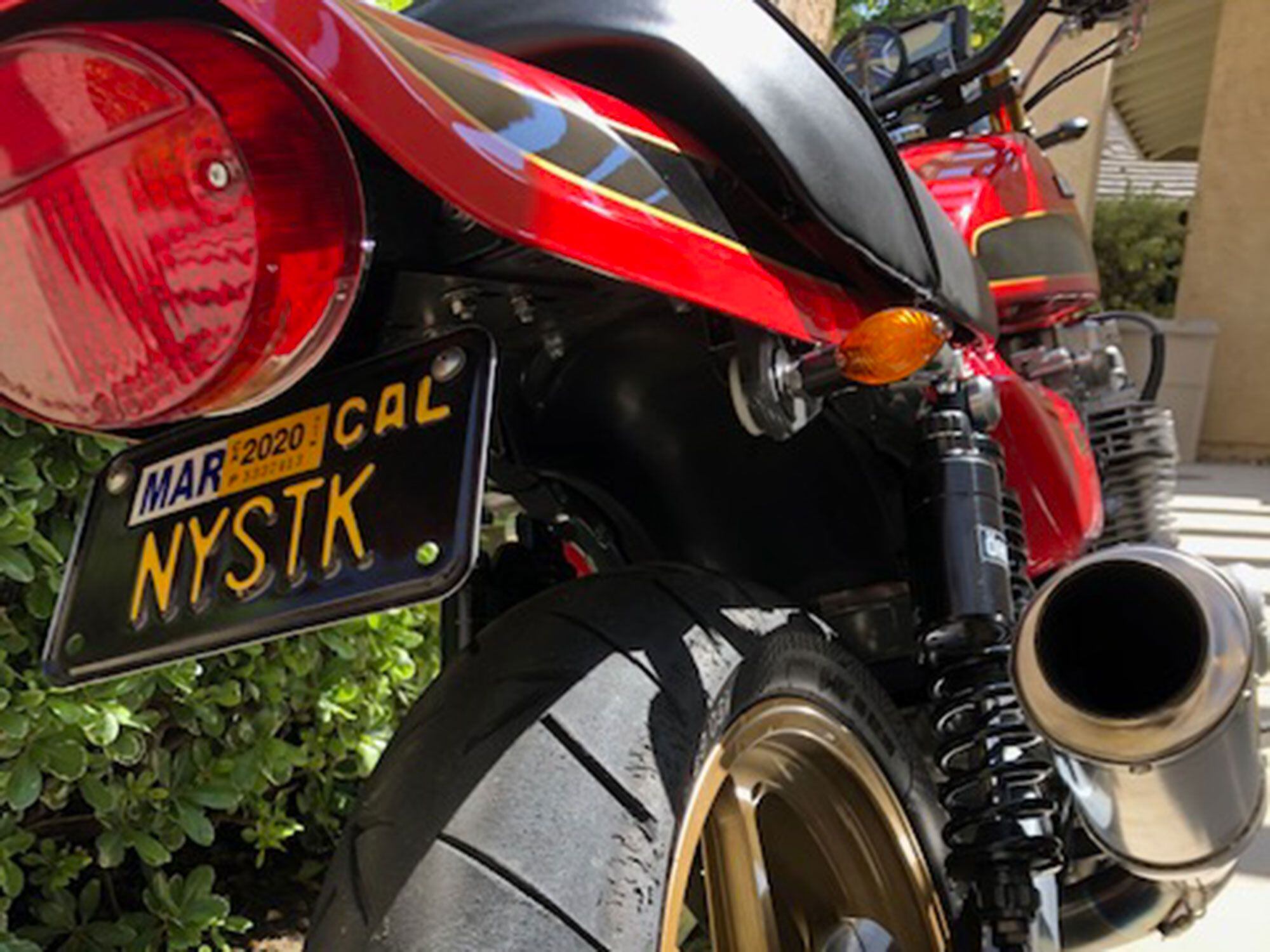
The meaning behind Evan’s “New York steak” license plate? During development of Kawasaki’s 1973 Z1 (900cc)—at a time when Kawasaki was taking direct aim at industry-leader Honda—the Japanese asked, “What is the best thing on an American menu?” “New York steak,” the American Kawasaki management told them, and that became the preproduction code name for the Z1, which became the KZ1000. (Evan Grosswirth/)
From here… (Evan Grosswirth/)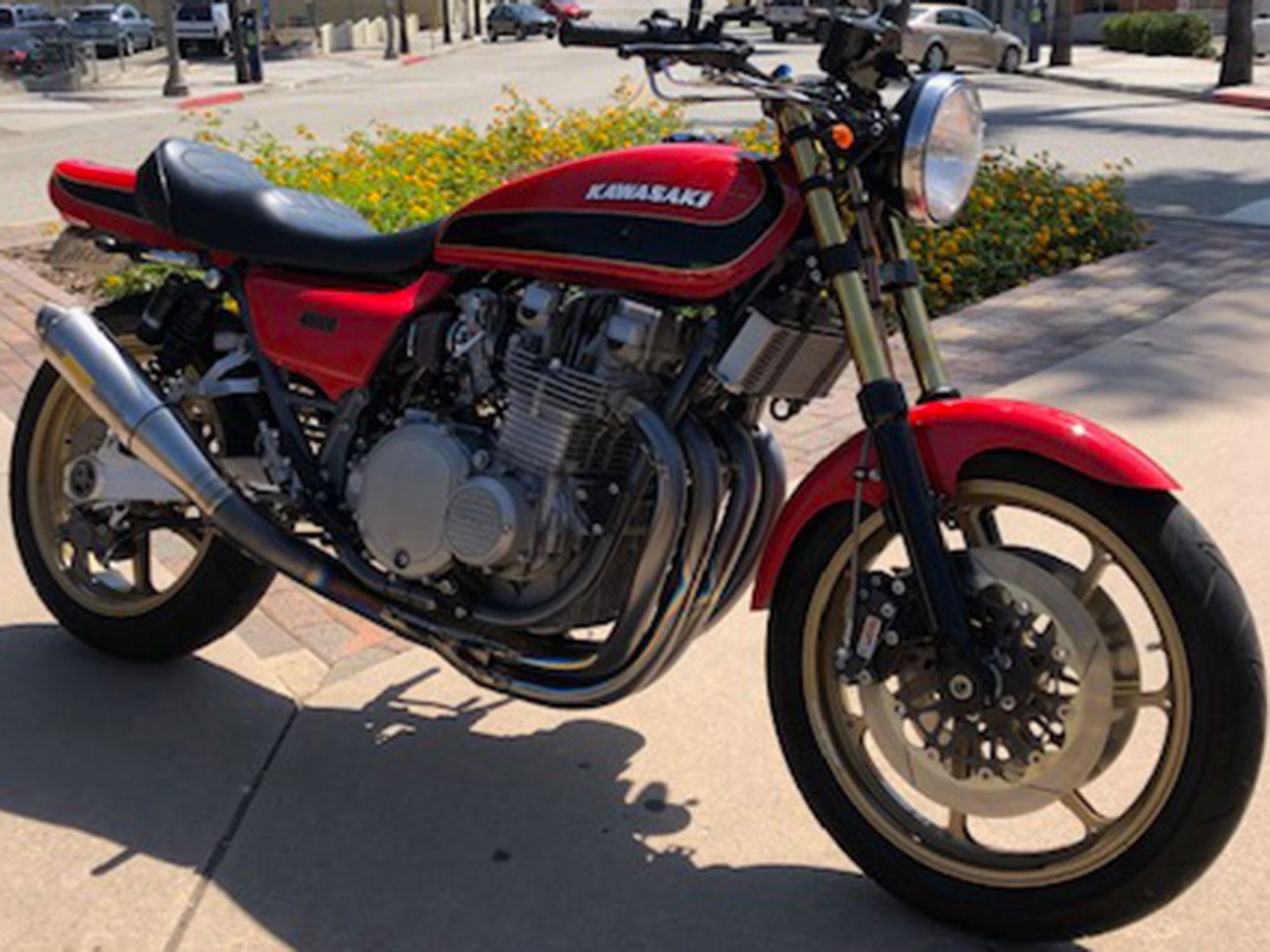
…to here. Imagine, budget, build. Money spent on project bikes pays lifelong dividends. What price joy? More than 2,500 miles of smiles so far for Evan Grosswirth and his exquisite HyperCycle KZ1000. (Evan Grosswirth/)More next week!
-
 1
1
-
-
Hello salsa,
Welcome to The Motorbike Forum. Please feel free to browse around and get to know the others. If you have any questions please don't hesitate to ask.
Why not tell us a bit about yourself too.
-

Fausto Gresini passed away February 23, 2021, from complications due to COVID-19. (MotoGP/) “Be careful. It’s hard here,” says Gresini Racing technical director Fabrizio Cecchini, who had been alongside Fausto Gresini since 1997, when Gresini founded the team bearing his name. Fausto continued to plan the future of the Gresini Racing from his hospital bed up until the very last moment, working closely with Carlo Merlini, Cecchini, and Andrea Visani, the team’s three pillars. “In the moments when he felt better, we did some video calls… We read his lips, because Fausto spoke with difficulty due to the tube in his trachea that allowed him to breathe in those two long months of fighting.”
Gresini took ill with COVID-19 just before Christmas and was hospitalized on December 24 in Imola; he was transferred to a specialist COVID care ward in Bologna three days later. “A lion, a warrior,” his wife Nadia describes him, “but also a husband, a father, and a friend, a colleague to most of the people in the paddock because he loved racing and did it from his heart. We will continue the adventure of Gresini Racing. We will make Fausto proud.”
After experiencing the both joyful glory of victory champagne and despair at the loss of two of his riders, Daijiro Kato in 2003 at Suzuka and Marco Simoncelli in 2011 at Sepang, Fausto fought the most important race of his life with the strength that characterized his career as a Grand Prix rider and entrepreneur. On February 23, the Gresini team announced the Italian had lost his fight with the virus at the age of 60.
A Life Around Motorcycles
With Fausto, the Grand Prix world lost a protagonist, one of the most charismatic figures of the last 40 years of racing. First, as a 125cc rider, with 132 starts, 21 wins, and 47 podium finishes, and two GP titles in 1985 and 1987. Then as the owner of the only other team, aside from giant Petronas, committed in all the classes: MotoGP, Moto2, Moto3, MotoE, and a squad in the Italian championship to raise young talent.His career as a rider started quite late, as was common at that time. “I have humble origins,” Gresini liked to say. “My mother used to work in a sawmill, while my father drove bulldozers. At 13 or 14, I realized I had to learn a job, so I went to work as a mechanic.”

Gresini racing for Garelli in 1985. (MotoGP/) Gresini was from Imola, and whenever he had some free time, he would go to the Imola circuit to see others competing on track and dream. “I was 17 years old and my dream was to become, one day, a pro rider,” Gresini told me on December 18 in what would be our last interview. “I knew that I couldn’t afford it for a long time without results, but even if I finished as the last one, I wanted to try.”
His boss at the workshop was his mechanic on the weekend when Gresini scored his first wins in the Italian championship. They showed up at the track in a Fiat Abarth A112 towing an MBA 125. Gresini liked the mechanics and would talk with them for hours about cylinders, gear ratios, and carburetion. Motorcycles were the way to open the doors to his world and his friendship, and once you were Fausto’s friend, you were friends for a lifetime.
Gresini left the workshop in 1983 to become a pro rider. His first world title arrived in 1985 with Garelli and he repeated in 1987, the year in which only a technical problem prevented him from winning all 11 victories in 11 GPs. Those superb seasons were followed by other satisfactions as he switched to Hondas at Team Pileri, where he was teamed up with a young Loris Capirossi. Gresini proved to be a true team player, helping Capirossi to win his first title in 1990. The following year he finished second behind him. Alongside Gresini, there was a beautiful curly-haired girl, Nadia, who would become his wife and the mother of their four children, Lorenzo, Luca, Alice, and Agnese.
The Turning Point
“There is a delicate and crucial moment in the career of a rider when they have to make a choice… I had to decide whether to become an old rider or a young manager. Once again, I followed my passion,” Gresini would say. “As a rider I had my satisfactions, 11 wins in a row, 21 in total. I opted to build my own team.”
The adventure of Gresini Racing started in 1997 when Fabrizio Cecchini received a call from Honda Brazil to line up Alex Barros riding one of Honda’s new privateer NSR500V twins. It was an amazing experience, but it also required a massive budget. So in 1999 Gresini dropped down to 250s, welcoming his old teammate Capirossi, who finished third overall to champion Valentino Rossi and Tohru Ukawa. But more importantly, Gresini had won Honda’s trust. The following year the Japanese giant entrusted him with its greatest hope: Daijiro Kato.
Kato was more than a rider to Gresini and the Gresini Racing. He was a son. Kato had moved from Japan to live and train in Misano and be close to the workshop. In 2001, Kato dominated the championship, earning the world title and promotion to the premier class, riding an NSR500 in 2002 and an RC211V the next year. But tragically, in April 2003, Kato lost his life at Suzuka. Gresini suffered his first tragic loss, but decided to keep going. Kato’s teammate Sete Gibernau won the very next race, establishing himself as the first title contender to Rossi.
Over the next three seasons Gresini proved that a satellite team could battle the big factory teams, thanks to its technical expertise and Gresini’s special quality of motivating his riders, as he had been one of them. Thanks to the strong sponsorship from Movistar, and the team’s enthusiasm and passion, Gresini’s riders finished second overall to MotoGP champion Rossi. It was the era of Gibernau in 2003 and 2004, and Marco Melandri in 2005, results that made Gresini Racing the strongest independent team in the MotoGP paddock.
Fausto Gresini could boast an incredible record as team owner with five world titles: Daijiro Kato in 250cc in 2001; Dani Pedrosa in 250cc in 2004, under the tutelage of team manager Alberto Puig; Toni Elias, first Moto2 champion in 2010; and more recently, Jorge Martin in Moto3 in 2018 and Matteo Ferrari in MotoE in 2019.

Celebrating Jorge Martin’s 2018 Moto3 championship. (MotoGP/) “I have always dreamt high,” Gresini told me in December, a few days before he tested positive for COVID-19. “I have always tried to raise the bar on track and in the services we offer. We are a private team, so the sponsors are, first of all, our partners. They are part of the Gresini Racing family. We are present in all the classes to offer our partners the best solution for them. We look for synergies, for partners that share our vision and our passion for motorcycles and for racing.”
Last December he announced the renewal of the team’s agreement with Dorna as an independent MotoGP team through 2026. “The renewal is strategic,” he told me. “It is vital because it opens to new scenarios and it gives us an extra boost of motivation… We have been through difficult years with a lack of results. We want to come back competitive as we have always been. I really look forward to returning to running the MotoGP team in first person. I miss not having the first word on the riders’ choice or the technical decisions.”
Gresini was looking ahead with the passion of a rider and the attitude of the businessman. He felt responsible for his staff of 70 people, which meant, for him, 70 families to care for. “During the lockdown in March, I was scared; to block the MotoGP circus because of the pandemic would have meant it would disappear,” he said. “As an entrepreneur, I felt responsibility for my employees. We revised the contracts with the sponsors and I took some risks to support my people, because Gresini Racing is first of all a family.”
The Farewell
A rider, a businessman, a champion. On Saturday, February 23, the last hug to Fausto was given in his home town, at the Imola circuit, the place he loved most. Attendance was restricted due to COVID, but among those there to pay respects were Loris Capirossi, godfather to Gresini’s son Lorenzo; Marco Melandri; Gigi Dall’Igna of Ducati; Lucio Cecchinello of LCR Honda; and Paolo Simoncelli.

Gresini on the grid with Marco Simoncelli, Estoril, 2011. (MotoGP/) “Fausto bet on me after my first two years in MotoGP,” Melandri said. “He trusted me, and together we became world champions. He remained close to me even when I switched to Ducati in 2008. Instead of feeling betrayed, he would call me after a difficult race. We used to have dinner together. He was my mentor, my friend, my older brother. He helped me to stand up again when I was falling, but he was also the first one to celebrate with.”
I can understand Marco, because I also had the pleasure to be part of Gresini Racing in the years of Gibernau and Melandri. Once you are part of the Gresini Racing family, you remain it even afterward. Our paths may have divided professionally, but the friendship and support were always there. The Gresini was always open for a coffee or a quick lunch with the boss.

Ciao, Fausto. (MotoGP/) I remember the violent adrenaline rush of the impossible pass, the wins of Sete Gibernau over Valentino Rossi, the shoulder contact between Valentino on Sete at Jerez in 2005, Marco Melandri’s beautiful first victory in Turkey in 2005. It was David against Goliath with Fausto Gresini, the proud leader of a satellite team capable of challenging the giant Honda Racing Corporation. I remember the moments of celebration in the hospitality area with Colin Edwards and Gibernau, after a victory that finished with pies in faces, laughter, and hugs. I remember tragic days when we cursed the demons of speed and sport, the bodies of Daijiro Kato and Marco Simoncelli helpless on the unforgiving asphalt. In the same way the tragedy of Fausto Gresini reached our home. But the virus that took Fausto away brought the family back together.
-

2021 GasGas EX 250F (GasGas/)Ups
- Suspension and chassis performs well on the motocross track<br/>
- Chassis is also very stable<br/>
- Relatively low price tag compared to its Austrian counterpart<br/>
- Nice gearbox that can be taken advantage of for a variety of terrain/riding
Downs
- Reasonable suspension, but difficult to find a good balance<br/>
- Smooth, usable power, but odd hesitation in lower rpm<br/>
- Long wheelbase feeling limits tight, single-track maneuverability
Verdict
As a competitor in the four-stroke cross-country class, the 2021 GasGas EX 250F proves that it can do even more with its motocross track performance. Its low price tag relative to its Austrian siblings is also a nice perk.

2021 GasGas EX 250F (GasGas/)Overview
Seeing as it is the motorcycle that Coastal GasGas Factory Racing’s Johnny Girroir contests in the Grand National Cross Country (GNCC) series, the 2021 GasGas EX 250F is a 250cc four-stroke cross-country model that is just about ready to hit the woods races right out of the box. Since KTM purchased GasGas back in 2019, it is important to note that its EX 250F has many similarities with KTM’s 250 XC-F.
Updates for 2021
This is a new model from GasGas. Before KTM’s acquisition, GasGas did not have a 250 four-stroke cross-country motorcycle in its lineup.
Pricing and Variants
Tags at the dealer will indicate an MSRP of $9,099. This price is $600 cheaper than KTM’s 250 XC-F and $600 more than the Yamaha YZ250FX, for example.

2021 GasGas EX 250F (GasGas/)Powertrain: Engine, Transmission, and Performance
Our in-house Dynojet 250i rear-wheel dynamometer pulled the peak figures of GasGas’ 250cc four-stroke off-road racer, resulting in 39.3 hp at 13,300 rpm and 18.8 pound-feet of torque at 9,200 rpm at the rear wheel. After multiple runs on the dyno, a little stumble in the low-rpm range is noticed. In Dirt Rider’s testing, rider Allan Brown noticed the same: “There is a slight dip in the power, mostly in third or higher gears and in the lower rpm (from 5,000 to 7,500 rpm). It feels somewhat rich, which might also be corrected with KTM’s vented airbox cover. First and second gears run as expected and the dip is less noticeable as you typically ride a little higher in the rpm range in those gears.”
The combination of these factors contributed to the bike occasionally stalling rather easily at low rpm.

2021 GasGas EX 250F (GasGas/)Handling
The WP Xact suspension components have GasGas-specific internal settings with valving geared specifically for cross-country races.
The fork offers nearly unlimited adjustability thanks to the WP AER (air-spring) system. Our test rider did say that it was difficult to improve the initial hits in rocky sections, but that the suspension and chassis performed best at the motocross track.
The GasGas’ chassis is a combination of the KTM frame/subframe and Husqvarna’s swingarm, which provides a very good amount of stability. It’s long wheelbase sensation also contributes to this but does introduce some minor problems in tight single-track trails, but is overall stable and maneuverable when the trail widens.
Brakes
Brembo brakes are another component that is carried over from the KTM model lineup, which provide a plentitude of stopping power for the cross-country model with 260mm front and 220mm rear discs.
Fuel Economy and Real-world MPG
Current mpg numbers have not been recorded. The fuel tank size is 2.3 gallons.

2021 GasGas EX 250F (GasGas/)Ergonomics: Comfort and Utility
The Neken handlebar is pulled from the KTM and only differs in color. The lack of rubber mounting can limit overall comfort. The footpegs are also pulled from KTM. The EX 250F’s seat is also the same as the orange bike’s but with a red cover. The combination of these three KTM components contribute to the EX 250F’s agreeable rider triangle.
Electronics
An electric starter, electronic fuel injection, and Keihin EMS are the main electrical components in the system, supported by a lithium-ion battery. This motorcycle does not have an engine map switch, ABS, or traction control.
Warranty and Maintenance Coverage
The GasGas EX 250F includes a 30-day warranty.
Quality
Since KTM’s acquisition of GasGas, the four-stroke models acquire many of the same qualities and parts, just with red instead of orange. Some differences mainly include its lack of a resonance chamber on the header pipe as well as a map/TC switch on the handlebar. Another difference is its forged triple clamps.

2021 GasGas EX 250F (GasGas/)2021 GasGas EX 250F Claimed Specifications
MSRP: $9,099 Engine: 250cc, DOHC, liquid-cooled, single-cylinder four-stroke Bore x Stroke: 78.0 x 52.3mm Transmission/Final Drive: 6-speed/chain Fuel Delivery: Electronic fuel injection w/ 44mm throttle bodies Clutch: Wet, multiplate, hydraulically actuated Engine Management/Ignition: Keihin EMS Frame: Steel central double cradle Front Suspension: 48mm WP Xact fork, air pressure, compression damping, and rebound damping adjustable; 12.2 in. travel Rear Suspension: WP Xact shock, fully adjustable; 11.8 in. travel Front Brake: Brembo 2-piston caliper, 260mm disc Rear Brake: Brembo 1-piston caliper, 220mm disc Wheels, Front/Rear: Spoked wheels Tires, Front/Rear: Dunlop GeoMax AT81; 80/100-21 / 110/100-18 Rake/Trail: 26.1°/N/A Wheelbase: 58.5 in. Ground Clearance: 14.8 in. Seat Height: 37.4 in. Fuel Capacity: 2.3 gal. Wet Weight: 221 lb. (w/o fuel) Contact: gasgas.com Cycle World Tested Specifications
MSRP: $9,099 Engine: 250cc, DOHC, liquid-cooled, single-cylinder four-stroke Bore x Stroke: 78.0 x 52.3mm Transmission/Final Drive: 6-speed/chain -
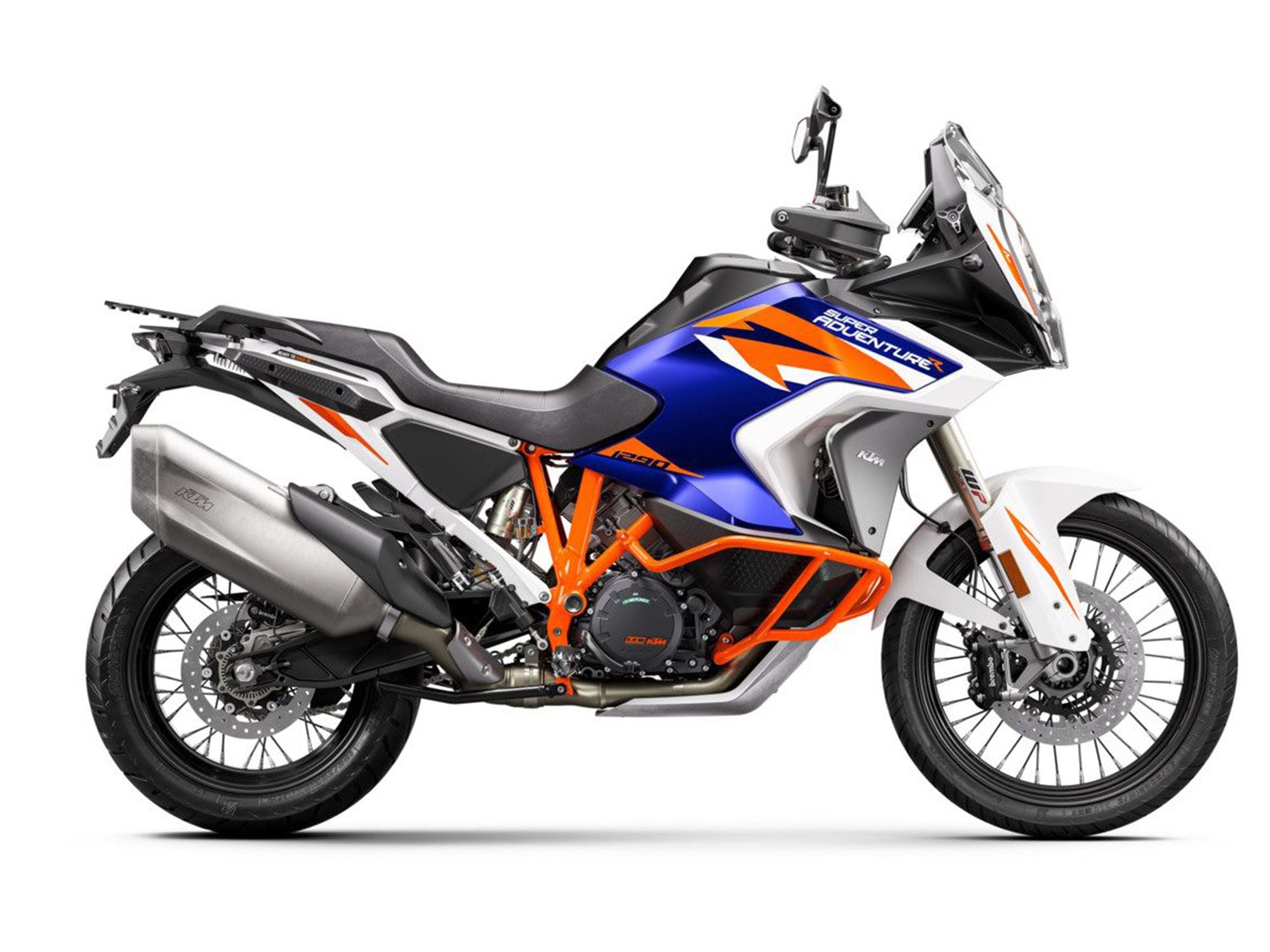
The 2022 KTM 1290 Super Adventure R comes Stateside in fall 2021, and features a new three-part fuel tank, a lower seat height, and chassis tweaks for better performance. (KTM/) These are heady days for adventure motorcyclists, with offerings to fit just about any size and budget. At the larger end of both of those spectrums lies the beastly KTM 1290 Super Adventure R, the more off-road-oriented sibling of the 1290 Super Adventure S, and KTM has just announced a slew of changes for 2021 that include a new three-part fuel tank à la the 790/890 Adventure, a new two-piece radiator, a lighter engine, and other tweaks said to result in a more agile ride.
But wait, the title says 2022, not 2021? Well, that’s because while the rest of the world gets the new 1290 Super Adventure R in March as a 2021 model; we won’t see it here in North America until later this fall as a 2022 model. Maybe it has to quarantine? In reality, we have seen KTM implement this strategy with its street models for the last few years, usually in response to homologation and supply hurdles.
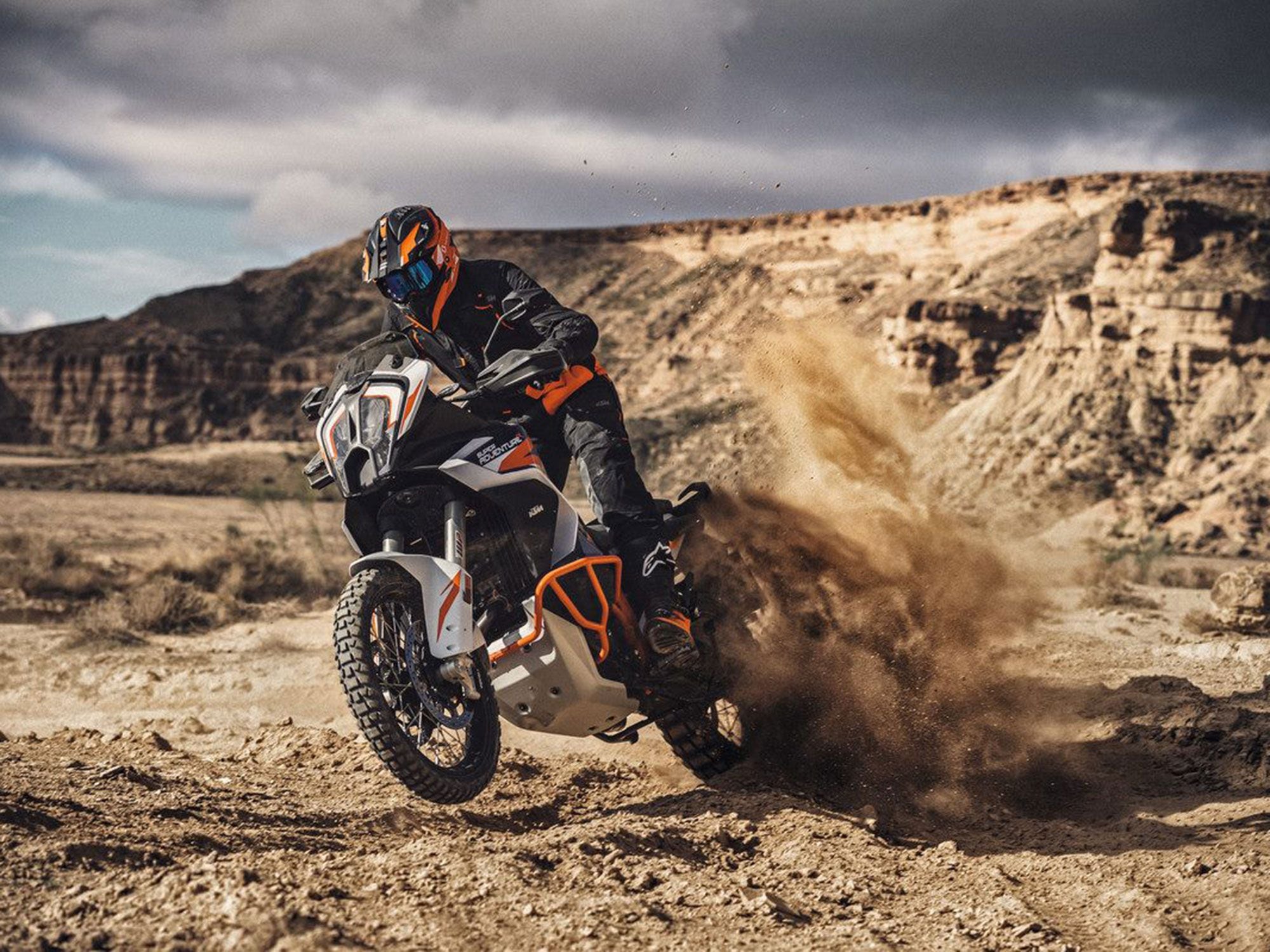
The Super Adventure R’s stubby windscreen isn’t touring-friendly (look to the Super Adventure S if that’s your preference), but both R and S models get the three-part fuel tank design first seen on the 790 Adventure. On the R it’s wrapped in steel crashbars for the inevitable dirt nap. (KTM/) At any rate, the wait will be worth it, as the list of improvements is substantial, starting with the new 6-gallon fuel tank. The unique horseshoe-shaped, three-part tank carries the fuel much lower, for a lower center of gravity and therefore better handling, especially off-road. KTM also redesigned the stepped one-piece seat, bringing it about half an inch closer to the ground at 34.6 inches.
The 1290 Super Adventure R also gets the same chassis adjustments as its S counterpart, with the steering head moved back 0.6 inch, the 1,301cc LC8 V-twin rotated slightly forward, and the new die-cast swingarm lengthened slightly, all of which is said to improve agility.
Also in the improved handling checklist is the reworked 8.7-inch travel, fully adjustable WP suspension, which KTM says was perfected via testing in the California desert as well as varied landscapes across Europe.
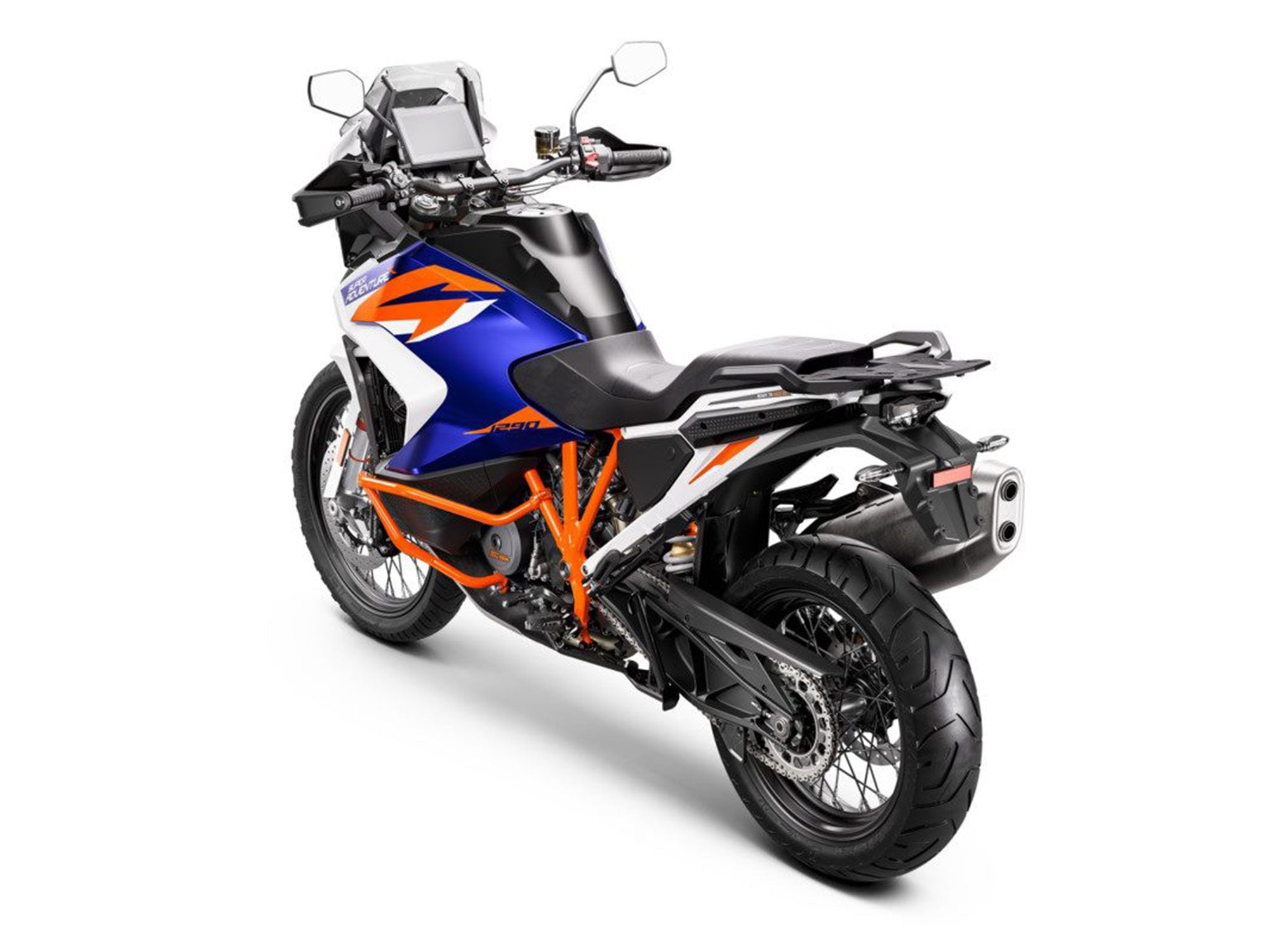
A big new 7-inch TFT display sits front and center over the adjustable handlebar. Windscreen, levers, and footpegs are all also adjustable. (KTM/) Keeping everything in line is a new six-axis Bosch IMU that controls the 1290 Super Adventure R’s plethora of electronic rider aids: Motorcycle Traction Control, Motor Slip Regulation, Motorcycle Stability Control, and the Offroad ABS system. There are four standard ride modes, Rain, Sport, Street, and Offroad, with the optional Rally mode unlocking the most aggressive throttle control and the ability to select from nine levels of rear wheelspin.
Bear in mind that the aggressive throttle will be tethered to 1,301cc of LC8 engine that’s now 3.5 pounds lighter, with new pistons and redesigned exhaust headers, and which KTM says is good for 160 hp and 102 pound-feet of torque while still being Euro 5 compliant. Actually, I take back my previous question.
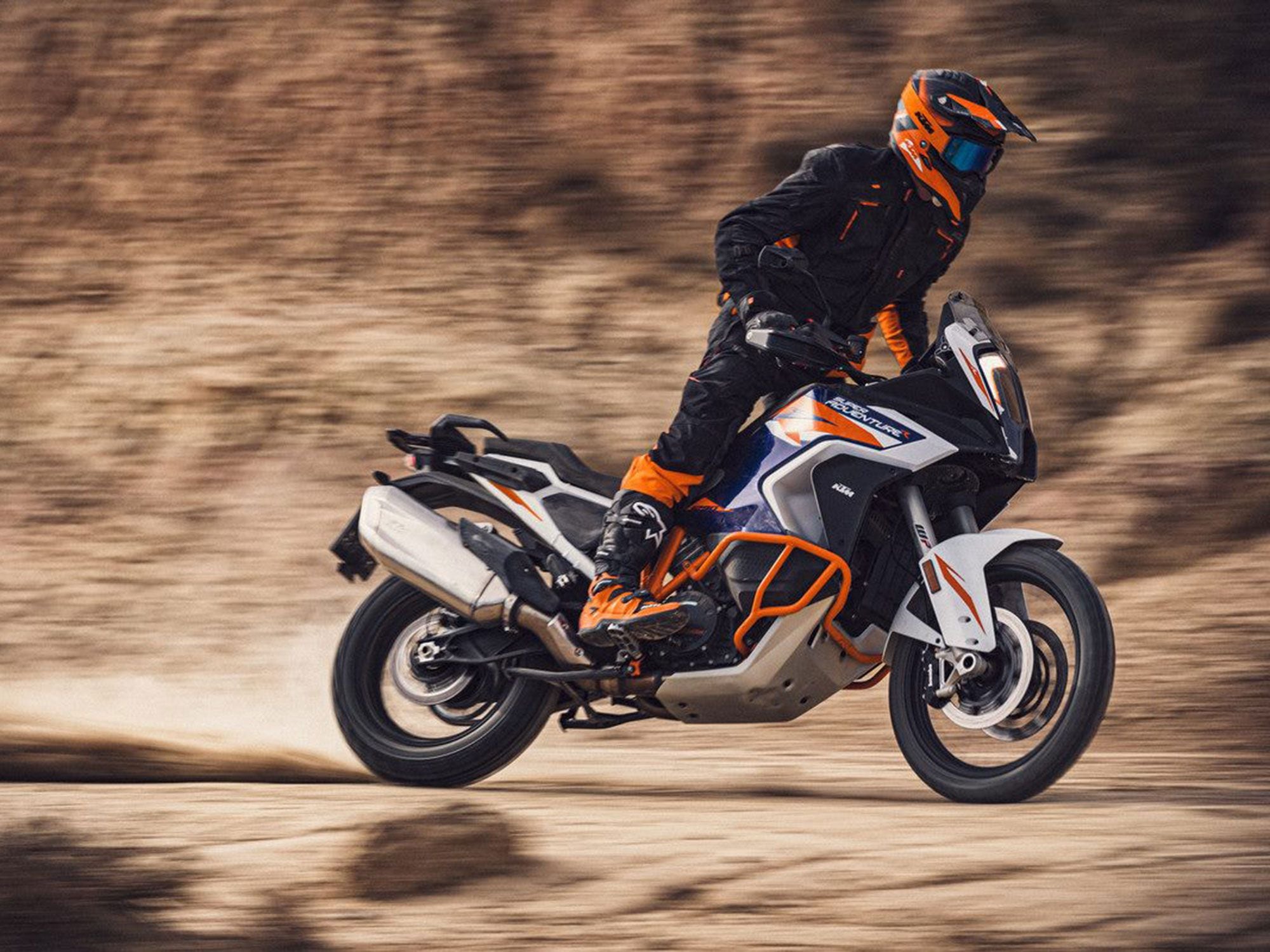
Alpina wheels have sealed spoke nipples, so they can be run with tube-type or tubeless tires. (KTM/) Rounding out the updates for 2022 is a new two-piece radiator, replacing the previous single unit and promising better heat dissipation that won’t toast the rider’s legs. The airbox is now much easier to access, requiring the removal of just four screws, and it’s been redesigned to direct dirt and sand toward the bottom. I’m guessing these were lessons learned in the California desert.
Overall, KTM appears to be continuing to maintain its position on the hard, sharp tip of the ADV touring spear, and the 2022 1290 Super Adventure R looks you in the eye and asks if you’re man (or woman) enough to flog it properly. Only one way to find out…
-
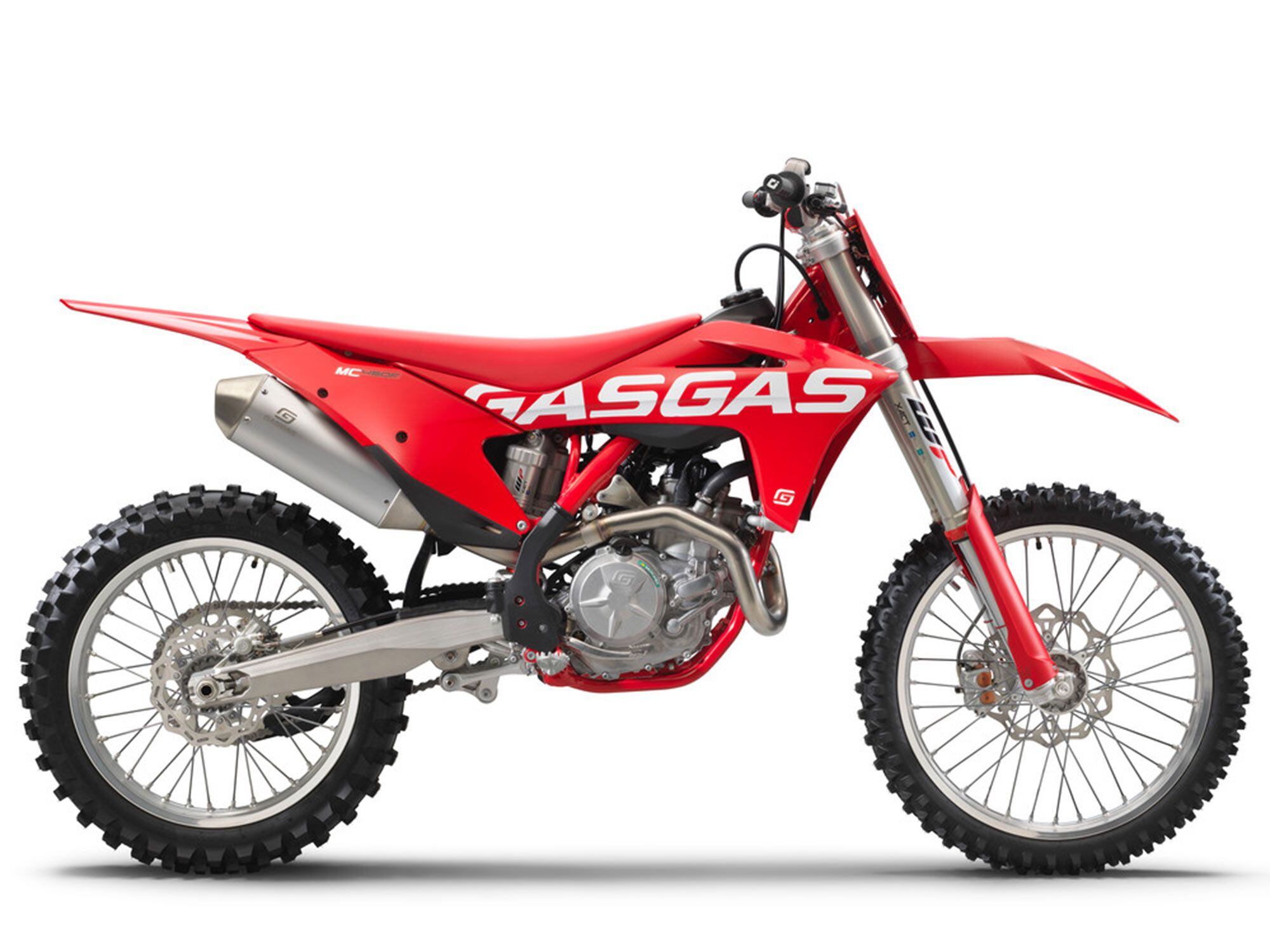
2021 GasGas MC 450F (GasGas/)Ups
- New 450 motocrosser from GasGas<br/>
- Handles well, but could still use some adjustments<br/>
- Fairly similar to KTM and Husqvarna counterparts, but money-saving components gives it a lower MSRP
Downs
- Minor, but noticeable engine vibration at grip and peg touch points<br/>
- Unbalanced suspension<br/>
- Got to keep an eye on loosening spokes
Verdict
GasGas’ new MC 450F adopts similar design cues and many proven components from its Austrian relatives, but retails at a sub-$10K price. Nice.

2021 GasGas MC 450F (GasGas/)Overview
GasGas was purchased by KTM in 2019 and now shows the fruits of that labor with GasGas’ full-size motocrosser, the 2021 GasGas MC450F. This dirt bike is the first-ever production 450 motocross bike from the Spanish-now-Austrian brand and showcases its competitive intent by serving as the basis for the racebikes used by the Troy Lee Designs/Red Bull/GasGas Factory Racing team in the Monster Energy AMA Supercross and Lucas Oil AMA Pro Motocross Championship.
Updates for 2021
This model is the first-ever production 450 motocross model for the double-G brand.

2021 GasGas MC 450F (GasGas/)Pricing and Variants
Priced at an MSRP of $9,399, the MC 450F retails for $800 and $900 below its Austrian counterparts in the KTM 450 SX-F and Husqvarna FC 450, respectively. Some primary differences between it and the KTM, for example, are that the GasGas incorporates a forged triple clamp (versus the KTM’s CNC-machined triple clamp), header pipe without a resonance chamber, softer suspension setting, Maxxis MX-ST tires (versus KTM’s Dunlop Geomax MX33s), and no map/traction control switch, as we reported in our first ride review.
Powertrain: Engine, Transmission, and Performance
The MC 450F delivers smooth, linear power from a 450cc, SOHC, liquid-cooled, four-stroke engine. It is easy to handle and runs well, but as stated in the first ride, feels as though there is some torque missing. “It is free-revving and revs quite high, but does not make as much power in the higher rpm as its Austrian counterparts, meaning you might need to shift a little more often per lap,” test rider Allan Brown continued.
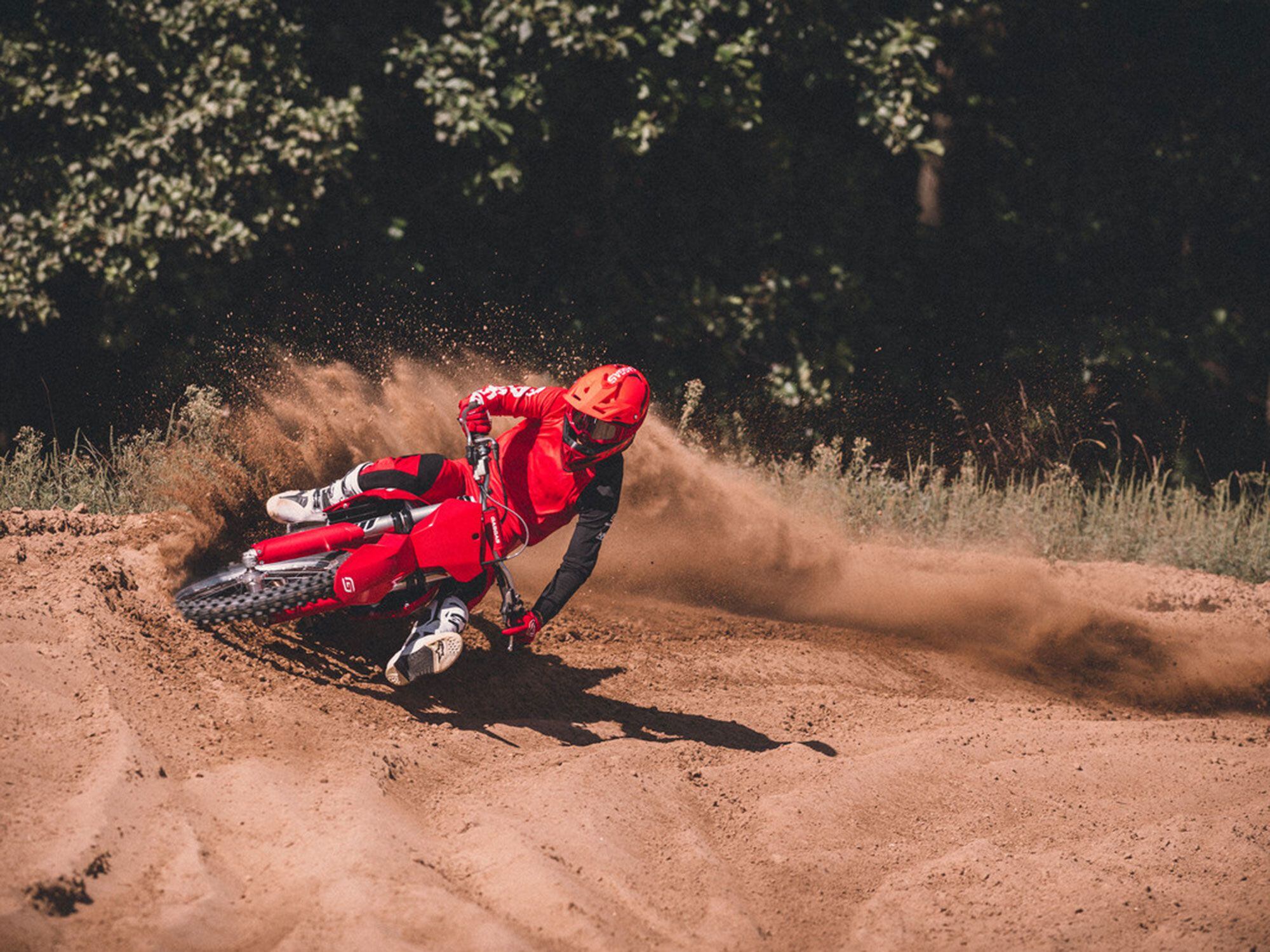
2021 GasGas MC 450F (GasGas/)Handling
Suspension on the MC 450F is somewhat unbalanced in stock trim. Although the WP Xact 48mm air fork offers a progressive feel, the WP Xact shock exhibits a slight wallowing sensation due in part to its 42 Nm spring, which is one rate softer than the 45 Nm spring found on the 450 SX-F and FC 450. Making adjustments to the shock helps, but our test rider thinks a stiffer spring is still needed out back, especially for riders who weigh 175 pounds or more.
Like its suspension, some minor chassis adjustments are needed as well, namely to assist with front wheel traction. However, we noted that the bike does turn very well and the combination of the engine’s power delivery and suspension’s setting felt similar to the 2020 Husqvarna FC 450.
Overall, we stated that the MC 450F handles well and is fun to ride.
Brakes
In regard to stopping power, brakes consist of a Brembo two-piston caliper and 260mm disc up front and a Brembo one-piston caliper and 220mm disc out back. This braking package is similar to ones seen on the KTM and Husqvarna. The Brembo units help the MC 450F stop on a dime with incredible power yet a plentiful amount of modulation.
Fuel Economy and Real-world MPG
No fuel economy information is currently available, but its 1.8-gallon fuel tank is one of the larger tank capacities of the class.

2021 GasGas MC 450F (GasGas/)Ergonomics: Comfort and Utility
Ergonomics are much like the KTM 450 SX-F, but there are differences in the seat cover and its fuel tank seems to be shaped differently. Our test rider also noticed that in regard to riding comfort there is also some engine vibration felt through the grips and footpegs.
Electronics
As previously mentioned, the MC 450F does not have a map or traction control switch like its Austrian counterparts and even much of its fellow 450 competitors, but this unit could be purchased for approximately $169 from the GasGas Technical Accessories catalog. The MC 450F also includes an electric starter button.
Warranty And Maintenance Coverage
A 30-day warranty is included with the purchase of the MC 450F. This coverage is on par with the Austrian motorcycles as well as the Yamaha YZ450F’s warranty coverage.
Quality
While the MC 450F is a high-performing, lightweight, and low-maintenance machine and is similar to its Austrian cousins in proven components, there are some cost-effective adjustments taken (like no map switch or hourmeter, and a swapping of other less expensive components) to reflect the lower MSRP. A few things riders might also need to keep an eye on is tightening quickly loosening spokes, and considering front end and suspension adjustments to suit rider preferences.
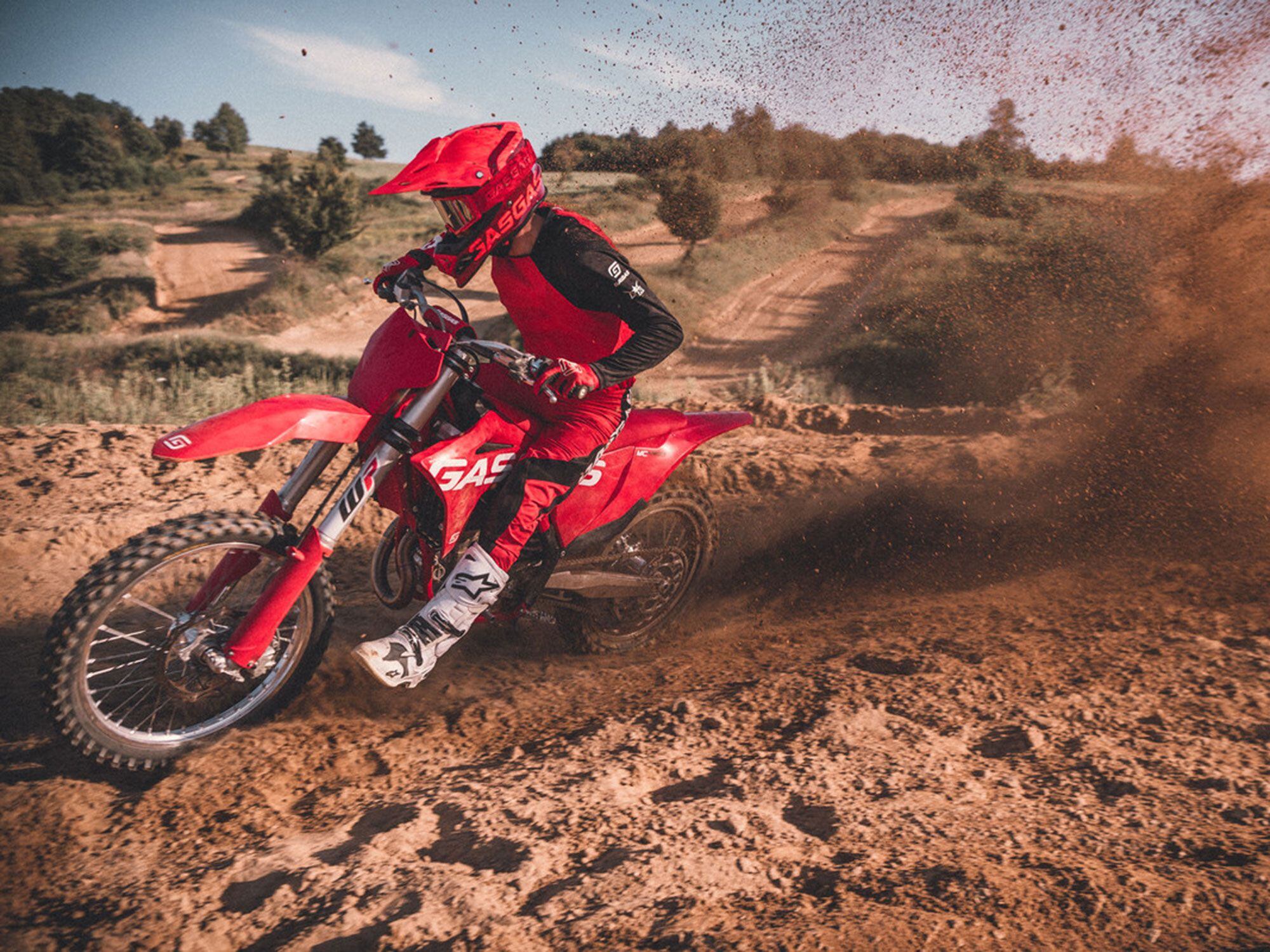
2021 GasGas MC 450F (GasGas/)2021 GasGas MC 450F Claimed Specifications
MSRP: $9,399 Engine: 450cc, SOHC, liquid-cooled, single-cylinder four-stroke Bore x Stroke: 95.0 x 63.4mm Transmission/Final Drive: 5-speed/chain Fuel Delivery: Electronic fuel injection w/ 44mm throttle body Clutch: Wet, multiple disc Engine Management/Ignition: Keihin EMS Frame: Steel central double cradle Front Suspension: 48mm WP Xact fork, air pressure, compression damping, and rebound damping adjustable; 12.2 in. travel Rear Suspension: WP Xact shock, fully adjustable; 11.8 in. travel Front Brake: Brembo 2-piston caliper, 260mm disc Rear Brake: Brembo 1-piston caliper, 220mm disc Wheels, Front/Rear: Spoked wheels Tires, Front/Rear: N/A Rake/Trail: 26.1°/N/A Wheelbase: 58.5 in. Ground Clearance: 14.6 in. Seat Height: 37.4 in. Fuel Capacity: 1.8 gal. Wet Weight: 220 lb. (w/ all fluids except fuel) Contact: gasgas.com -
Hello Magnumforce74,
Welcome to The Motorbike Forum. Please feel free to browse around and get to know the others. If you have any questions please don't hesitate to ask.
Why not tell us a bit about yourself too.

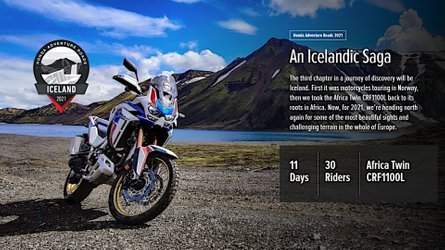
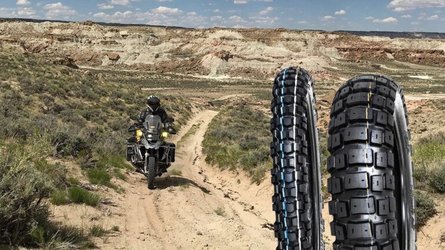
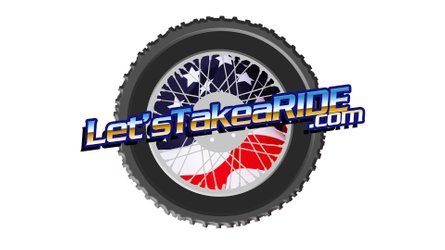
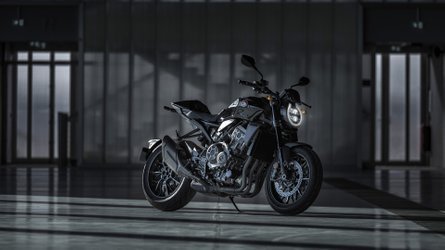
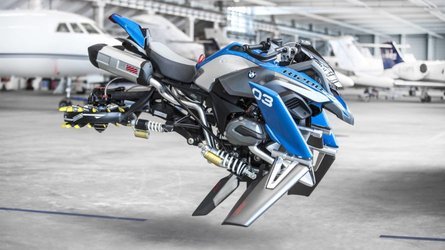
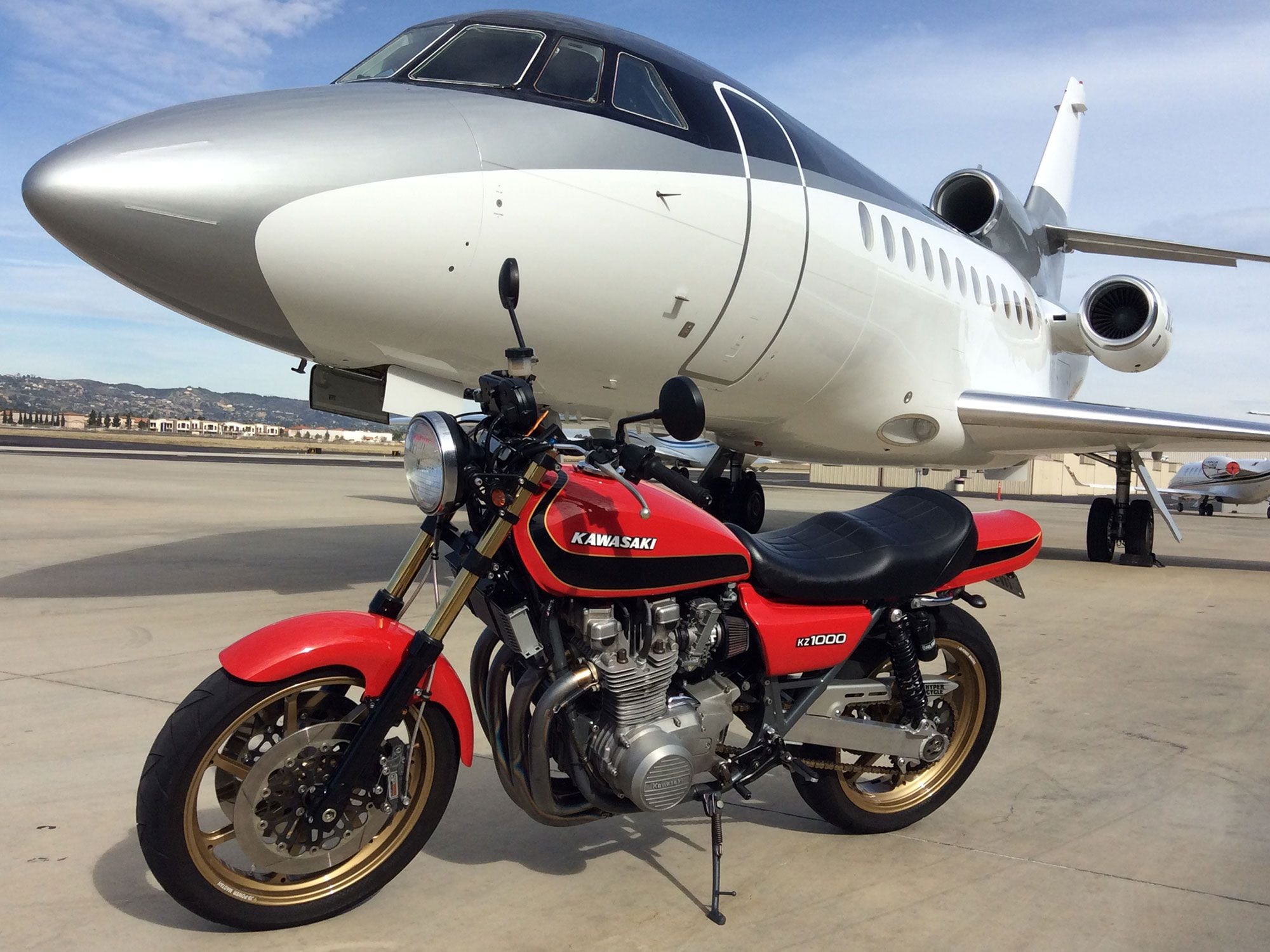
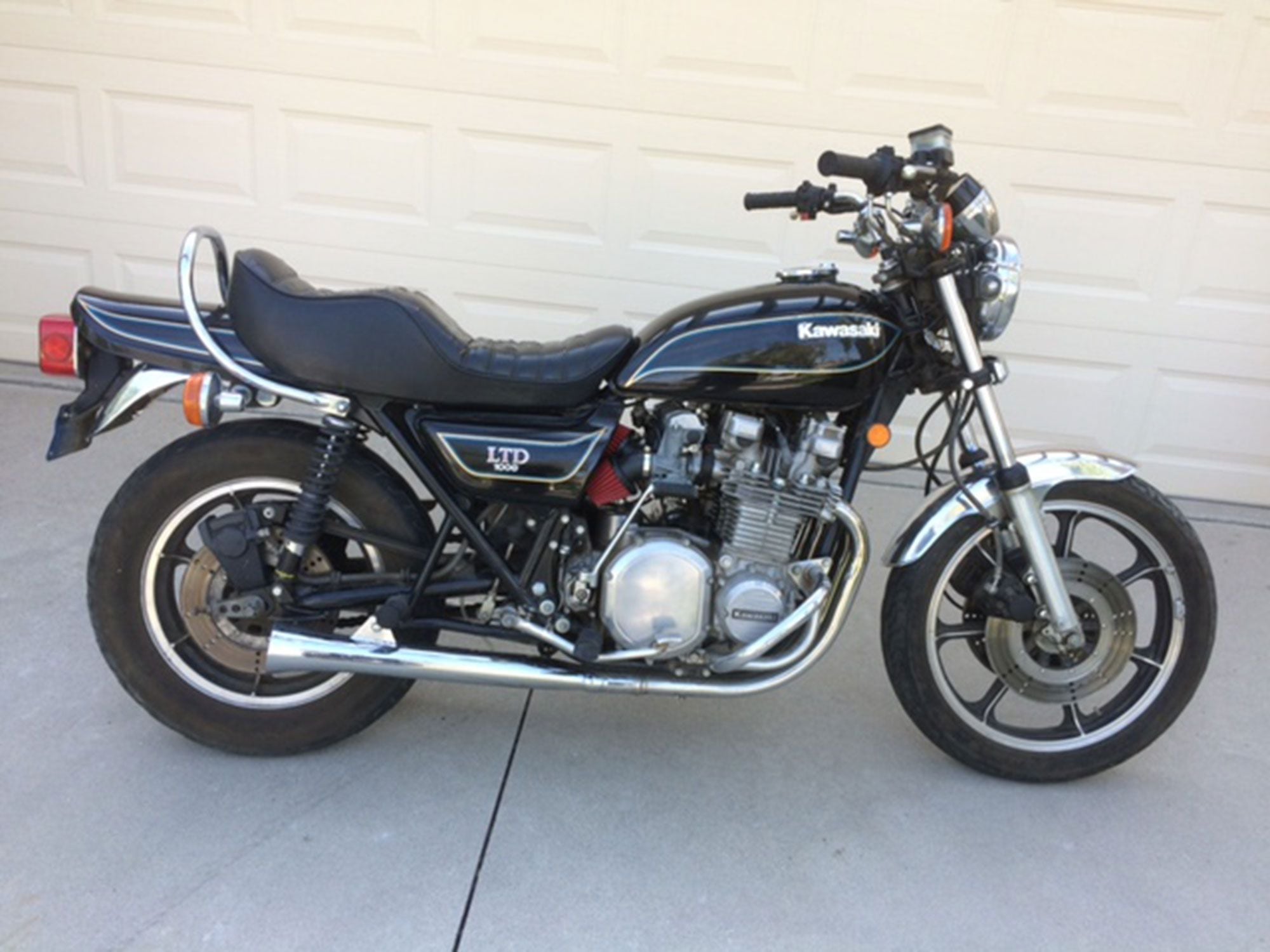
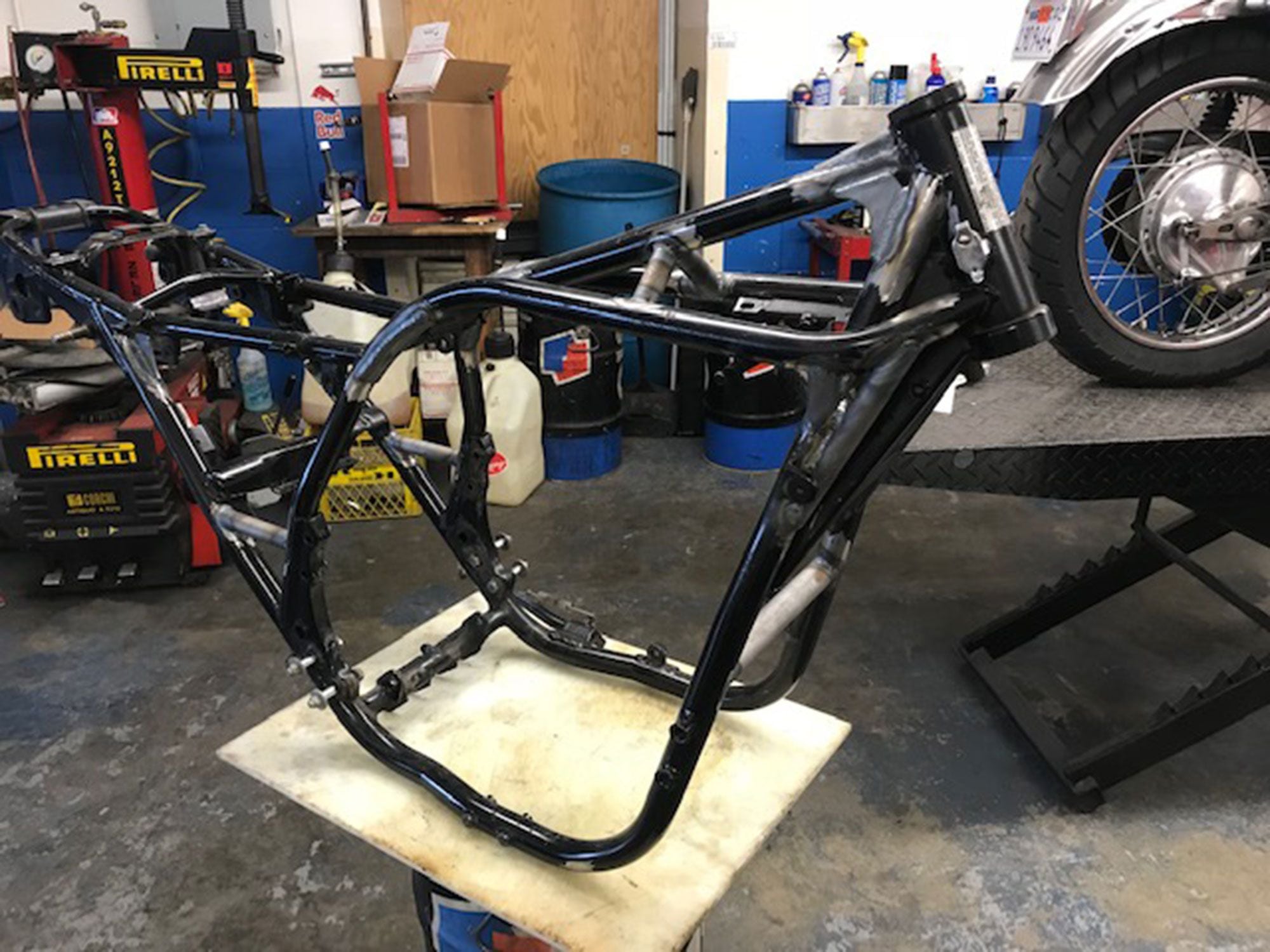
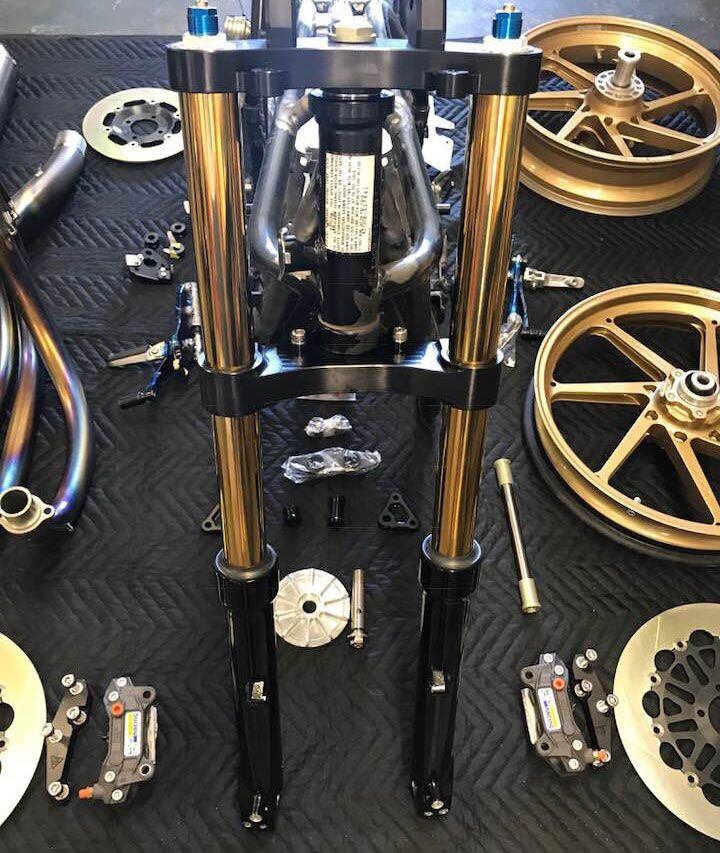
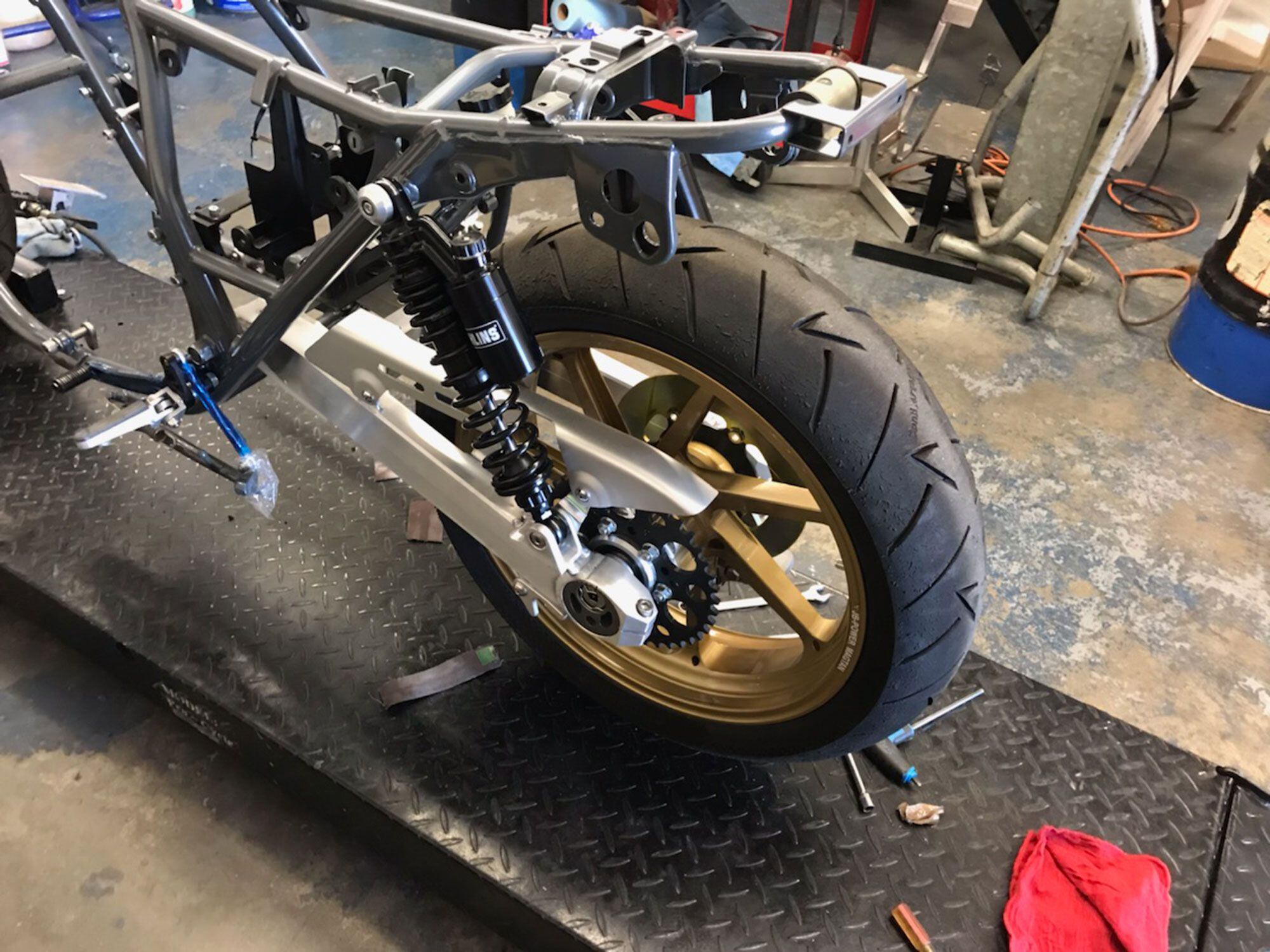
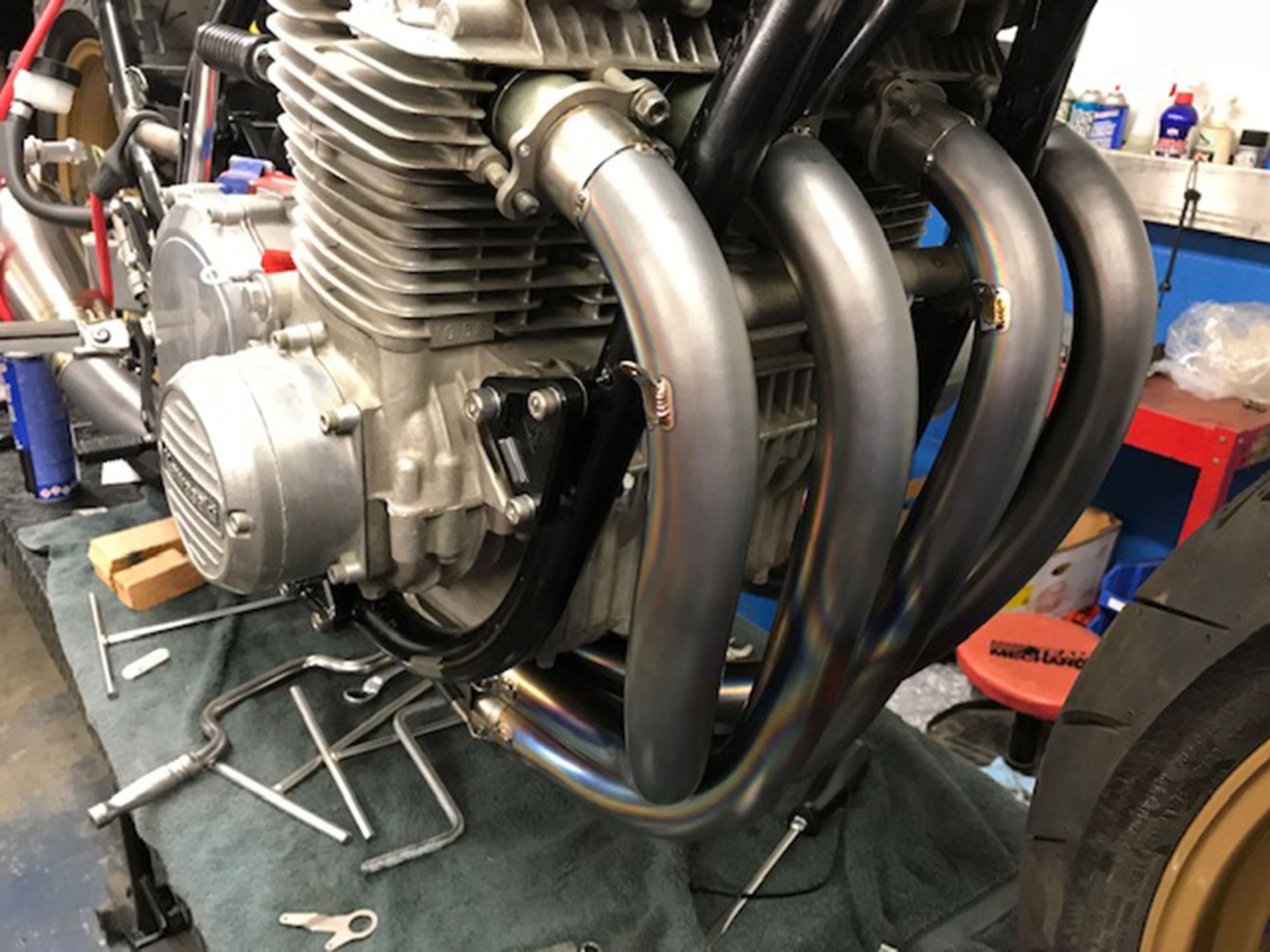
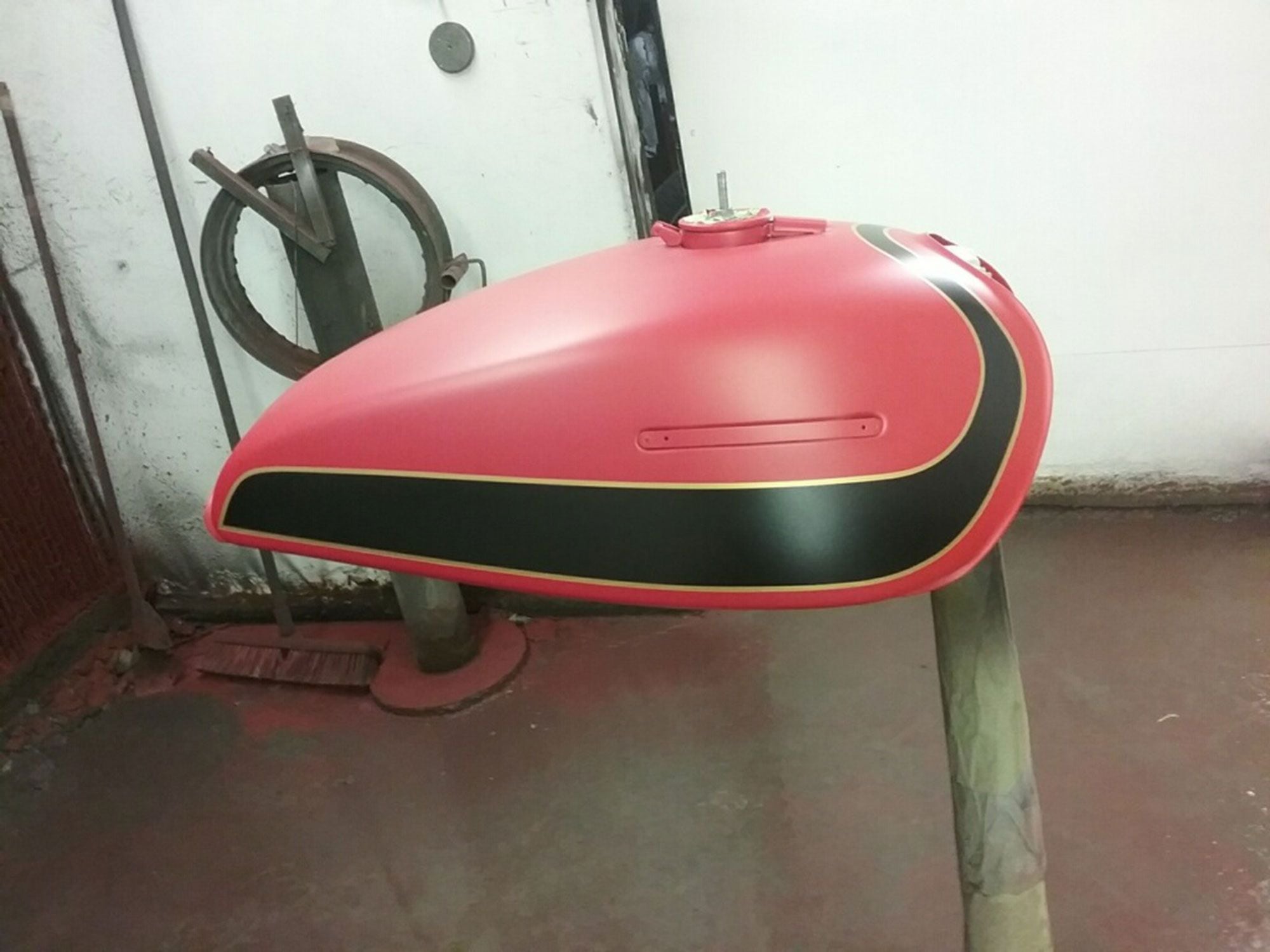
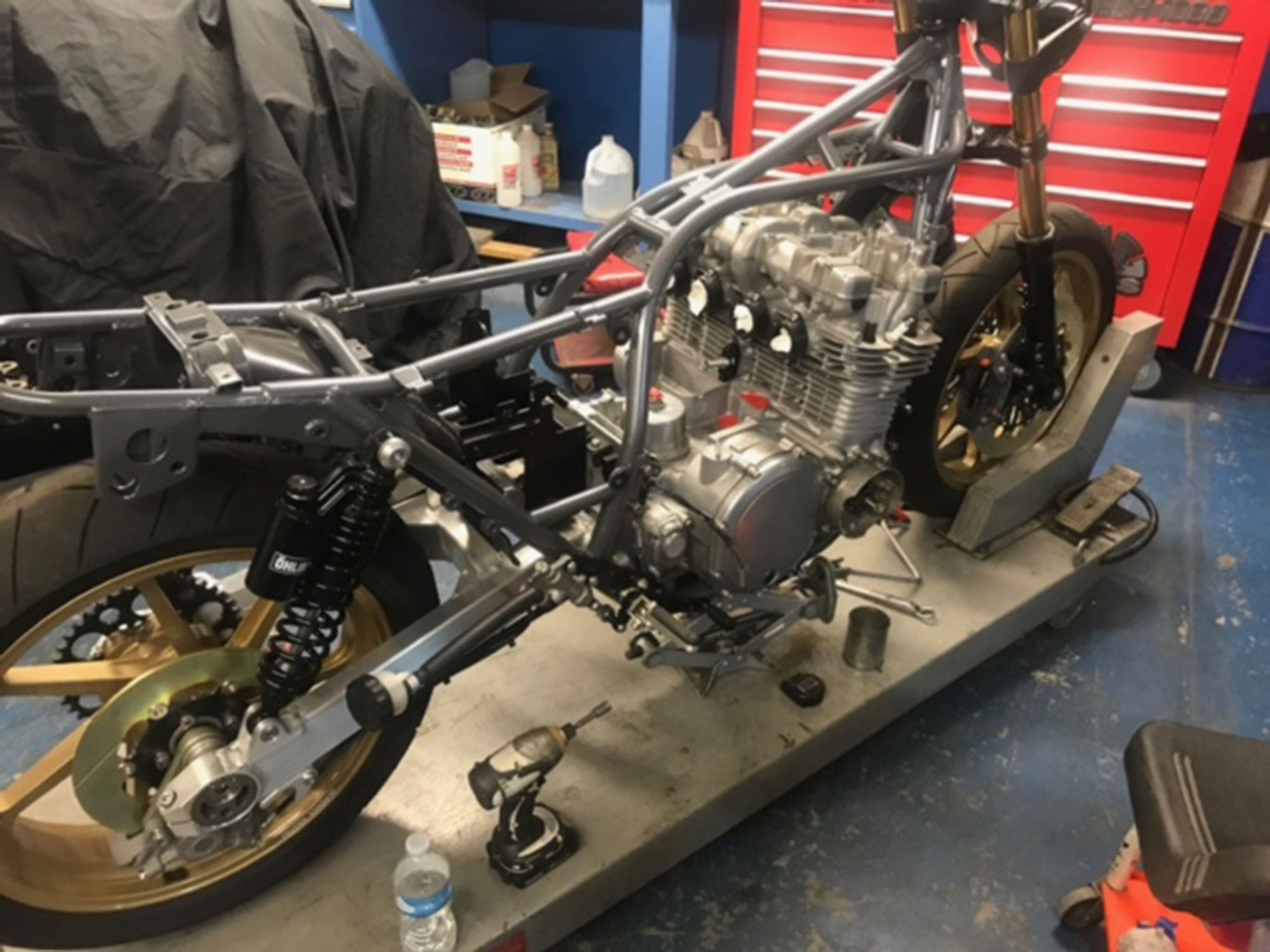
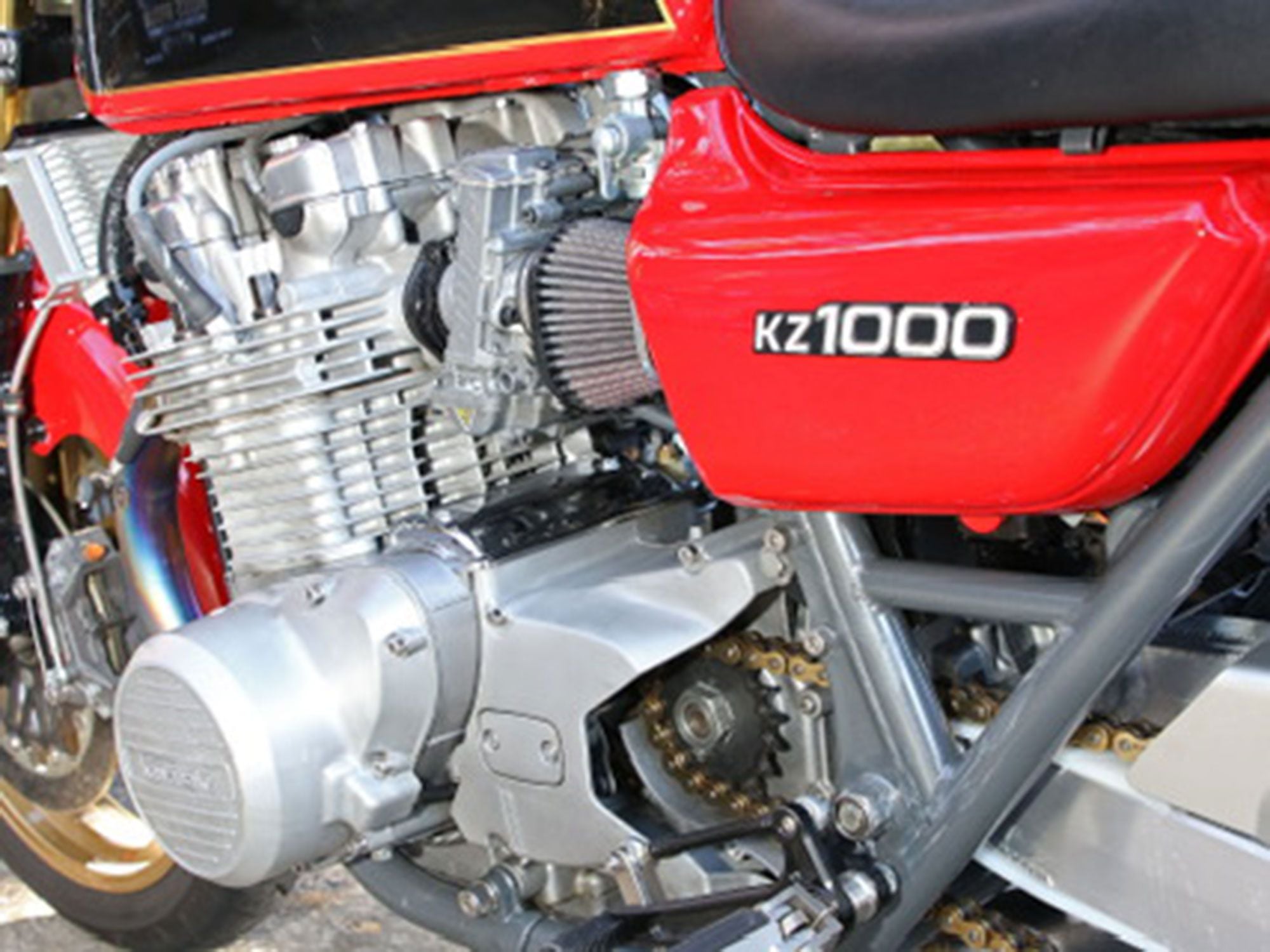

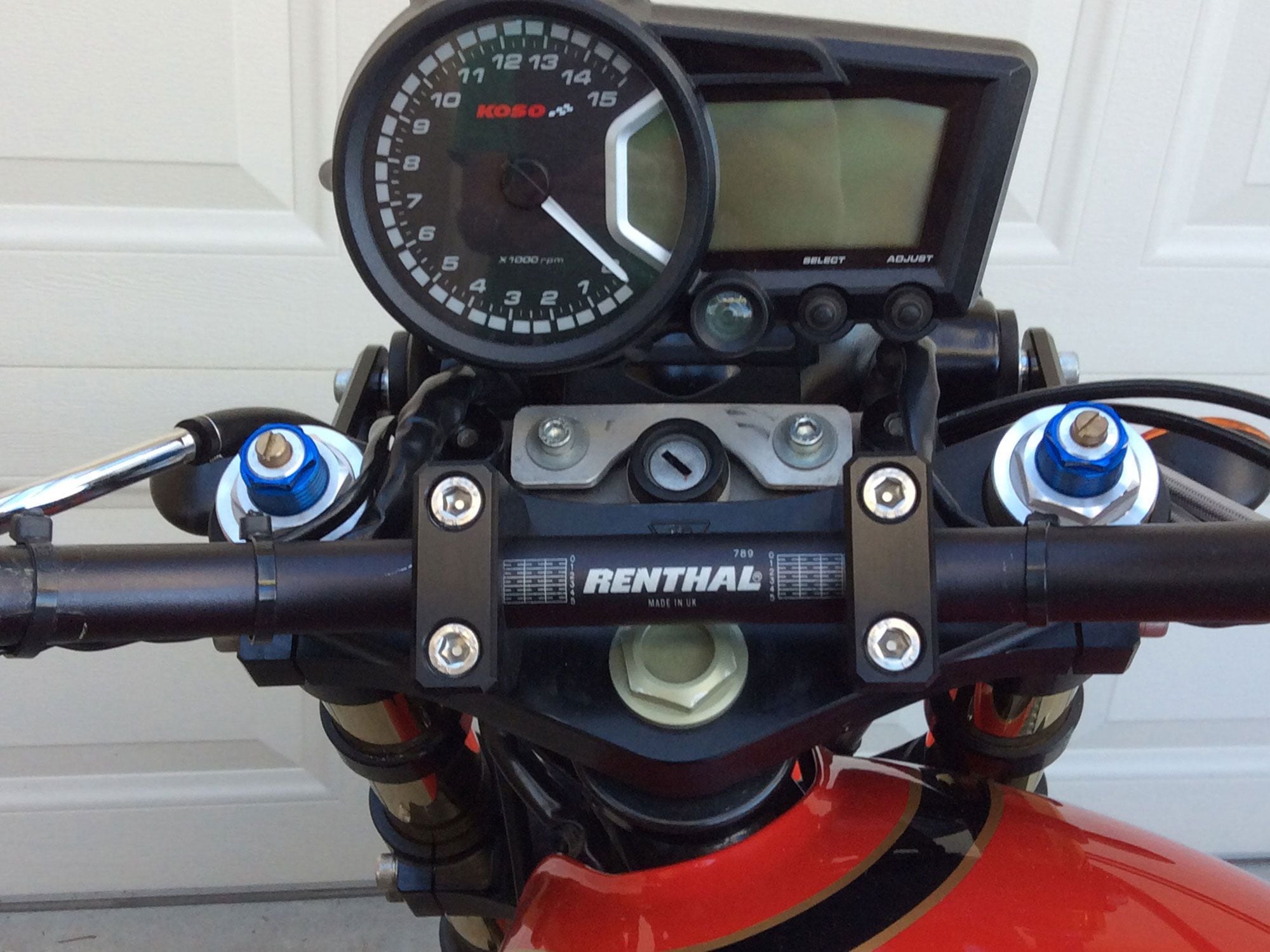
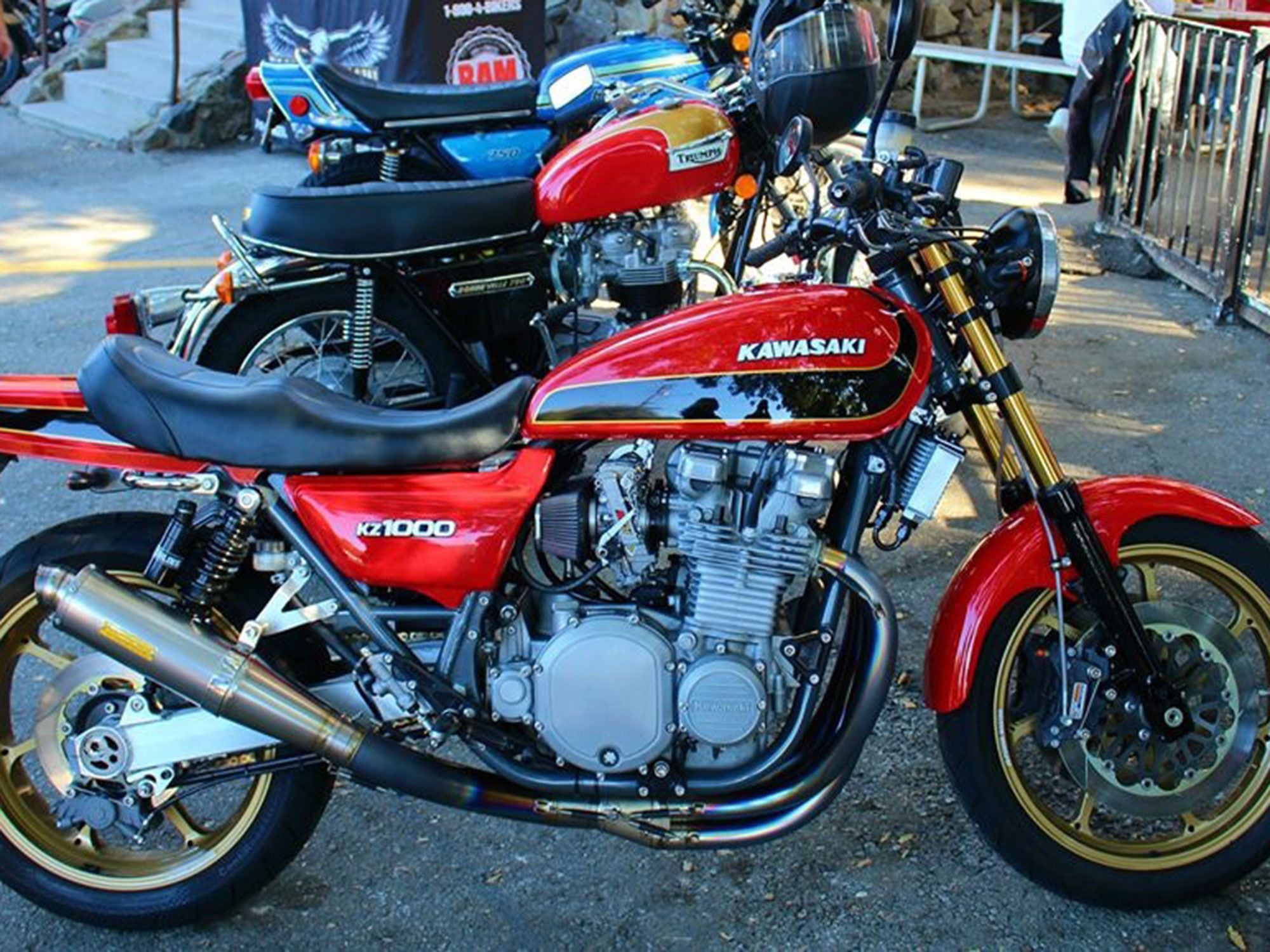
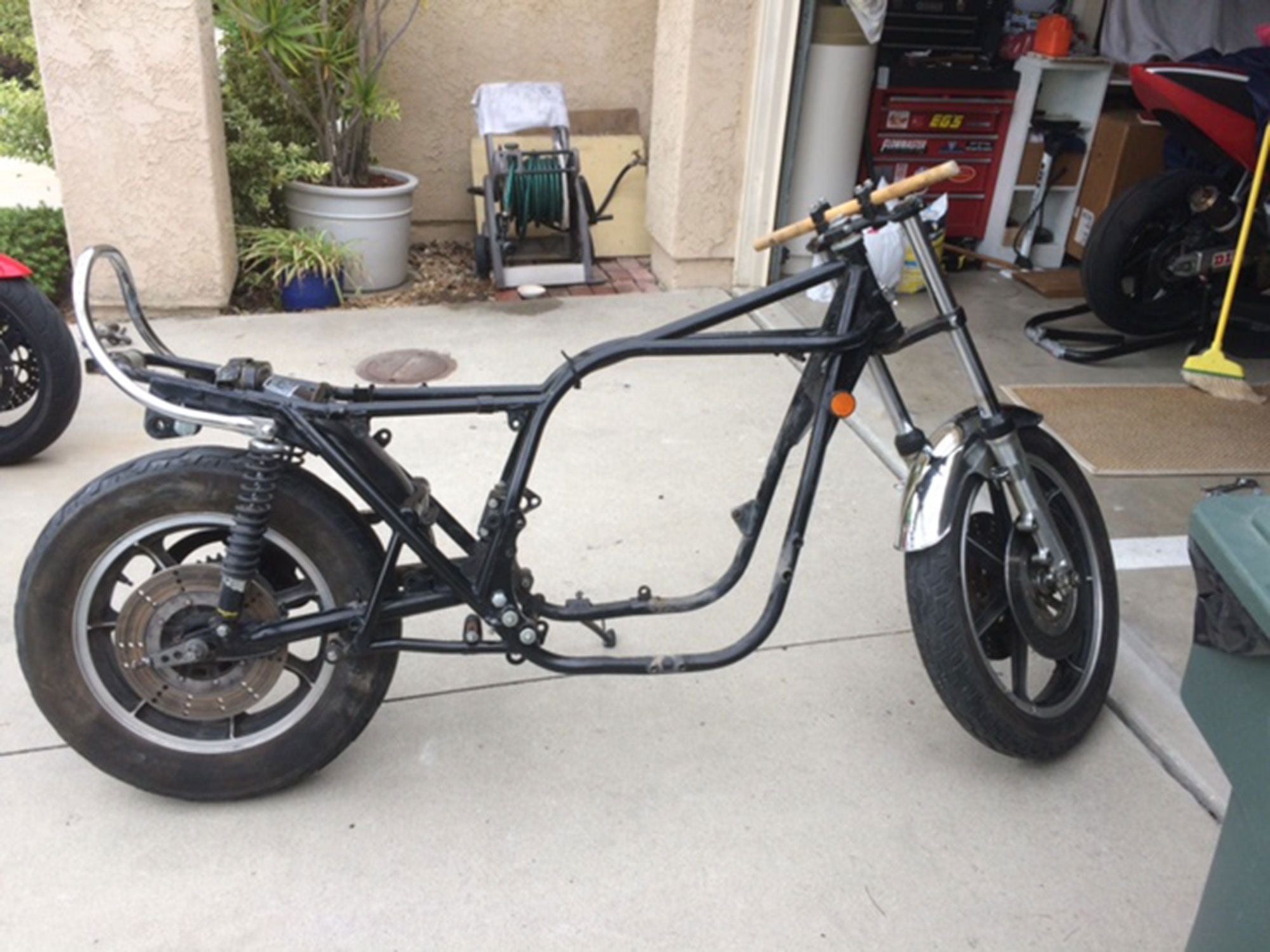
2021 Honda CRF450RL
in Motorbike news
Posted
2021 Honda CRF450R (Honda/)
Ups
Downs
Verdict
Shoppers looking for a versatile dual sport will find the CRF450RL to represent Honda’s dual sport class well with its durability, versatility, nimble, comfortable ride quality, and thoughtful detail.
2021 Honda CRF450RL (Honda /)
Overview
The Honda CRF450RL is a road-legal dirt bike with performance and durability for meeting off-road and street riding needs. The addition of the “R” to the name (previously known as the CRF450L) supports its roots of being heavily based on the competition-spec CRF450R platform.
Updates for 2021
The main updates that Honda highlights is the name change to the CRF450RL, from the outgoing CRF450L of 2020. Additionally, the ECU is remapped, there are restyled graphics, hand guards now come standard, and the MSRP decreases by $400.
Pricing and Variants
The price drops to $9,999 ($400 dip from last year’s CRF450L).
Powertrain: Engine, Transmission, and Performance
The new CRF450RL is powered by Honda’s legendary 449cc Unicam single-cylinder engine. In Motorcyclist’s Adam Waheed’s MC Commute, he relayed that it produces around 38 hp, which is significantly less than the R model (around 55 hp), but it is detuned for reliability and durability. With its six-speed transmission and communicative cable-actuated clutch, it works really well. He also said that because of its 450R roots the engine is a little cold-blooded, but thanks to the reflashed ECU the engine runs cleanly and provides a smoother bottom-end performance. Engine vibration, however, is felt from every control point, especially at 90 mph speeds.
2021 Honda CRF450RL (Honda /)
Handling
This bike is extremely nimble with its claimed 291 pounds, though it is 47 pounds heavier than the motocross version. This weight difference is because Honda had to revise components to meet street-legal requirements and incorporated thoughtful noise reductions on the engine, swingarm, and drive sprocket.
Suspension travel is 12 inches (front)/11.8 inches (rear) and provides, what Waheed stated, as a “very pleasing ride quality over the bumps.”
The 21-/18-inch IRC tires provide good grip on both street and dirt, but if the rider prefers one application over the other, more street- or dirt-biased tires are easily available.
Although our test rider did not get a chance to ride it in the traditional dual sport sense of going from street to dirt road, he did ride it on a G-rated arenacross track where the CRF450RL proved to be very capable and it will bring that capability to the dirt roads/trails with minor tweaks to tires and suspension.
2021 Honda CRF450RL (Honda /)
Brakes
The braking package includes a single 260mm disc/two-piston caliper (front) and 240mm disc/single-piston caliper (rear) configuration. The front and rear brake’s responsiveness is well liked by test rider Waheed, and braking performance for the street is just fine.
Fuel Economy and Real-world MPG
During Waheed’s commute, he reported that he averaged around 30 mpg if riding near its 90 mph top speed, but the average would be higher if ridden at city speeds.
Ergonomics: Comfort and Utility
The ergonomics are like, you guessed it, a dirt bike. The seat is at a tall 37.2 inches and is skinny between the legs. Waheed pointed out that the shrouds are nicely wide for gripping with the rider’s knees in both seated and standing riding positions. The position-adjustable Renthal handlebar has an upright bend keeping the rider sitting tall and comfortable.
Its decently sized serrated footpegs are also appreciated by Waheed as it provides good boot-to-peg grip.
Electronics
The instrumentation is a simple, yet effective LCD display with dual tripmeters, gas mileage, clock, speedometer, and odometer. The LED headlight supplies a nice spread of light for night riding; the taillight and turn signals are also LED.
2021 Honda CRF450RL (Honda /)
Warranty and Maintenance Coverage
From a street rider’s point of view the maintenance intervals for this machine are very short—oil will have to be changed every 600 miles (or 30 hours of use). Warranty is a one-year unlimited mileage warranty with the option to extend with the HondaCare Protection Plan.
Quality
With Honda’s legendary craftsmanship and attention to ride quality, this slightly revised dual sport makes for an enjoyable ride for both on and off-road applications. A $400 price decrease is always welcome as well.
2021 Honda CRF450RL (Honda /)
2021 Honda CRF450RL Claimed Specifications
View the full article